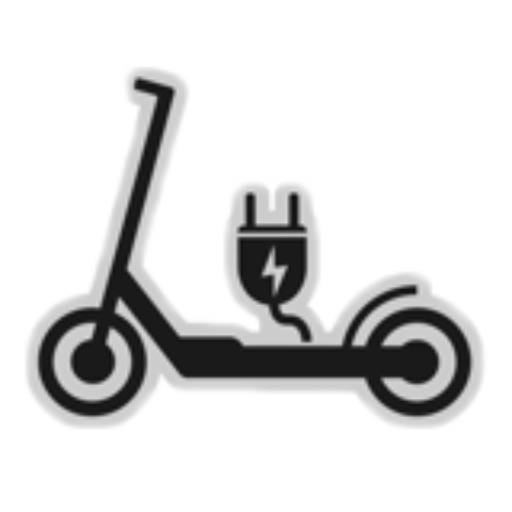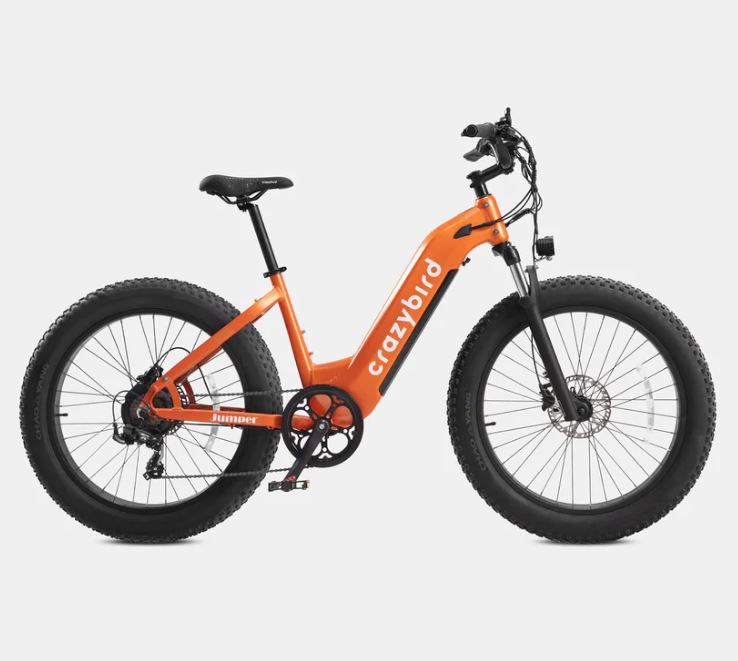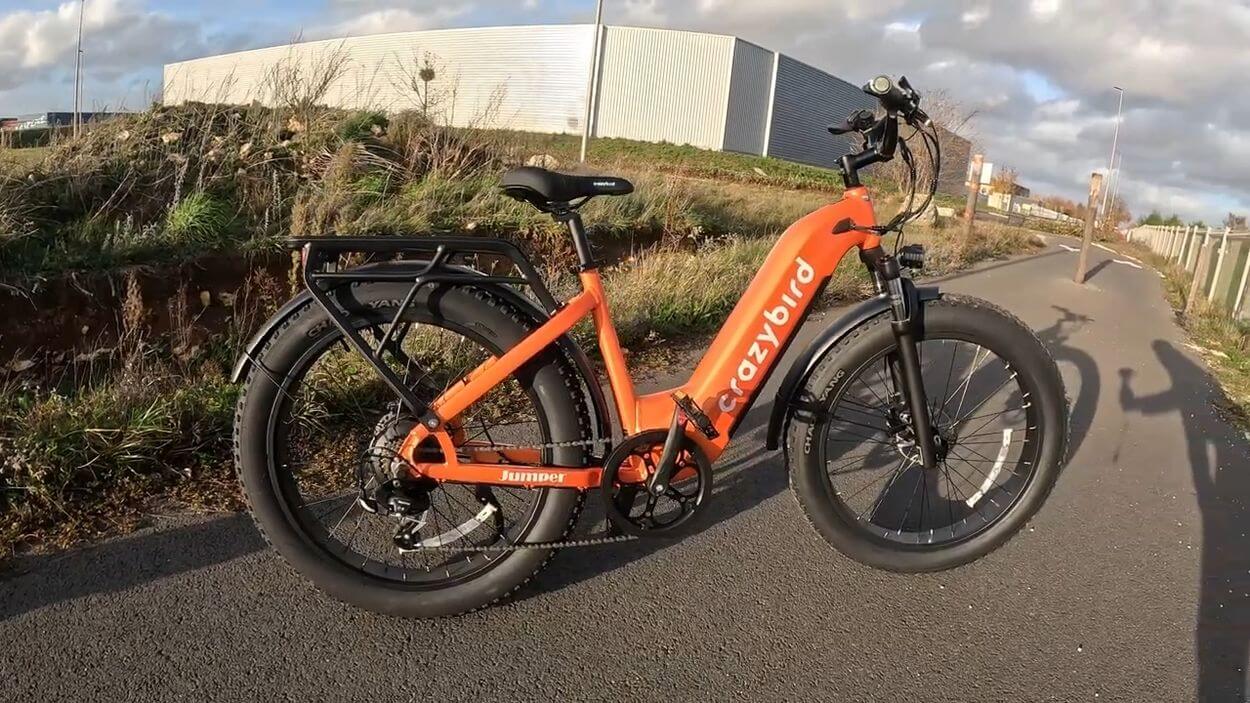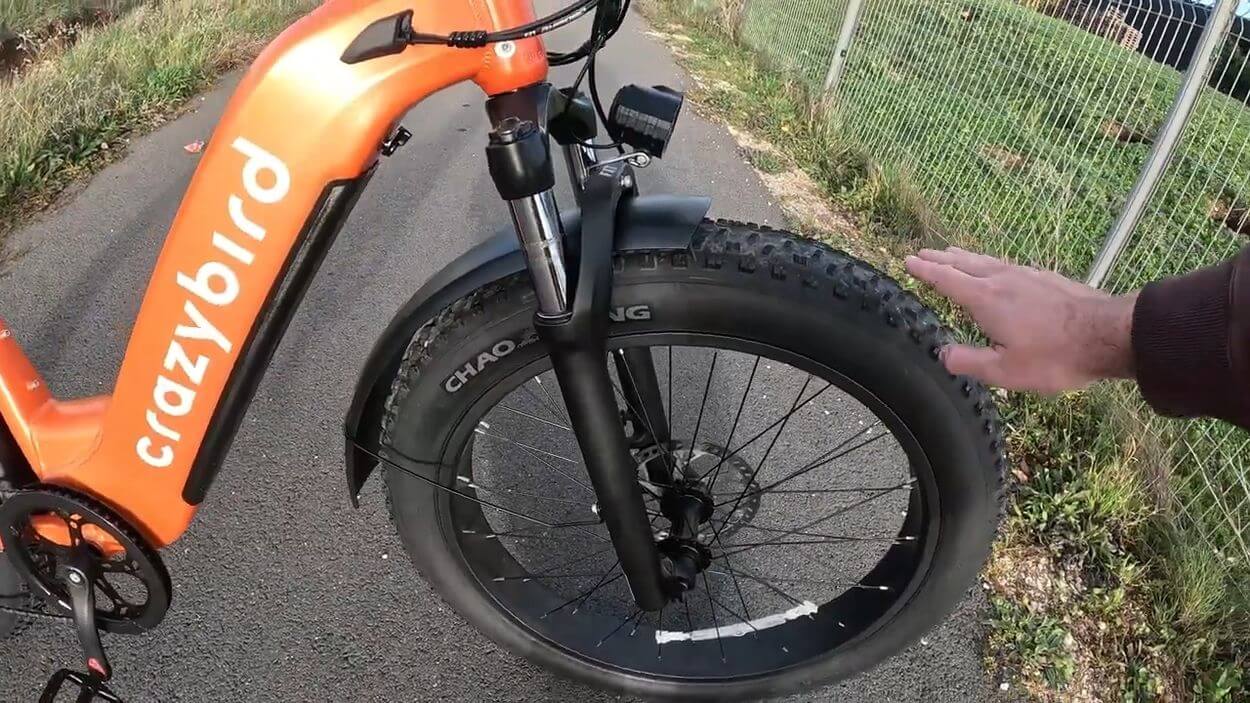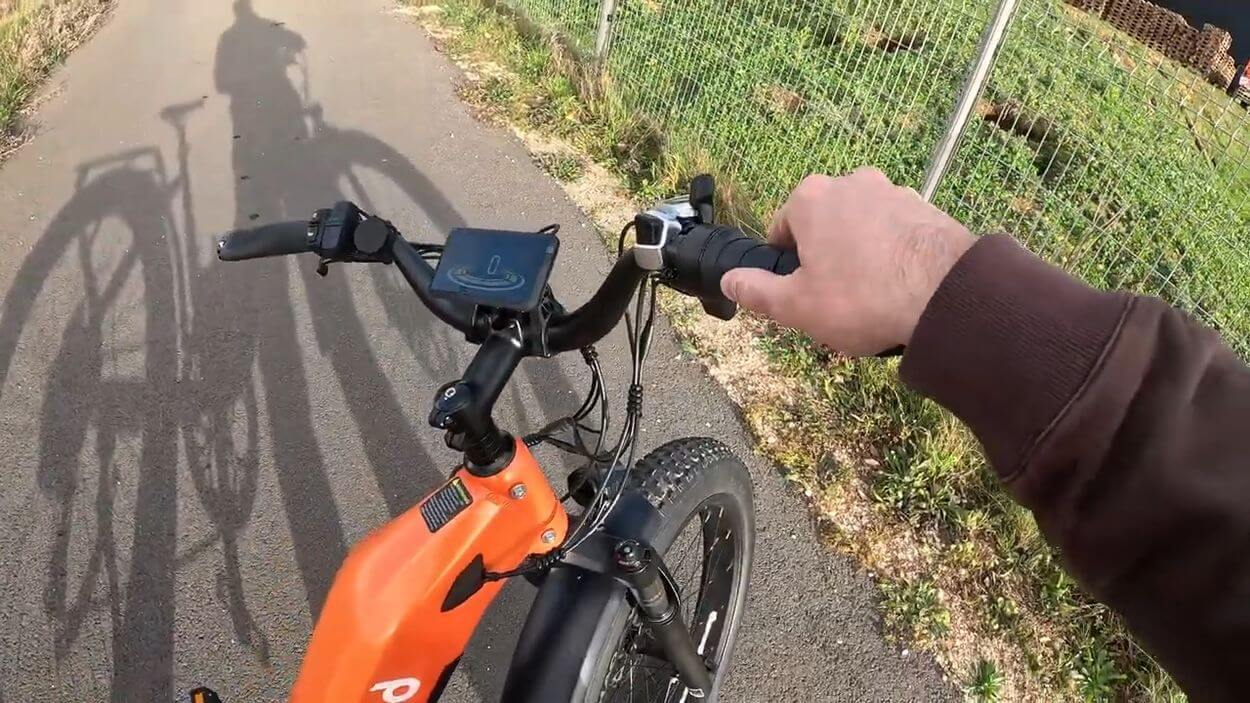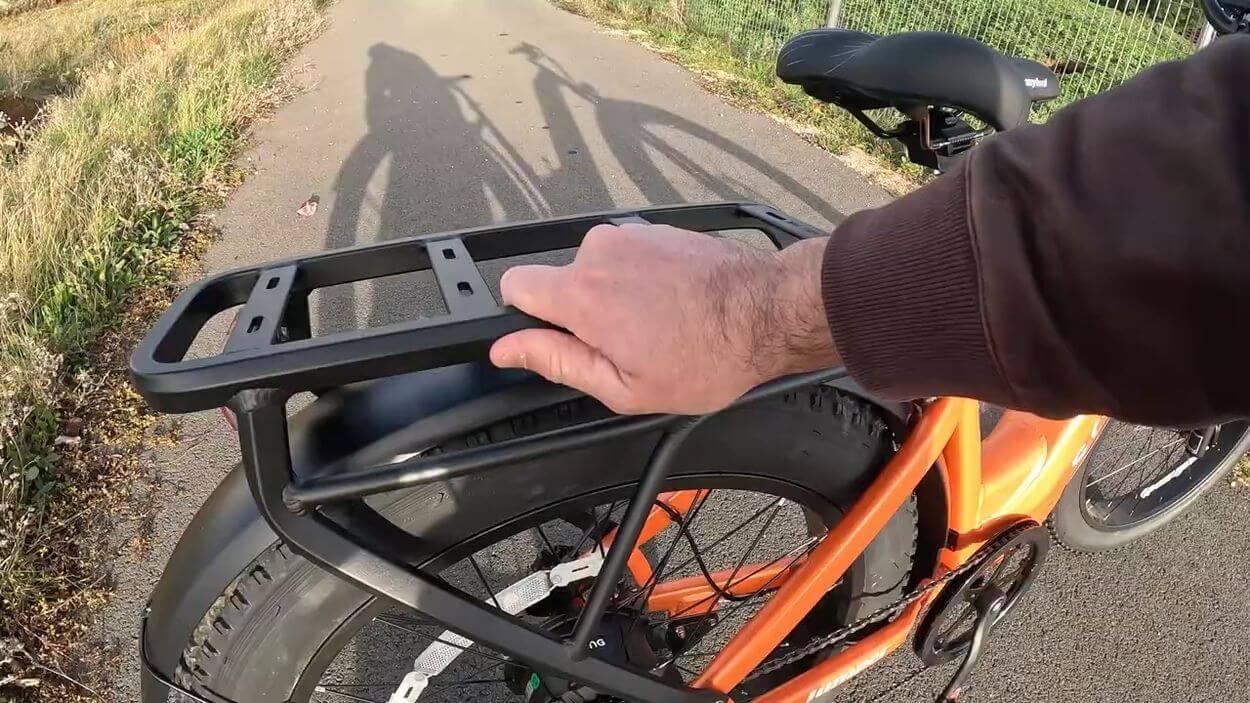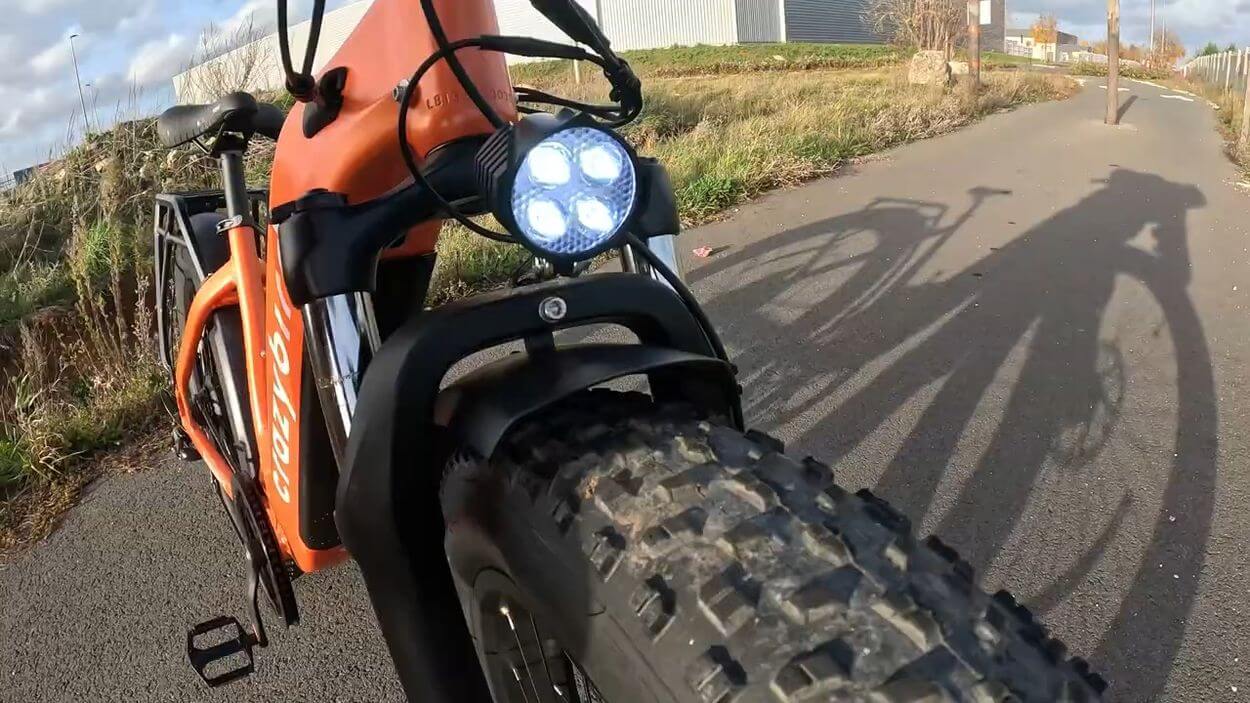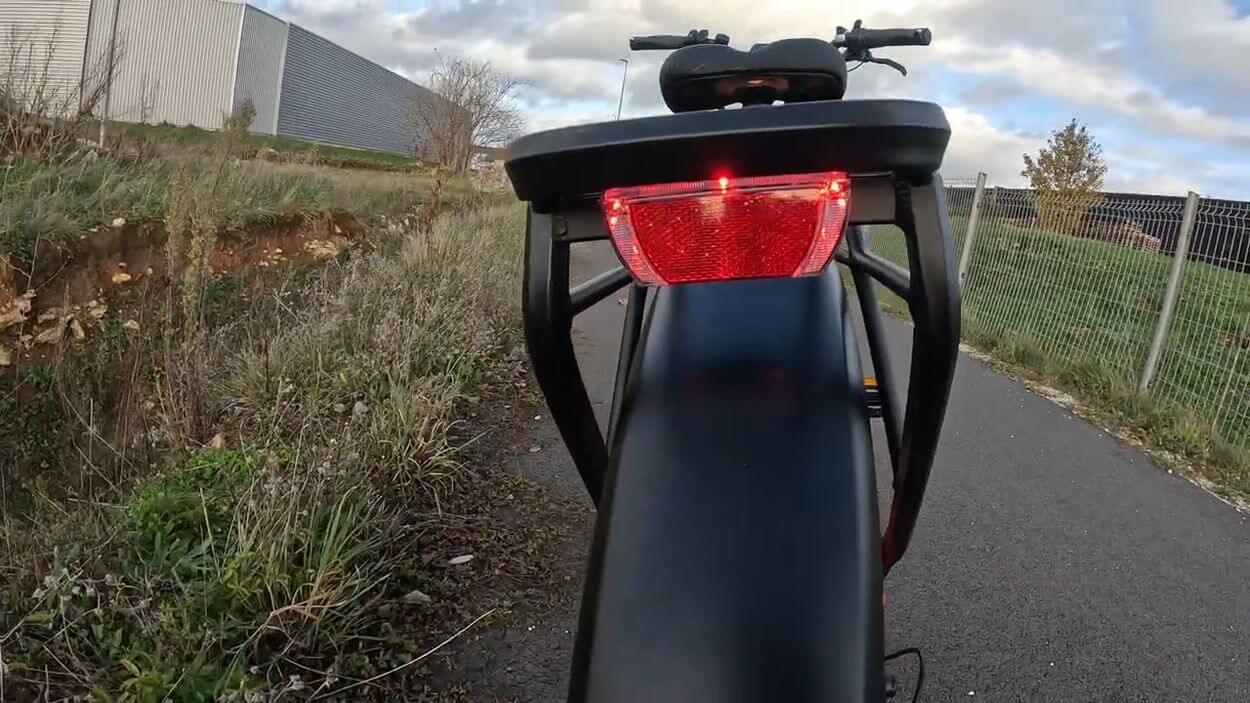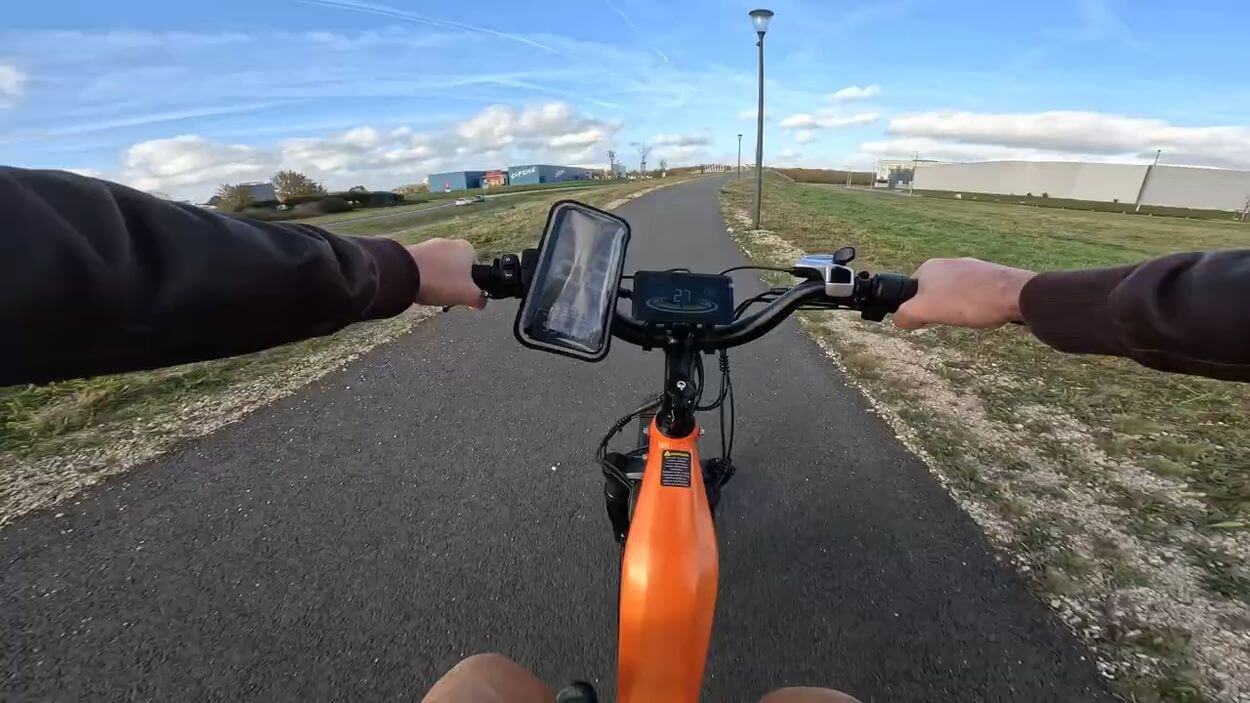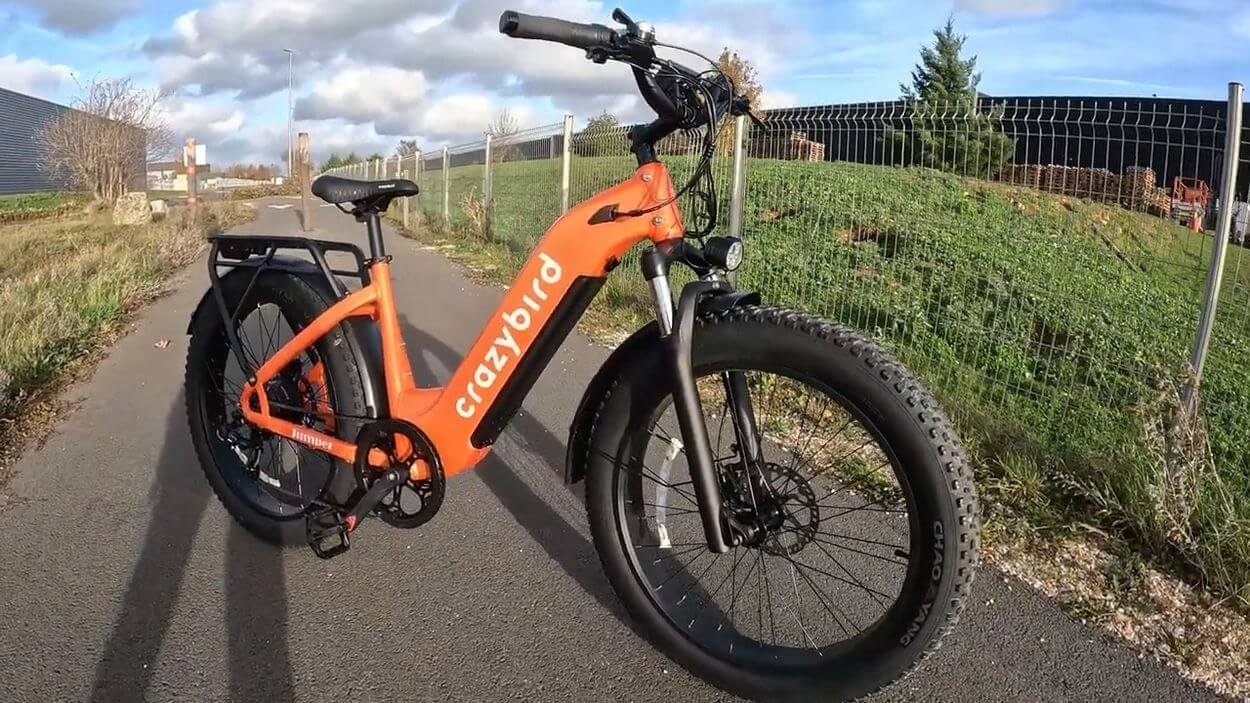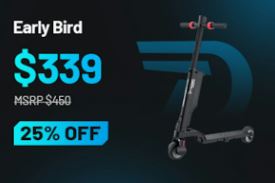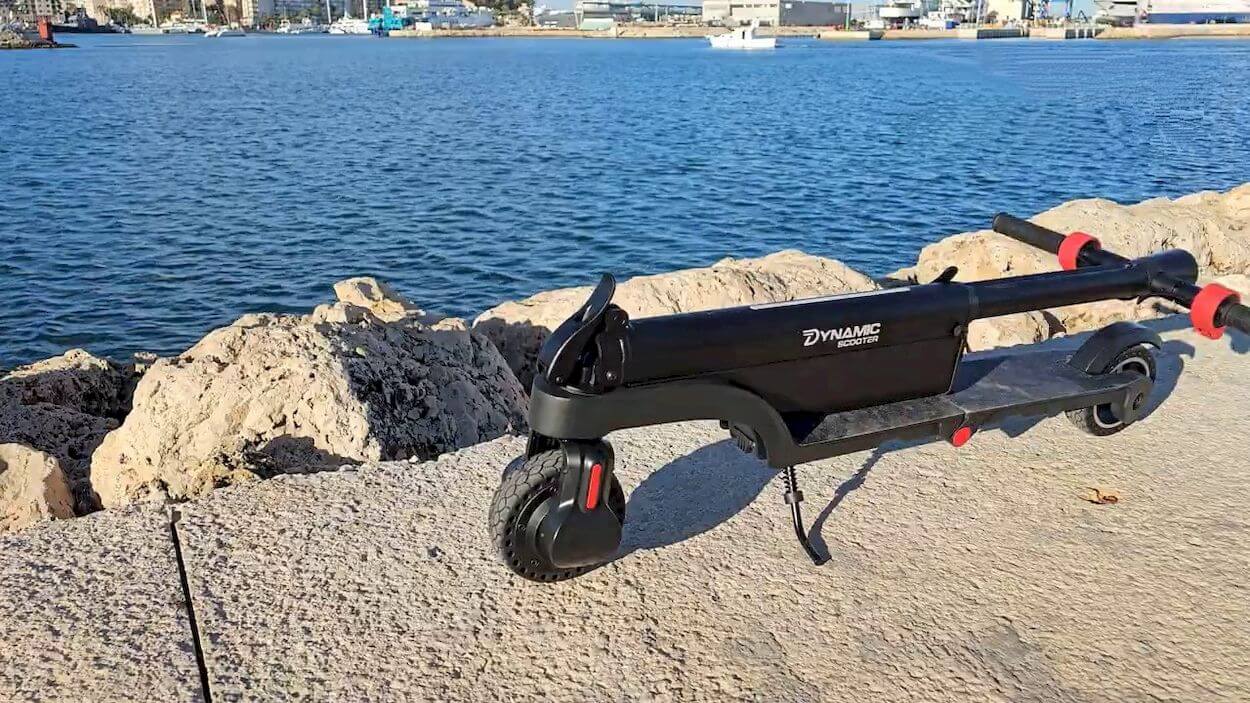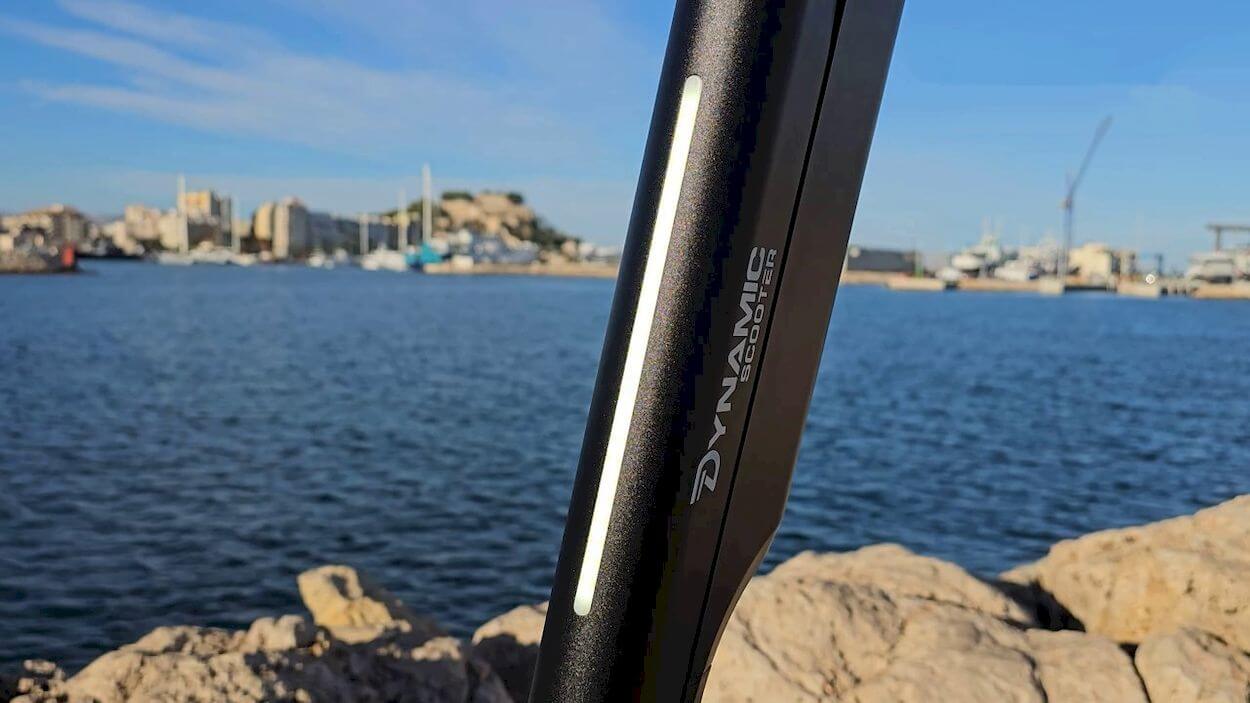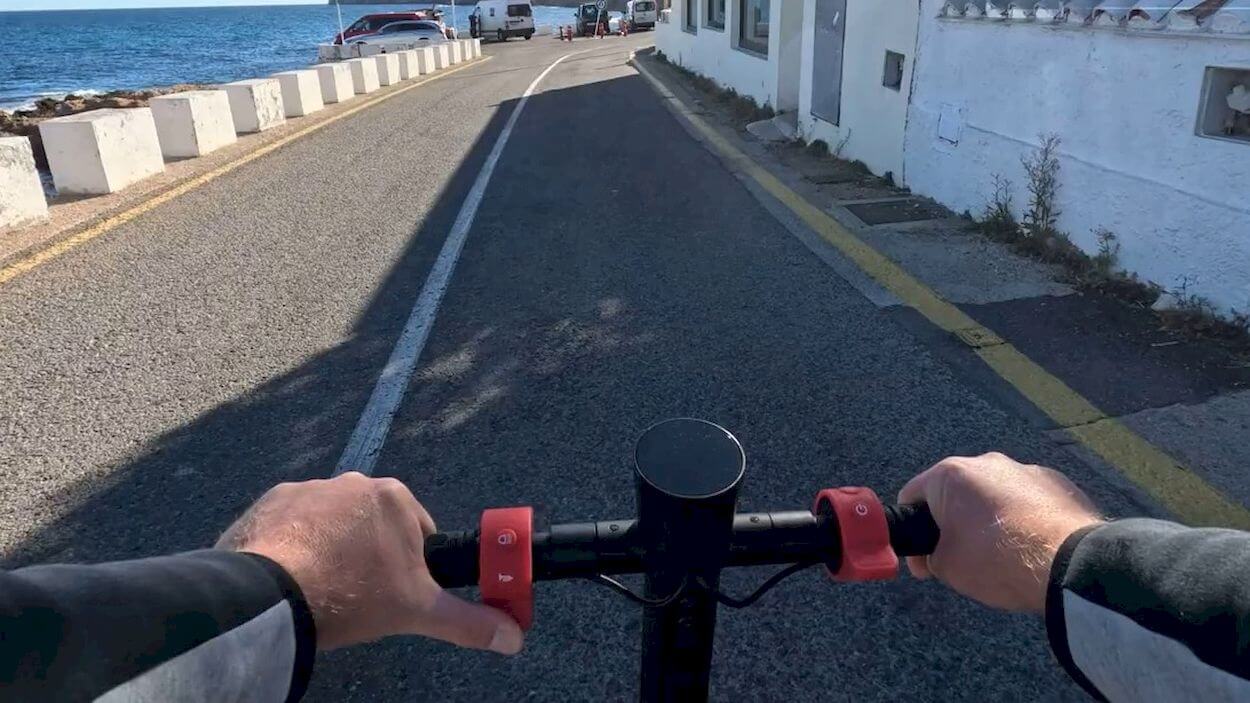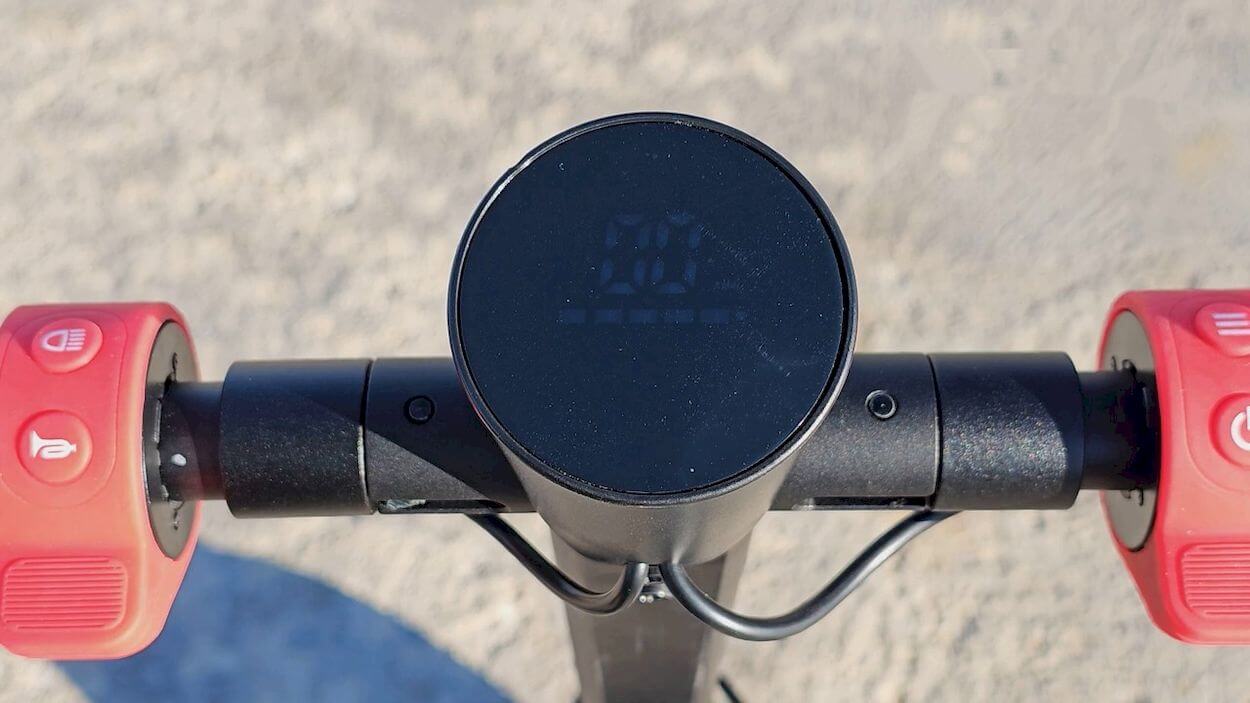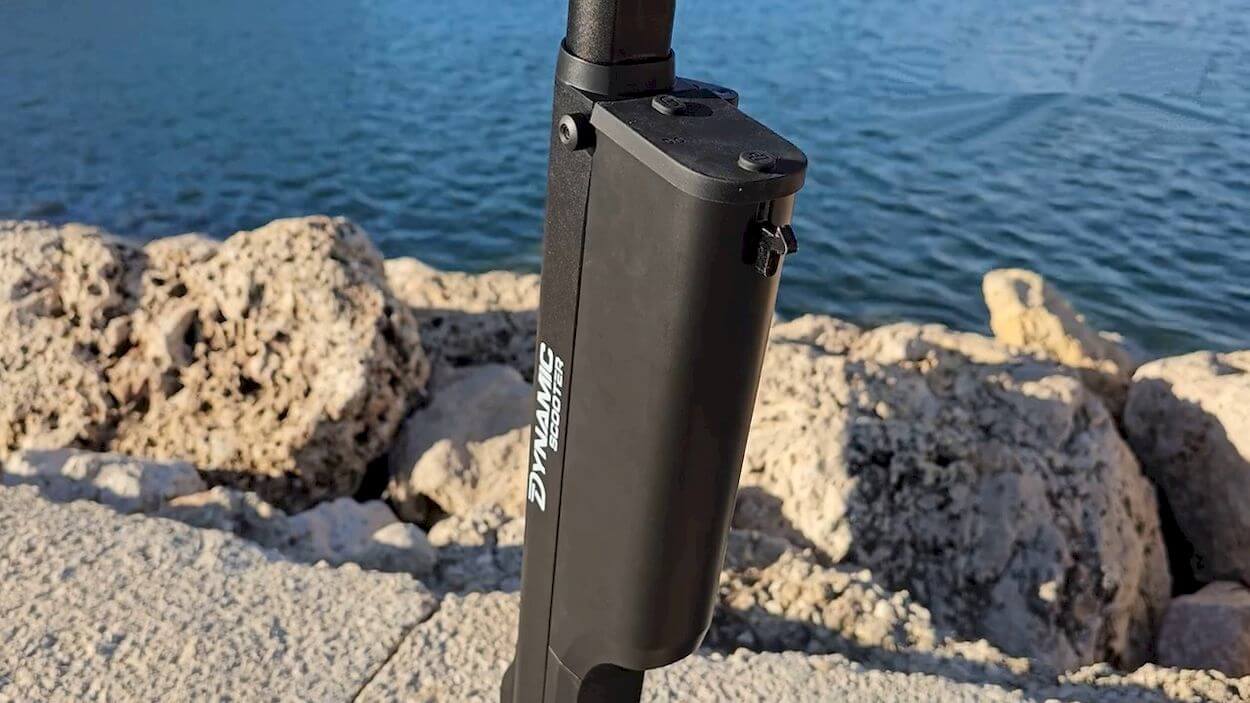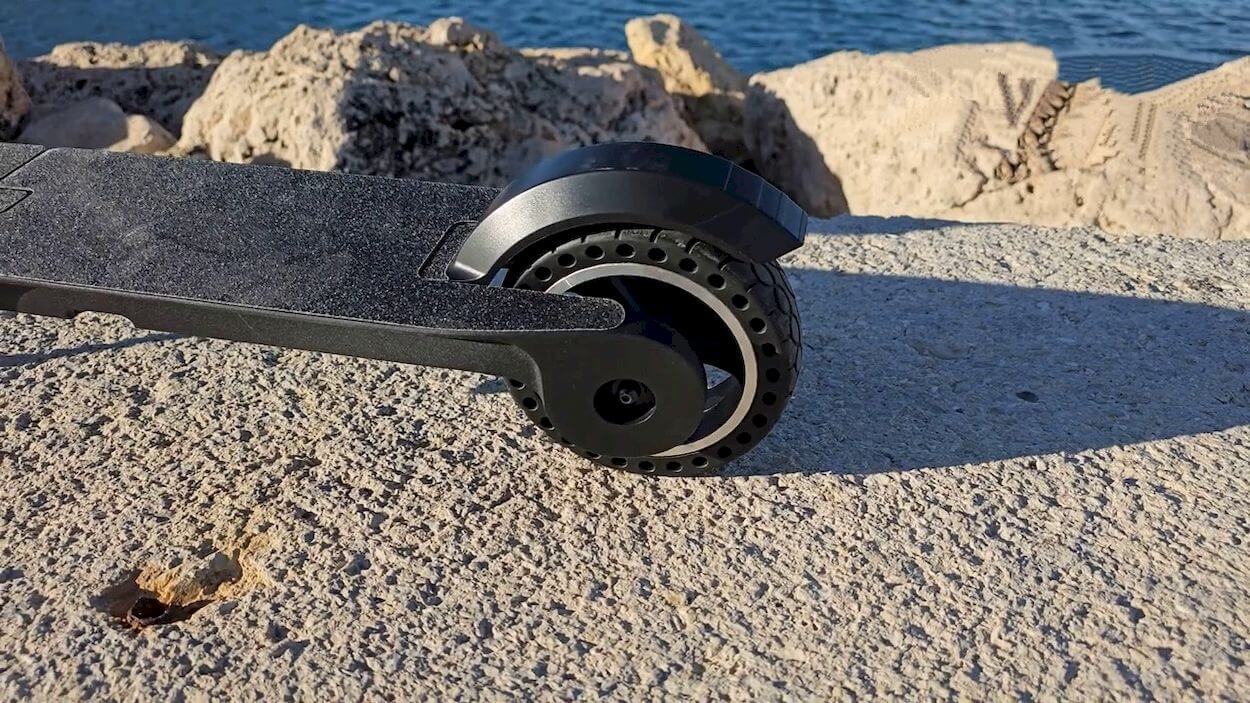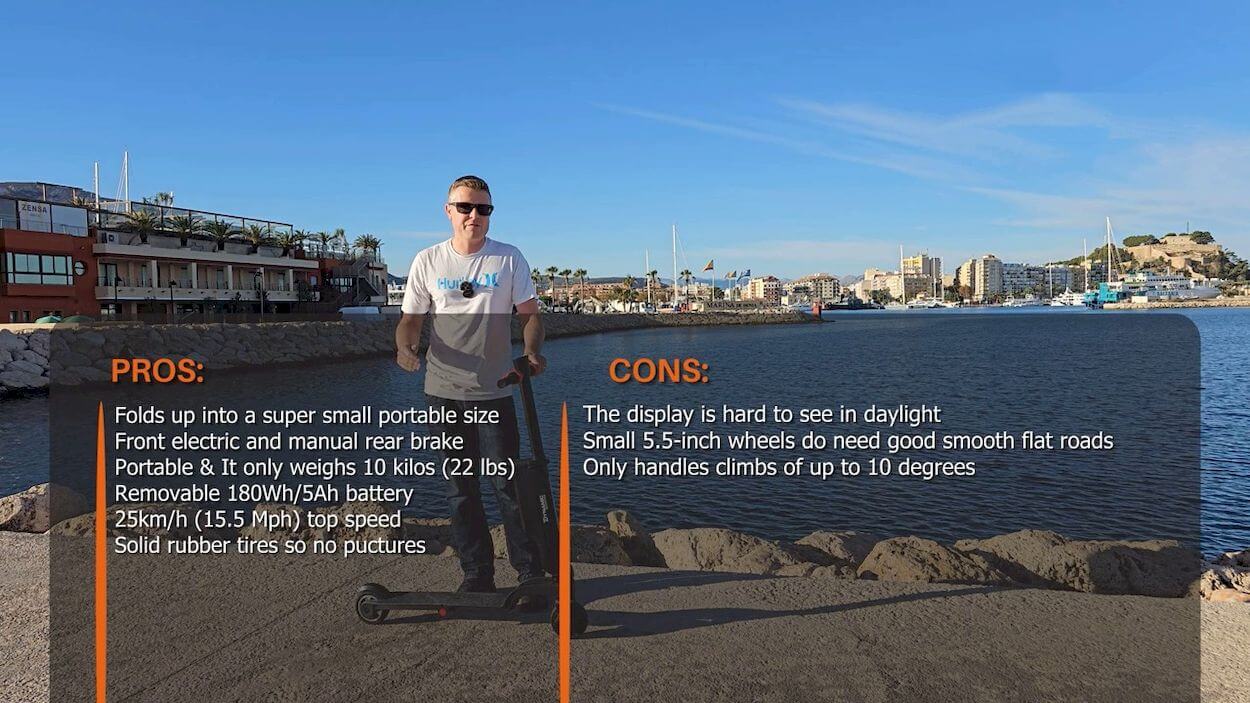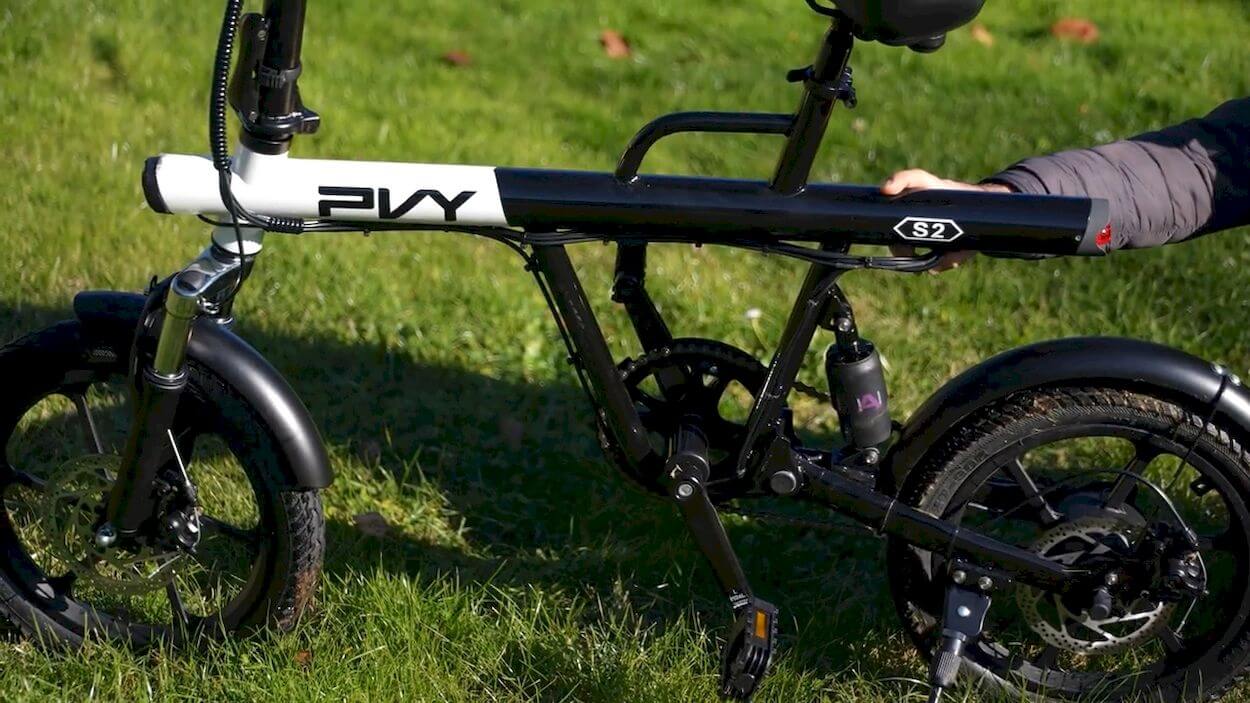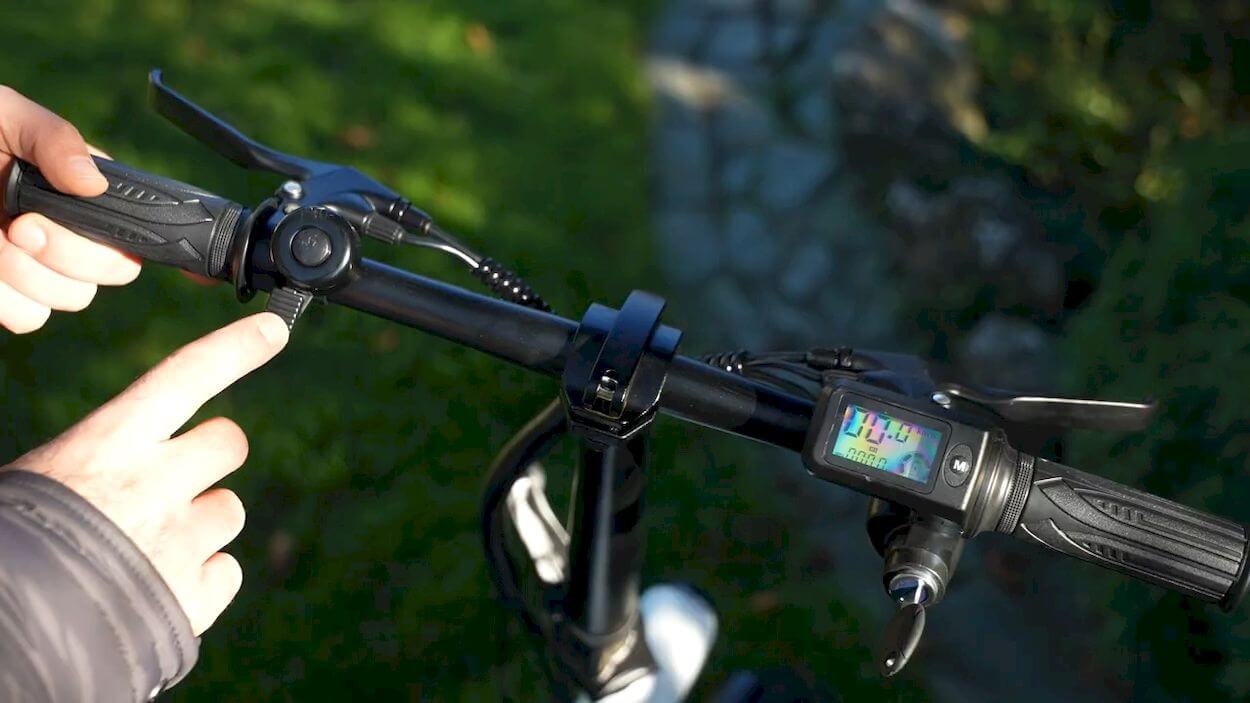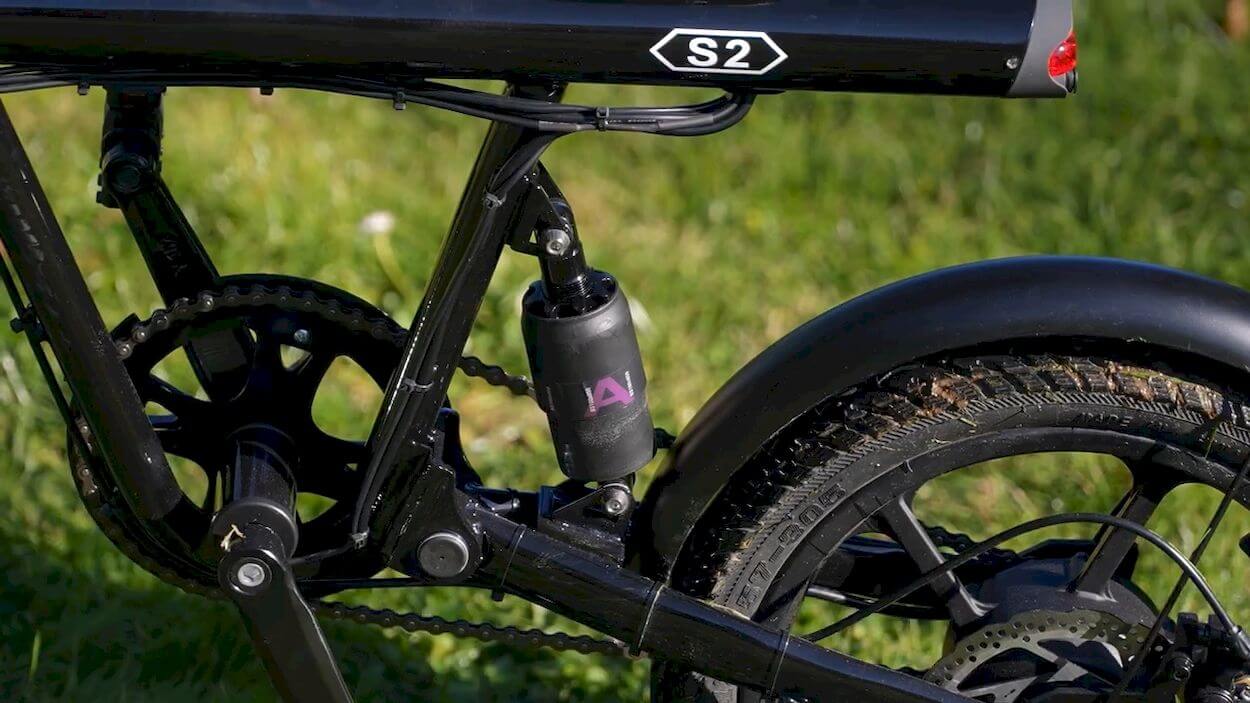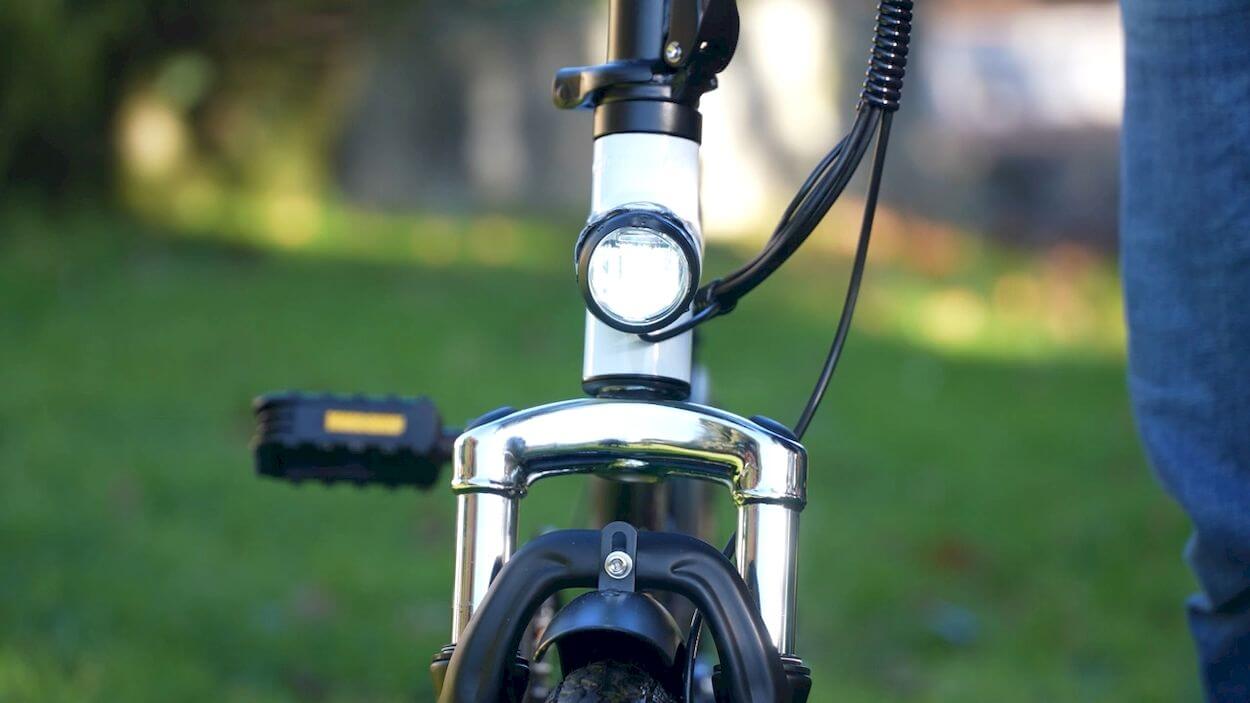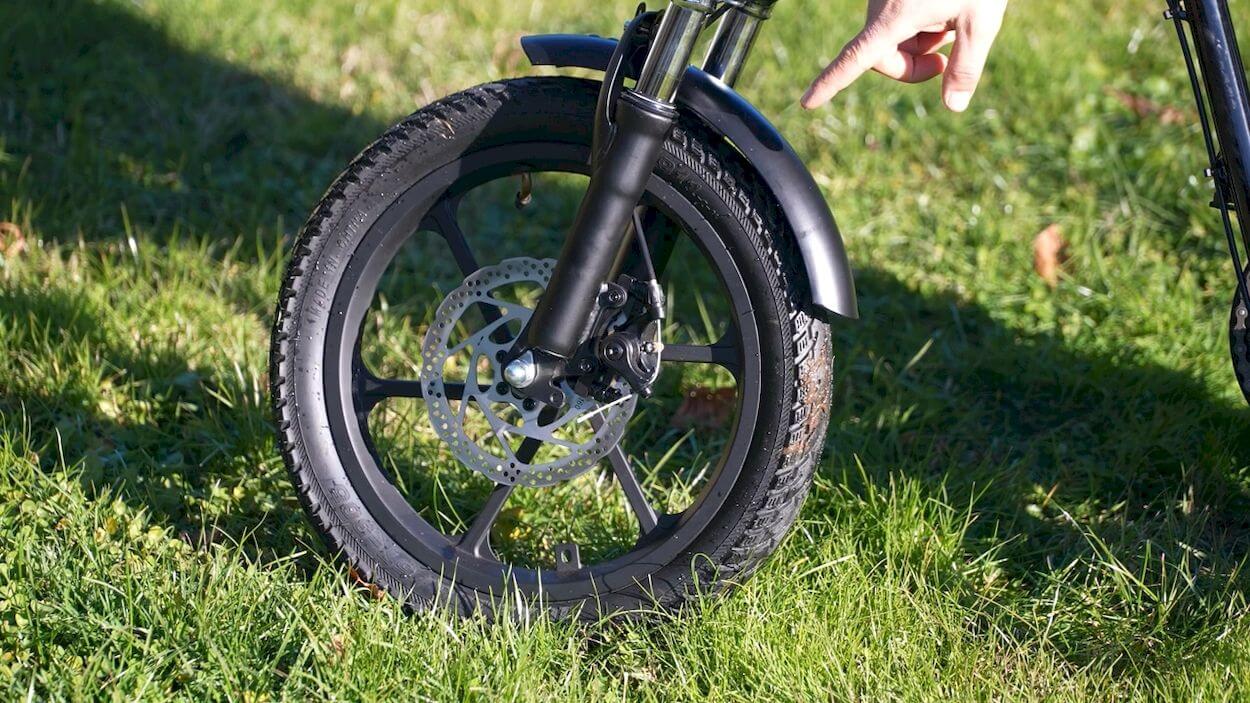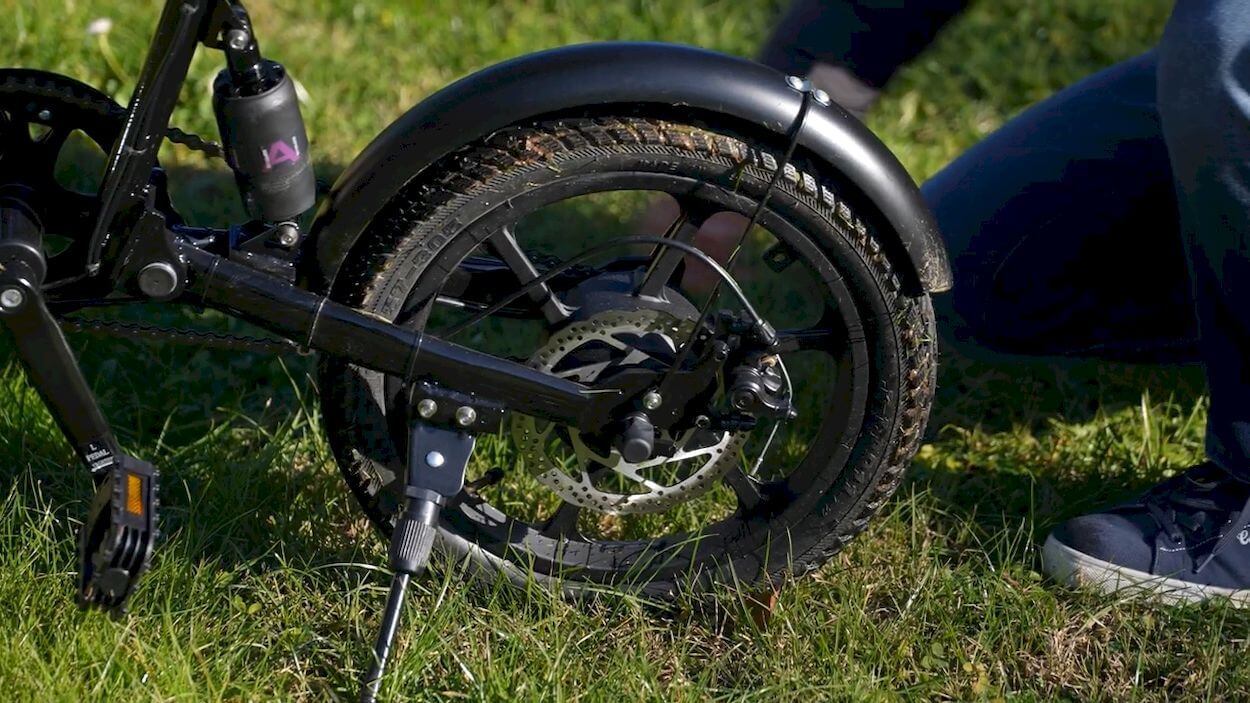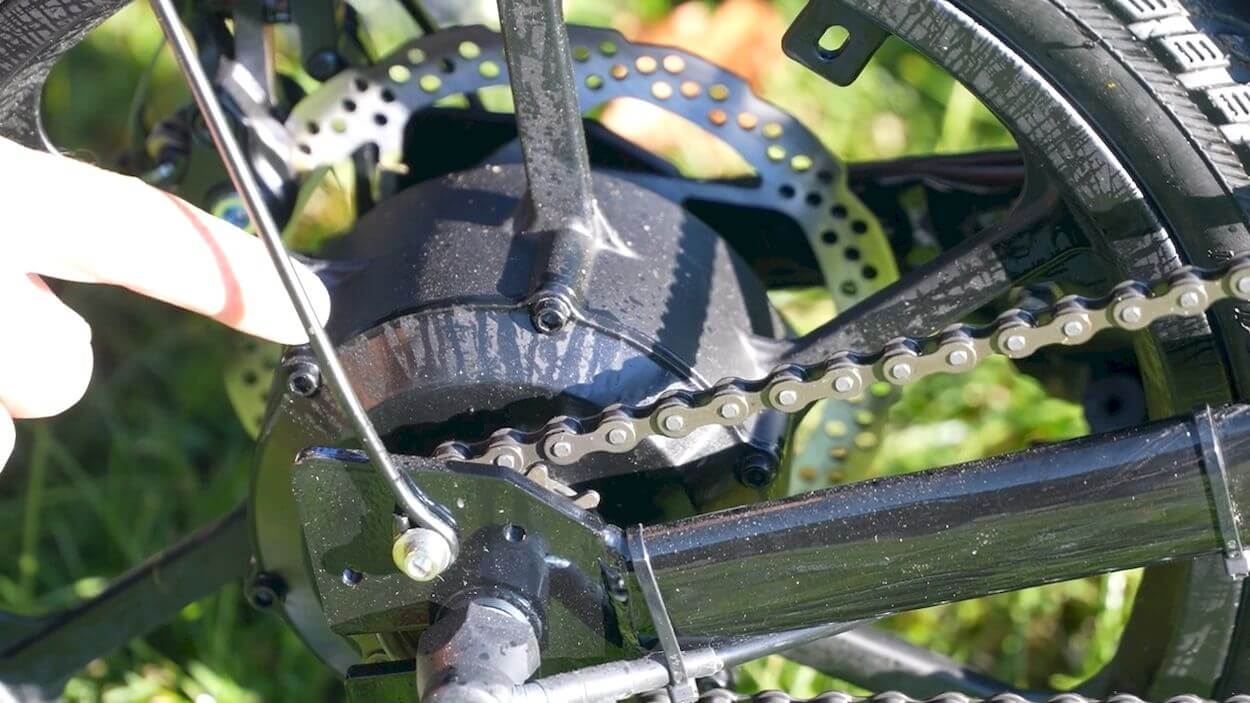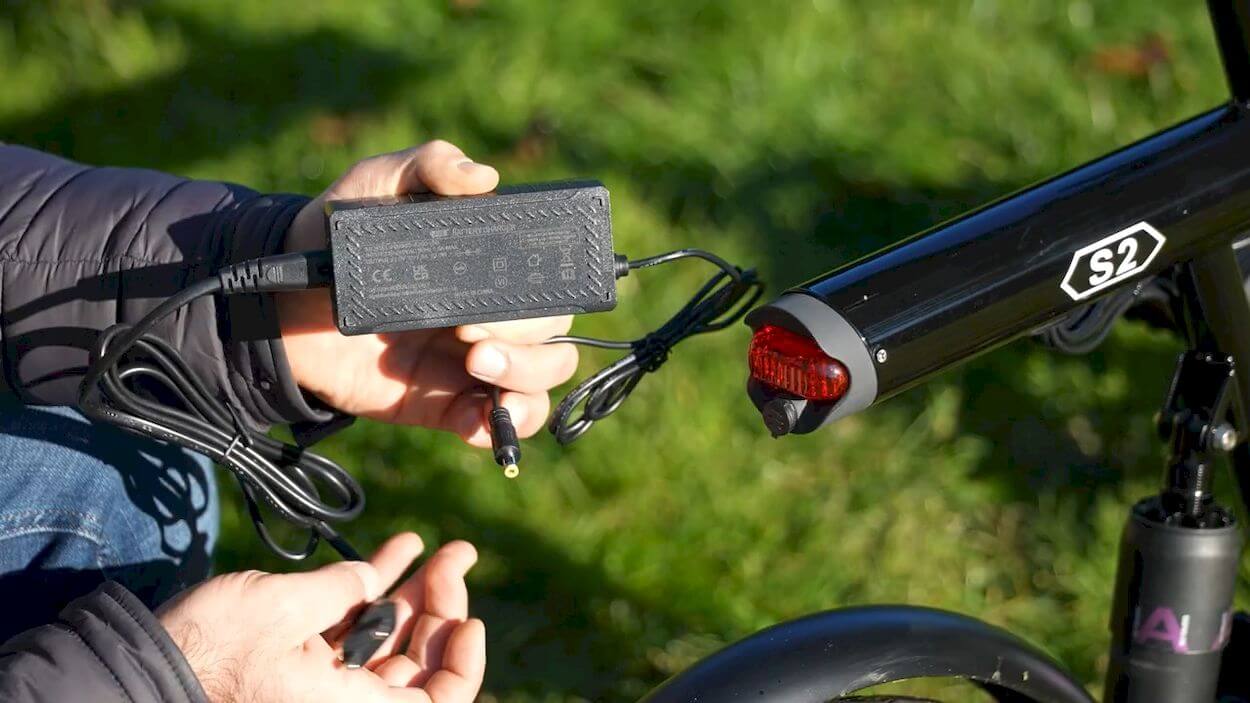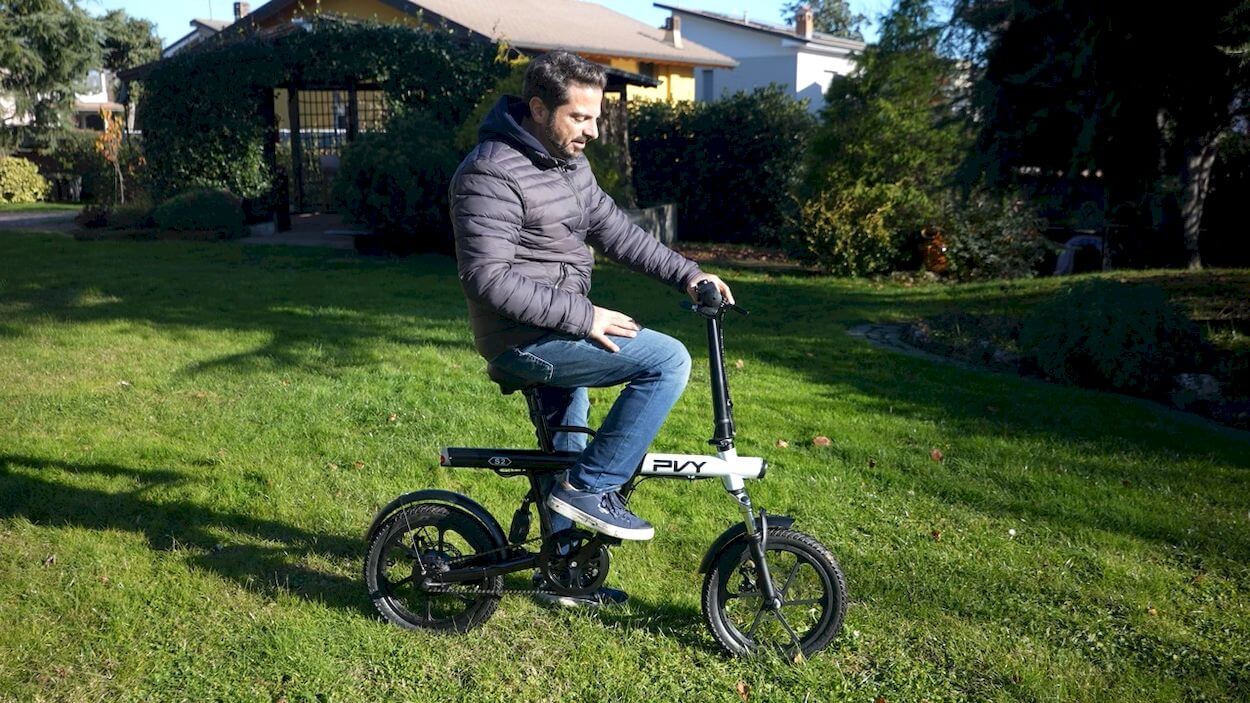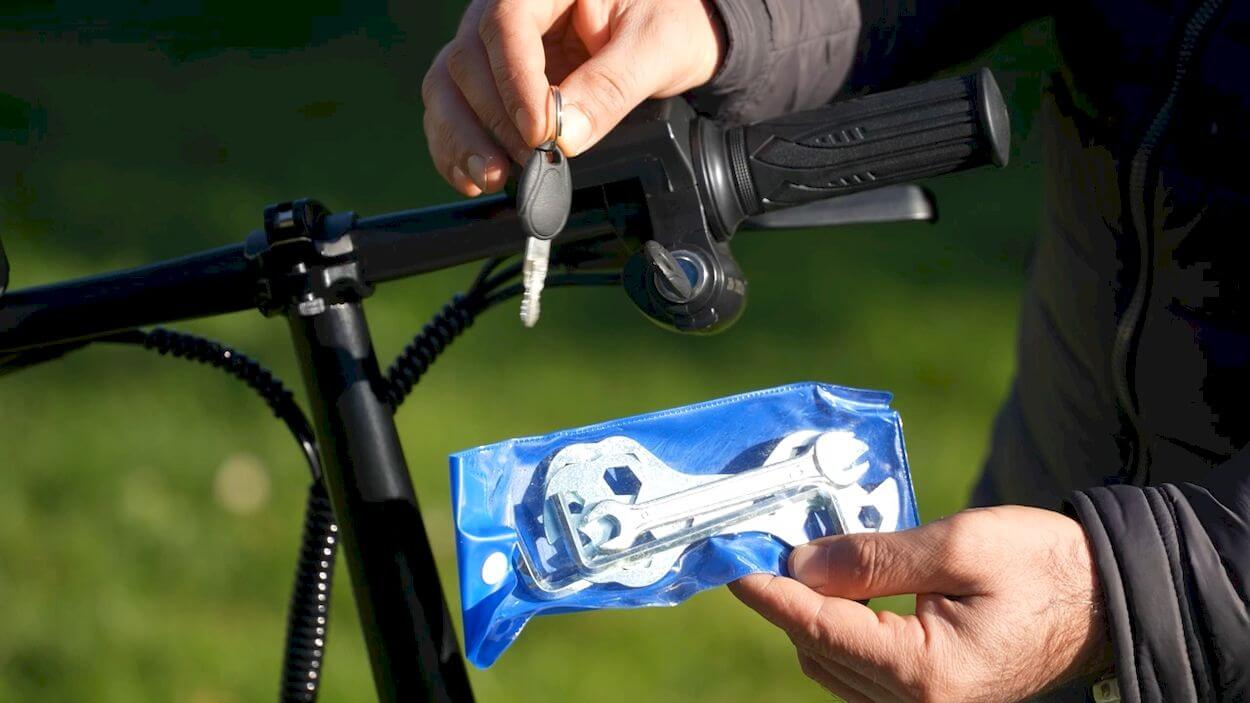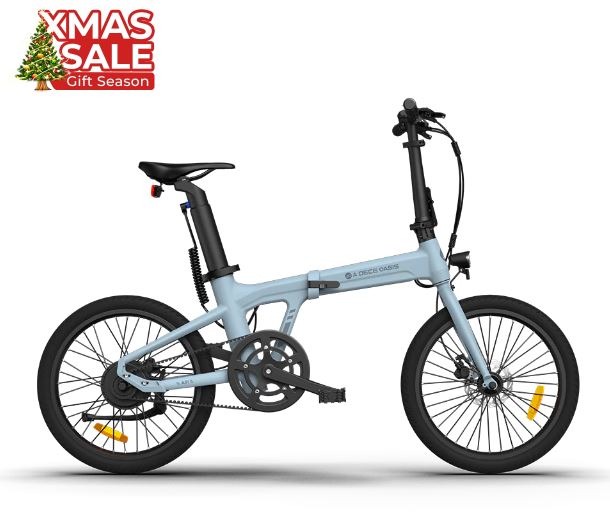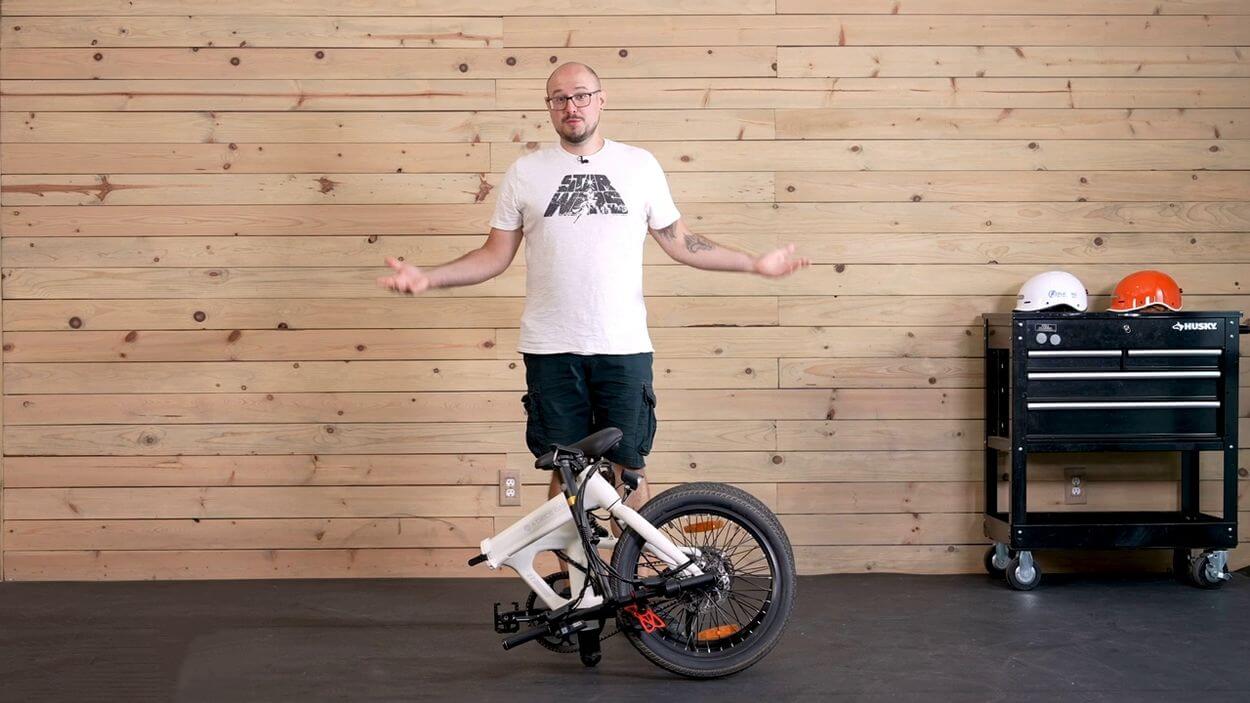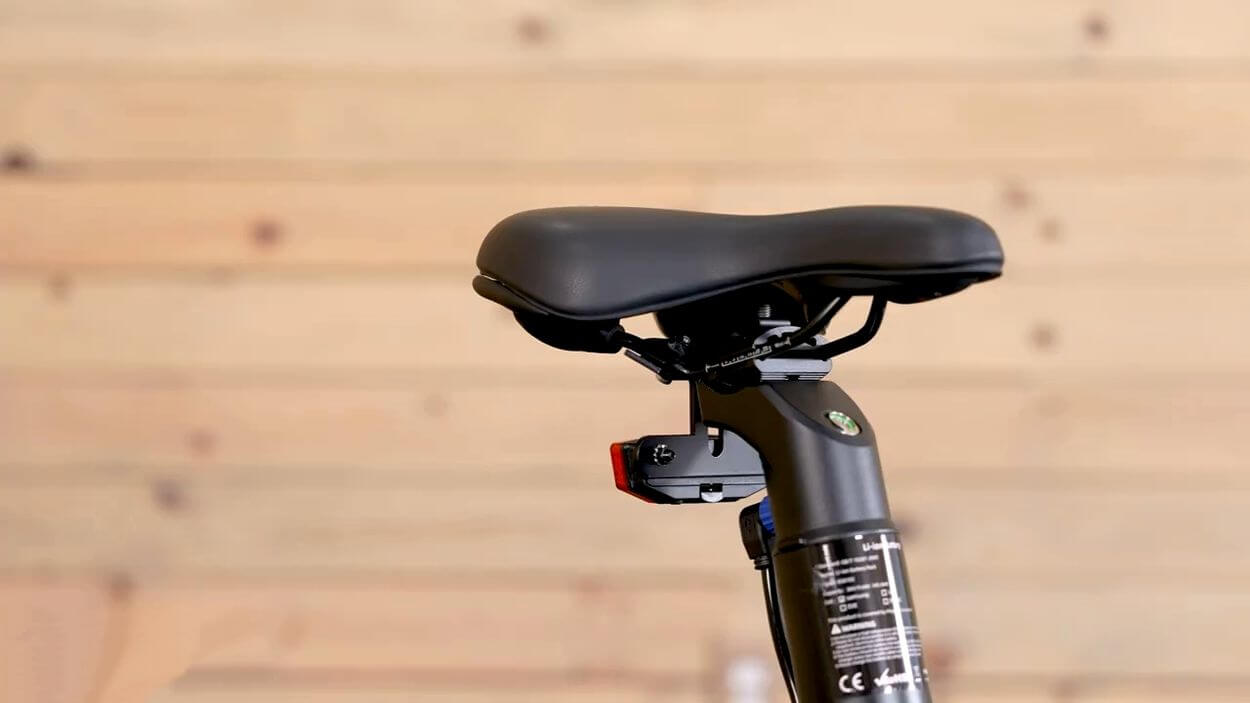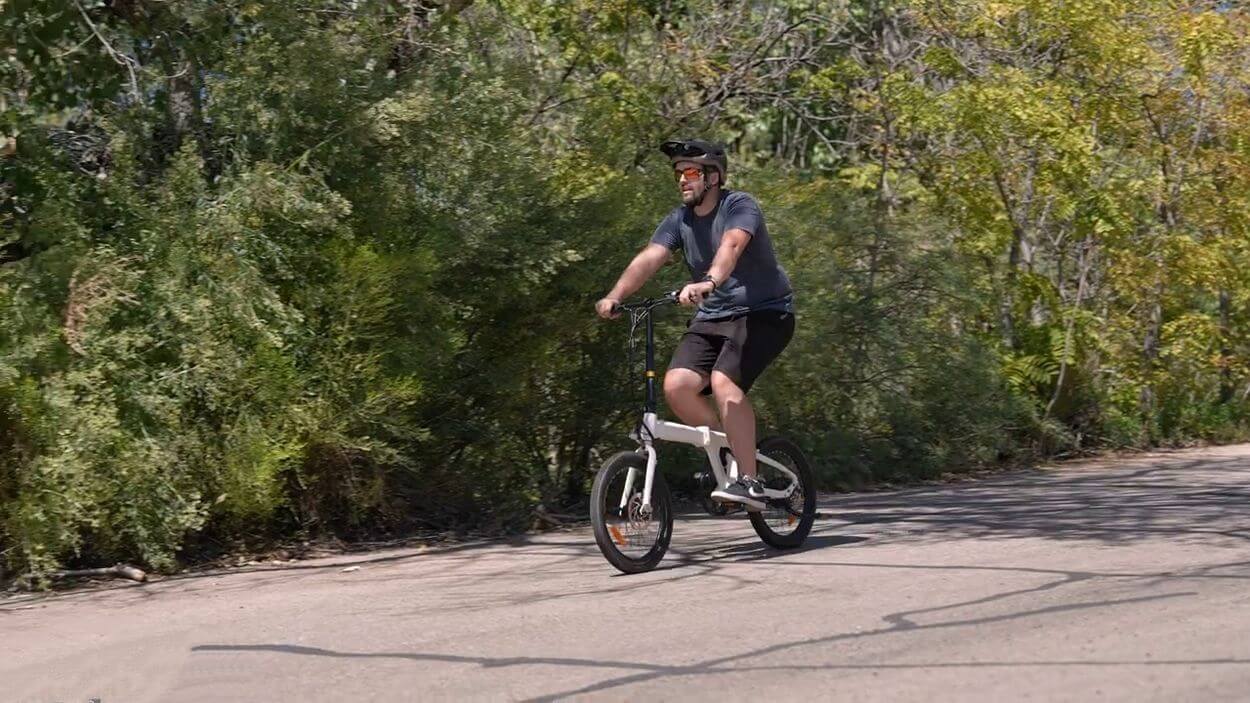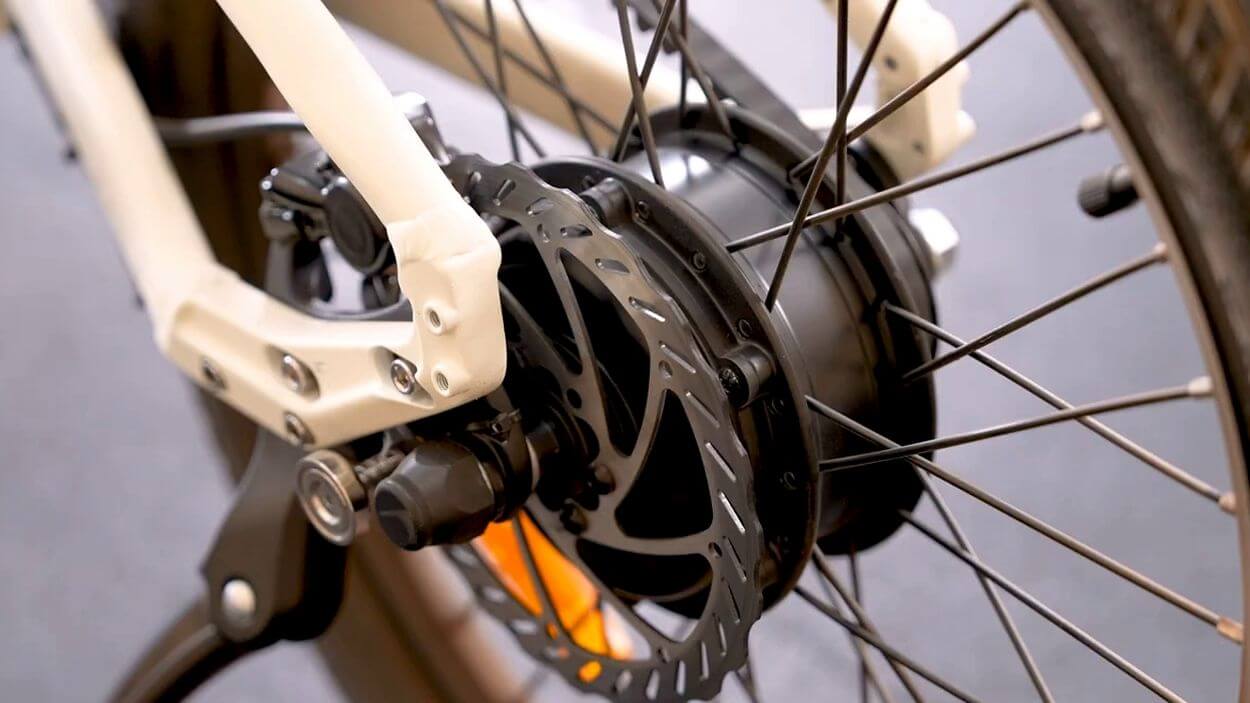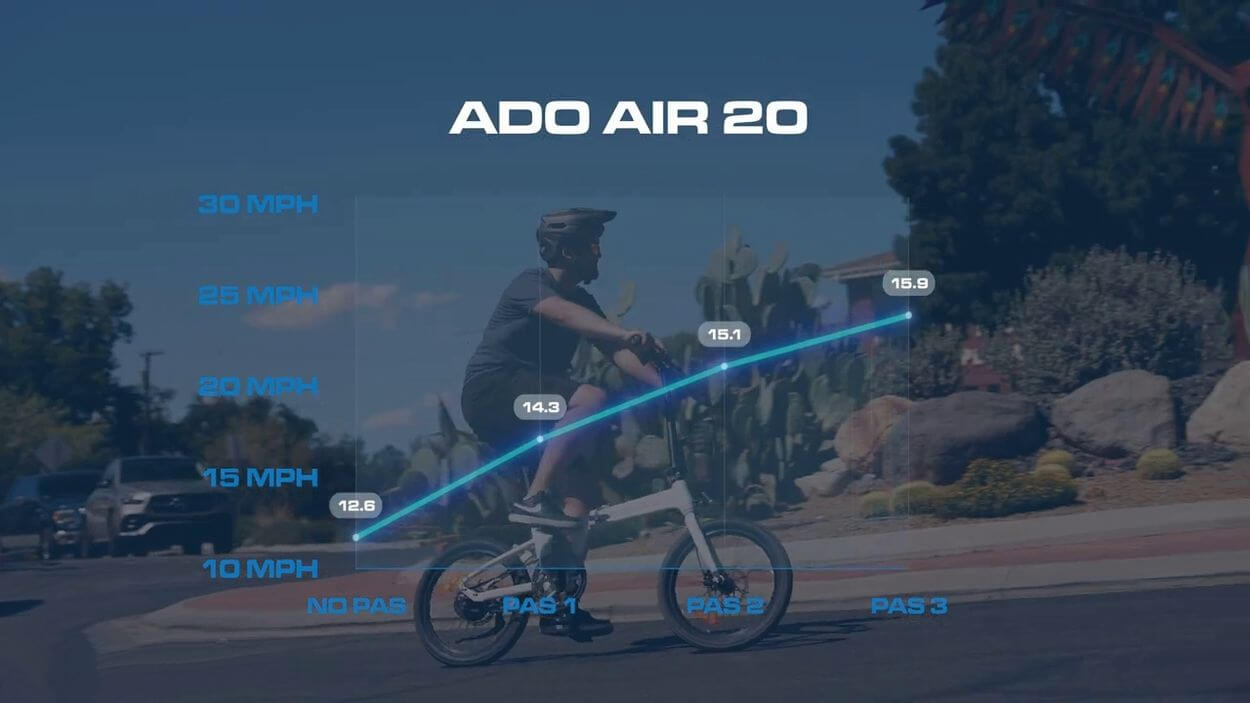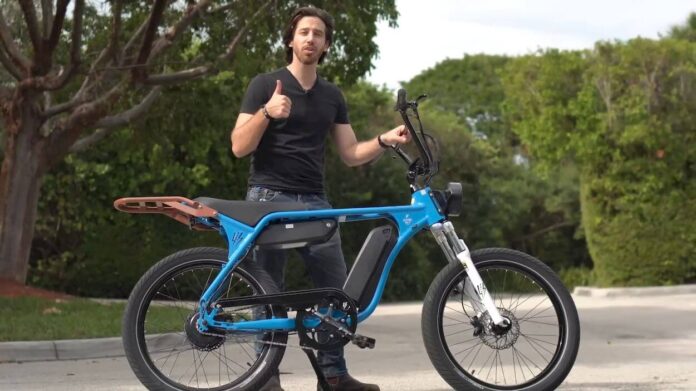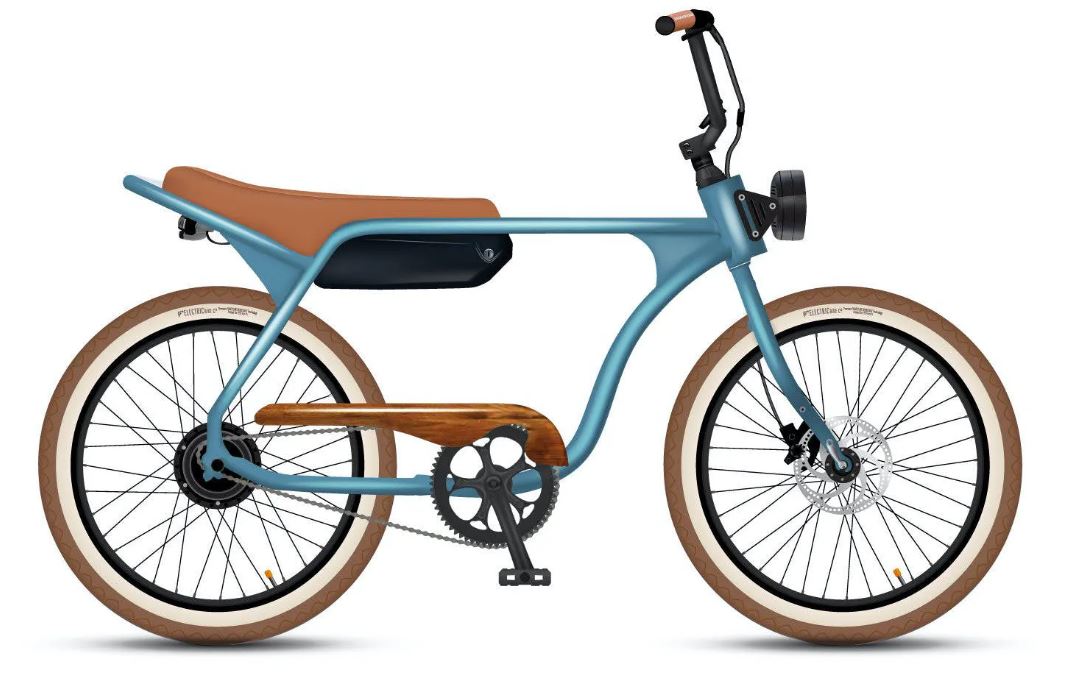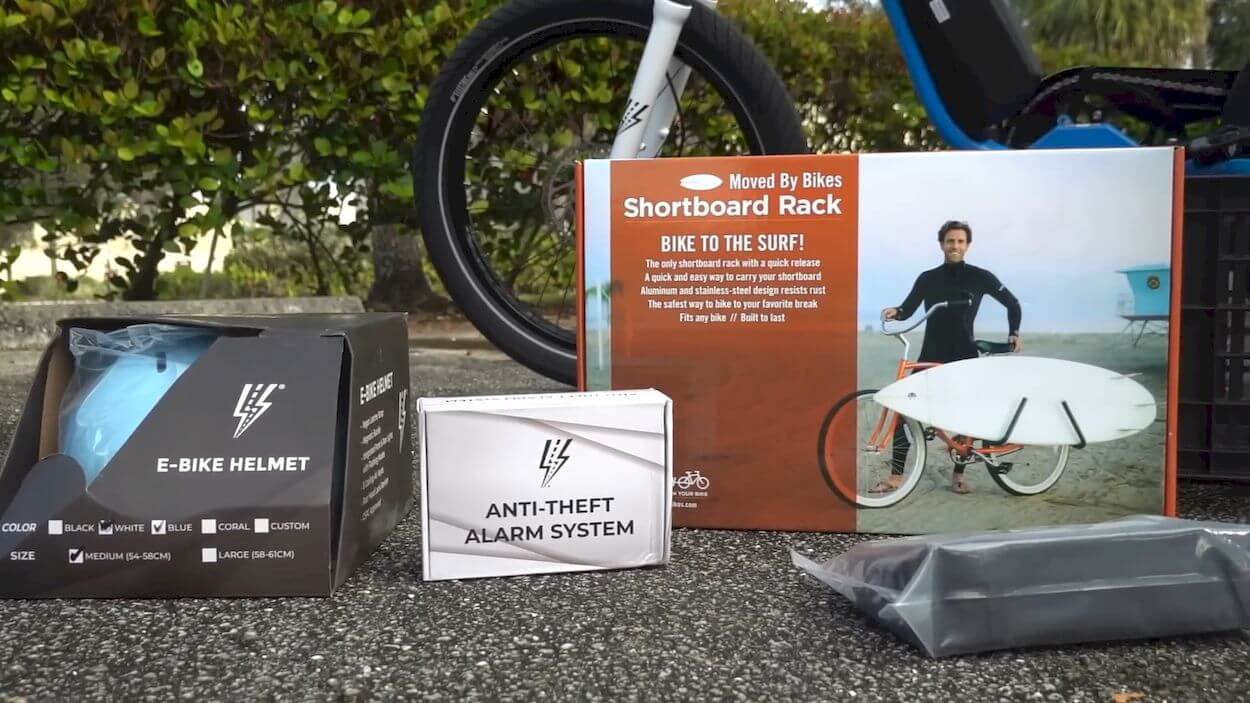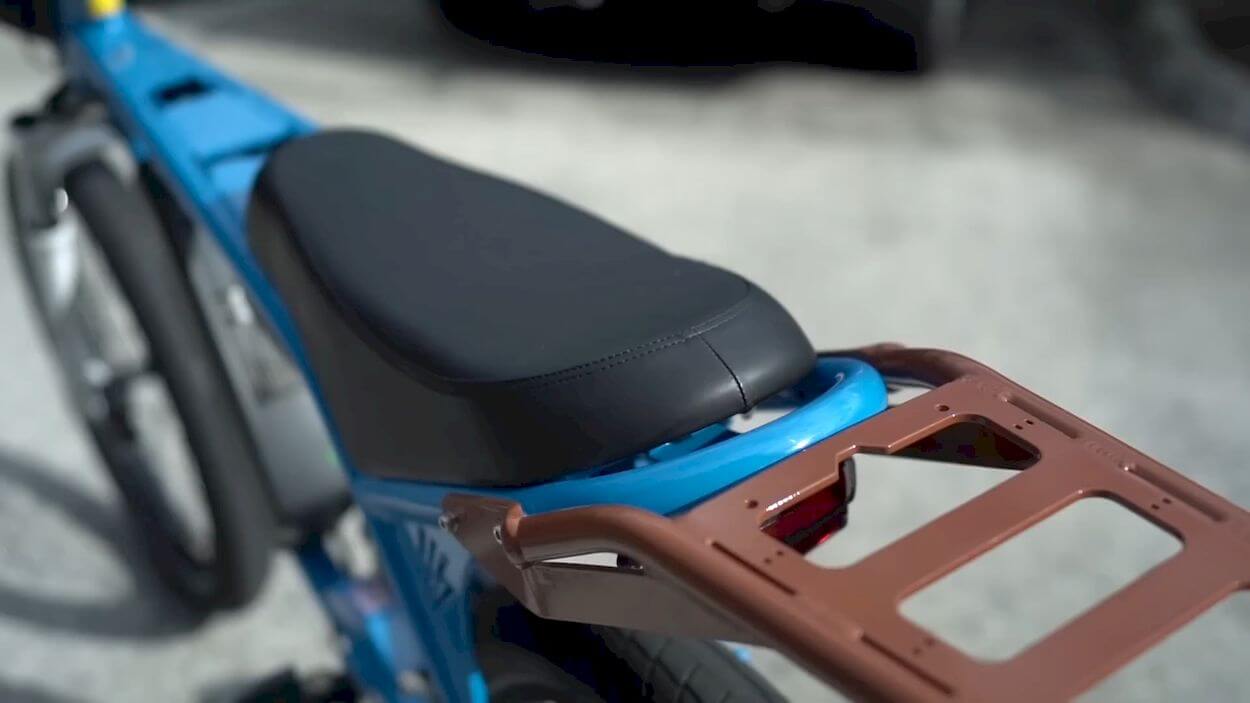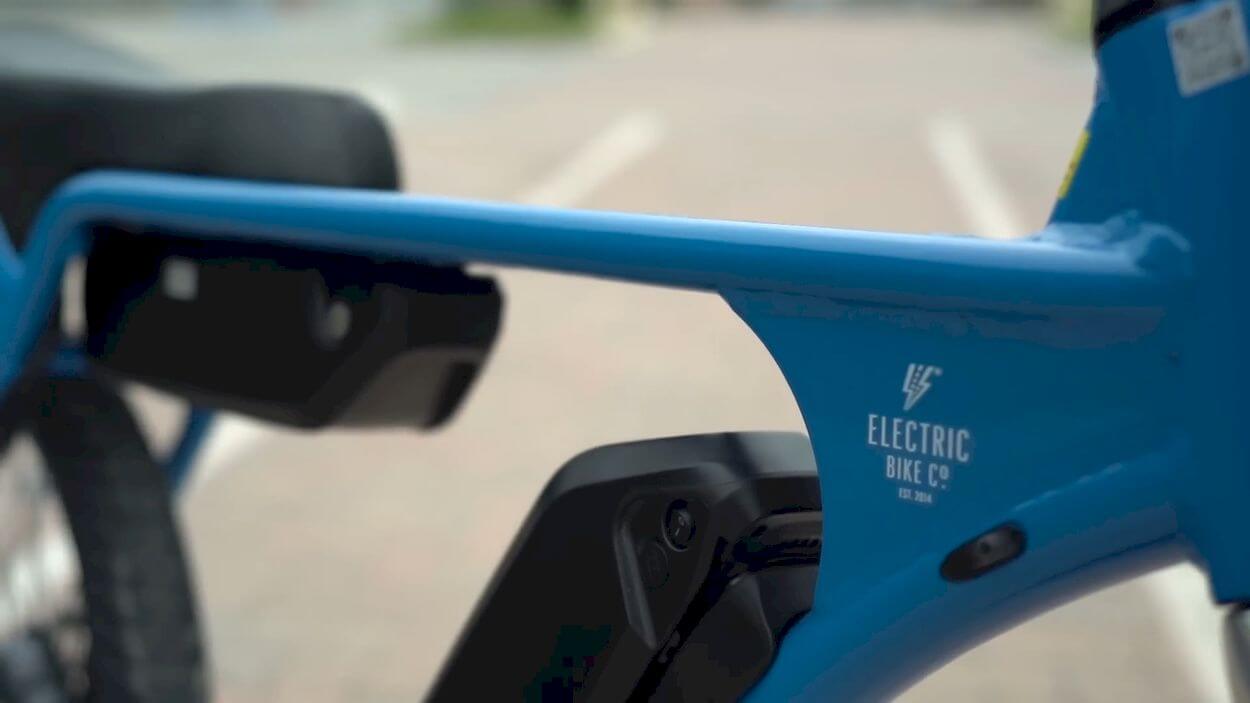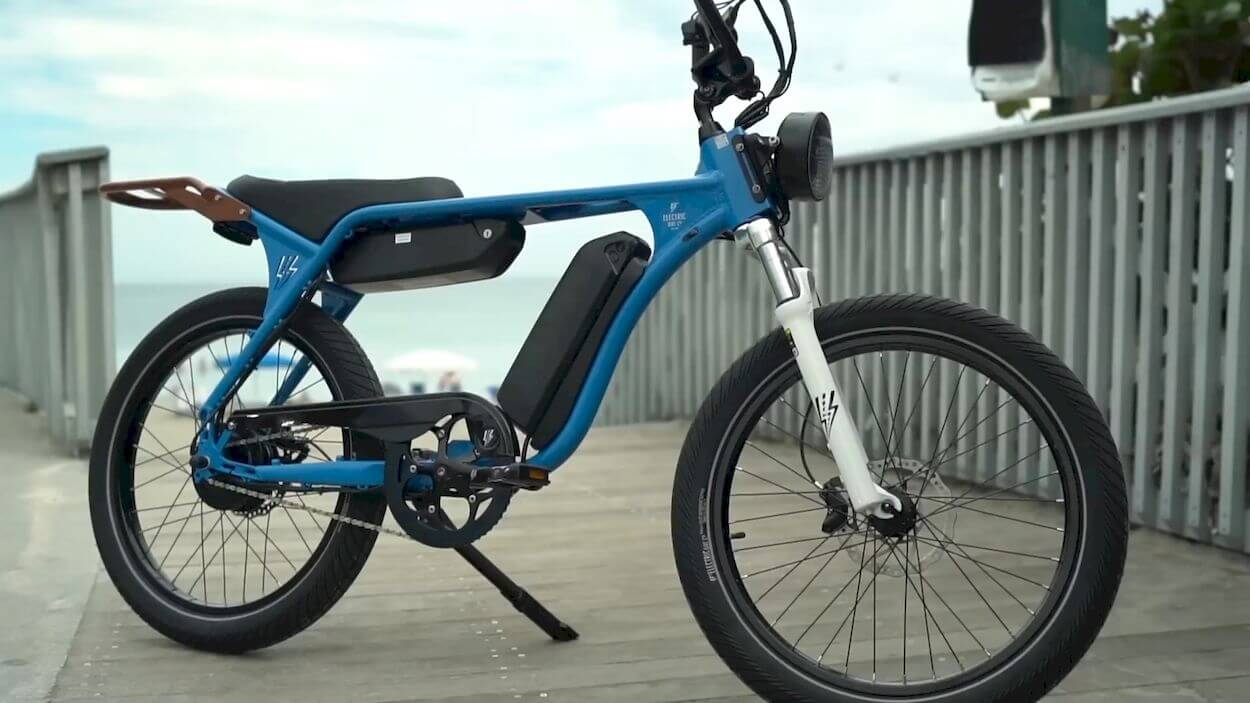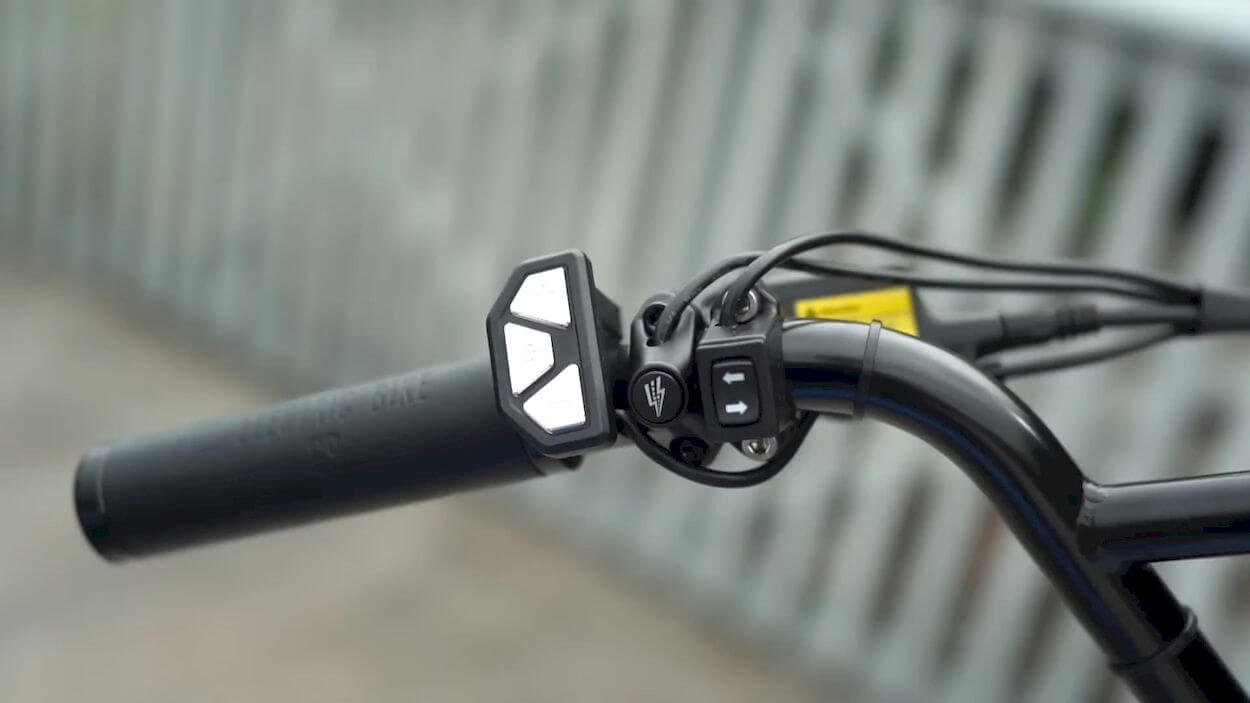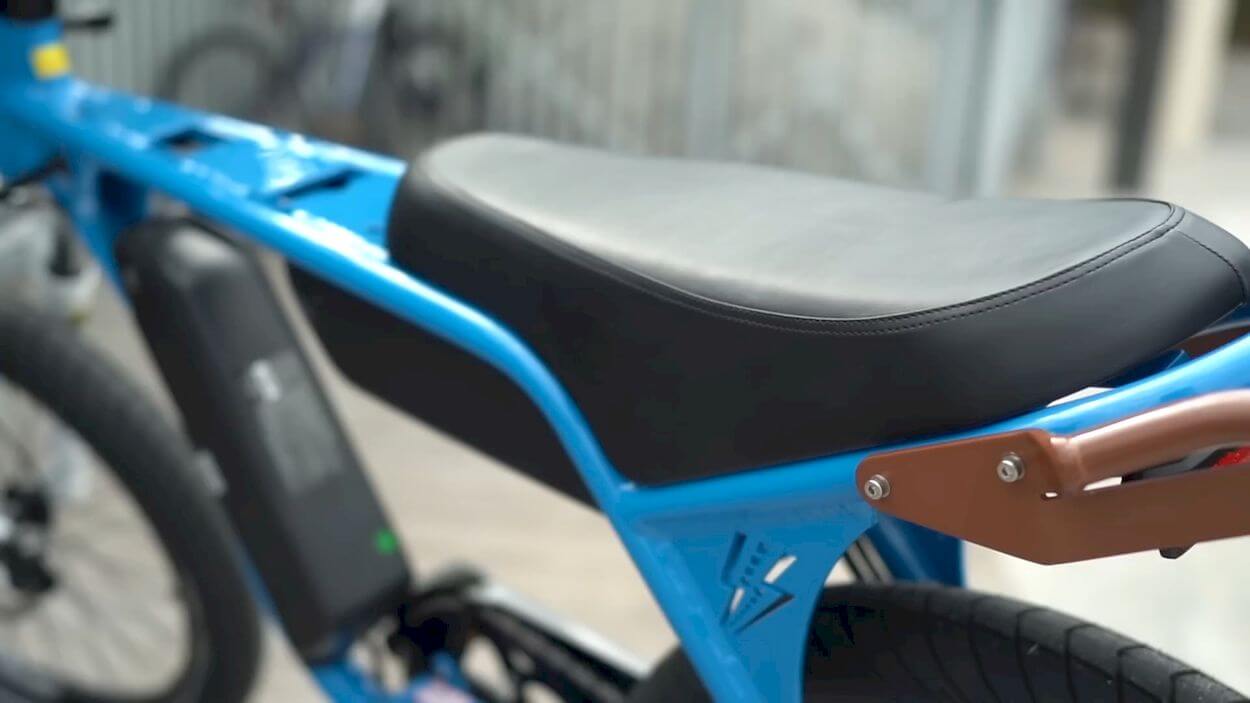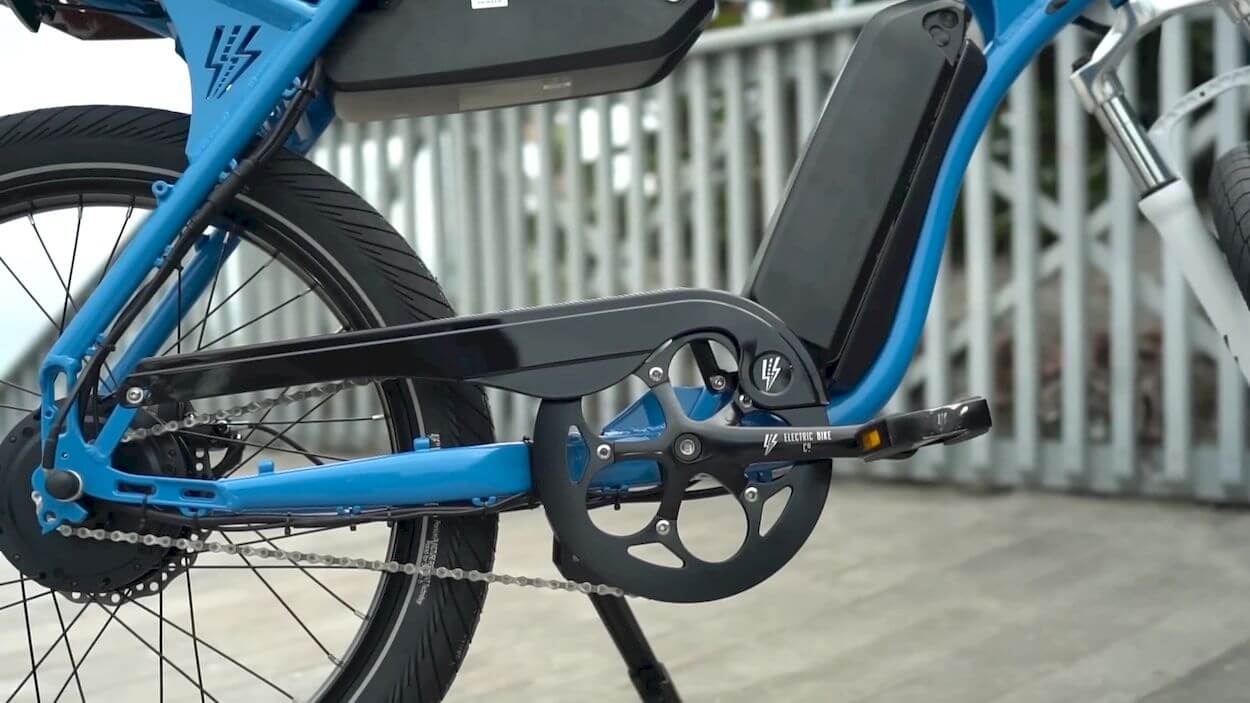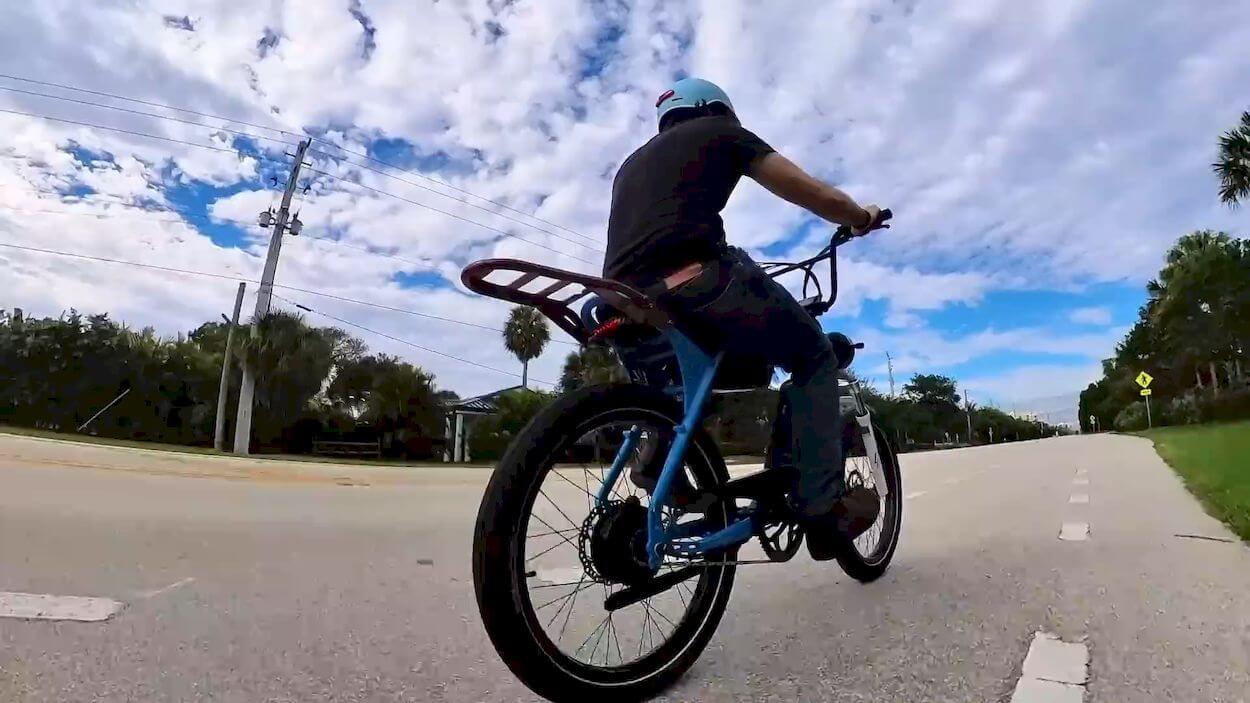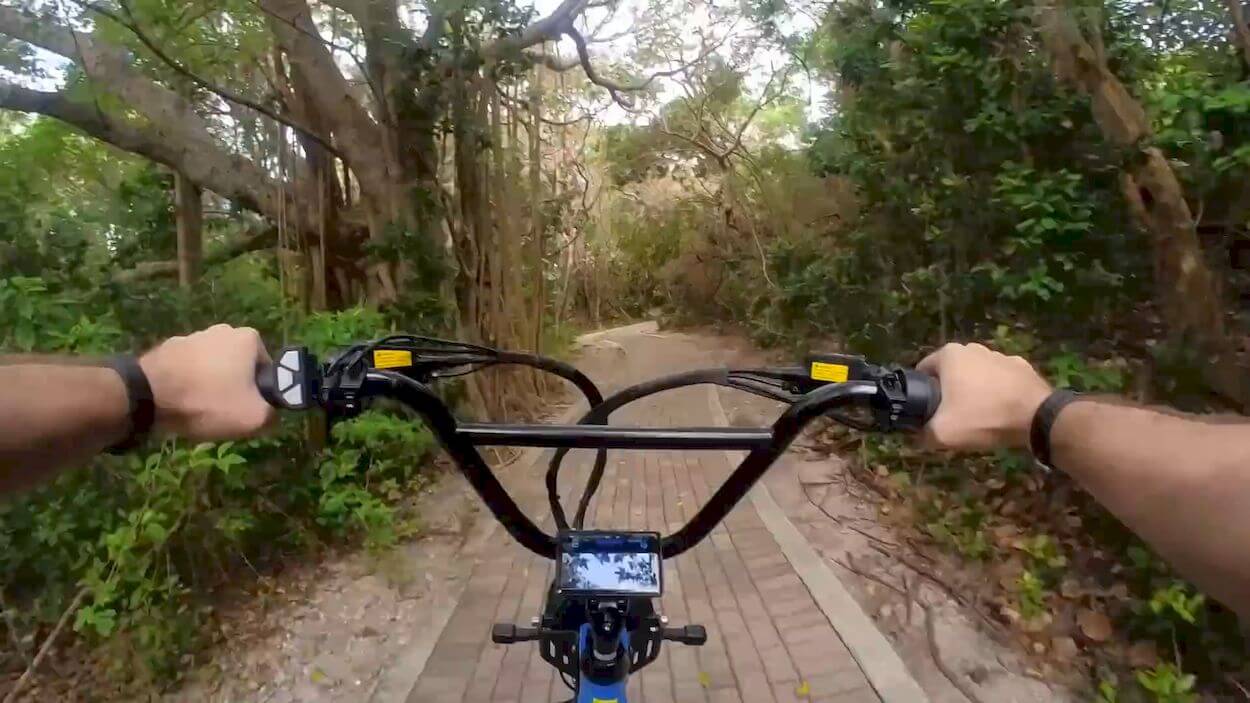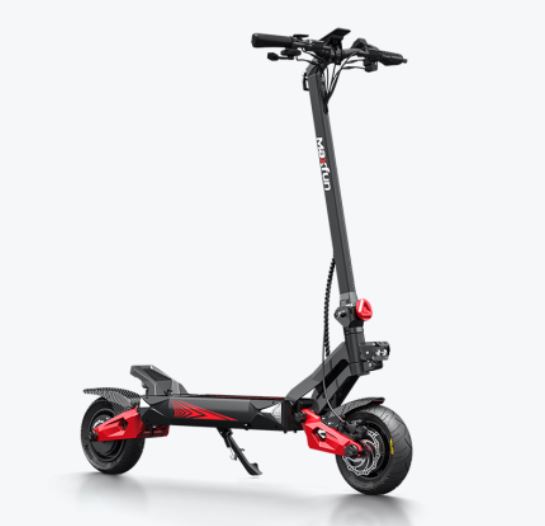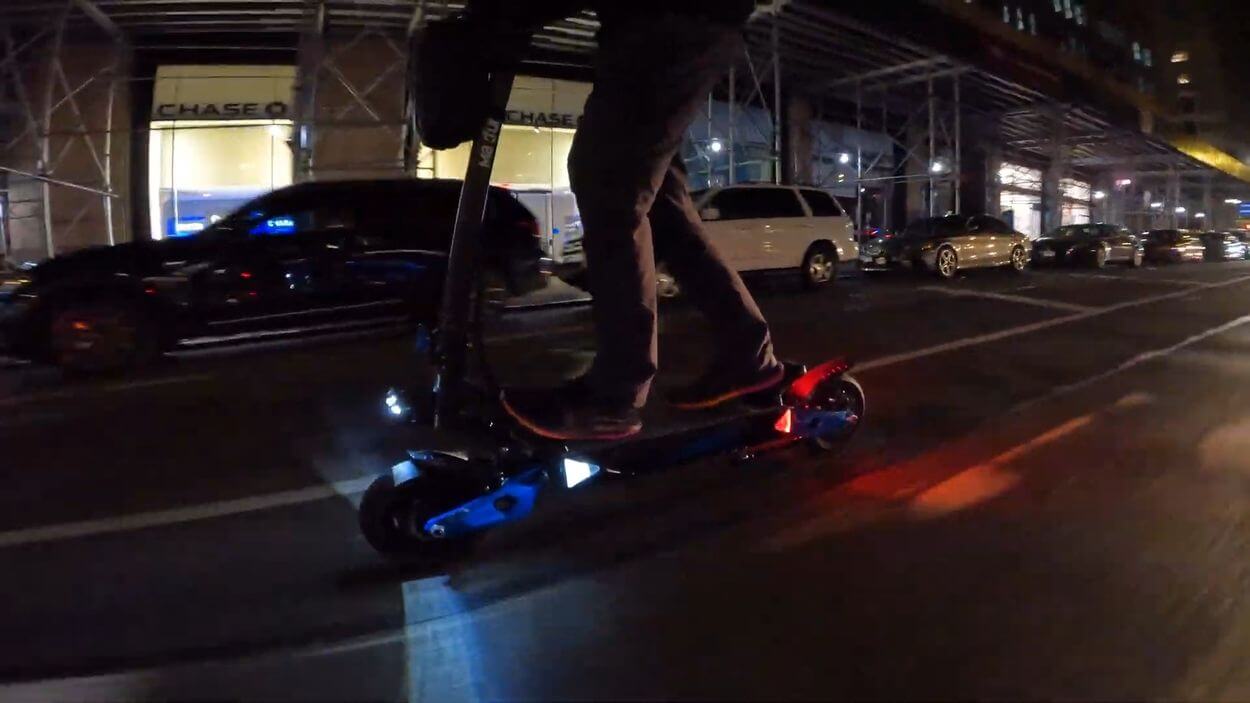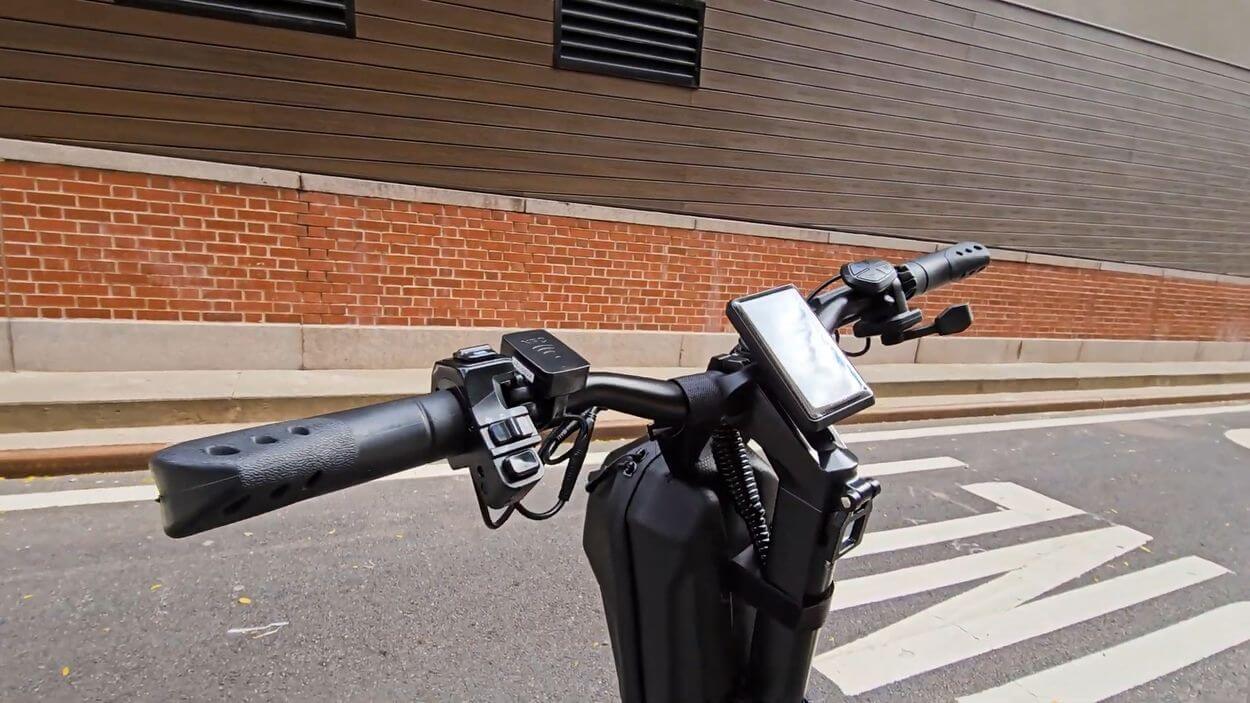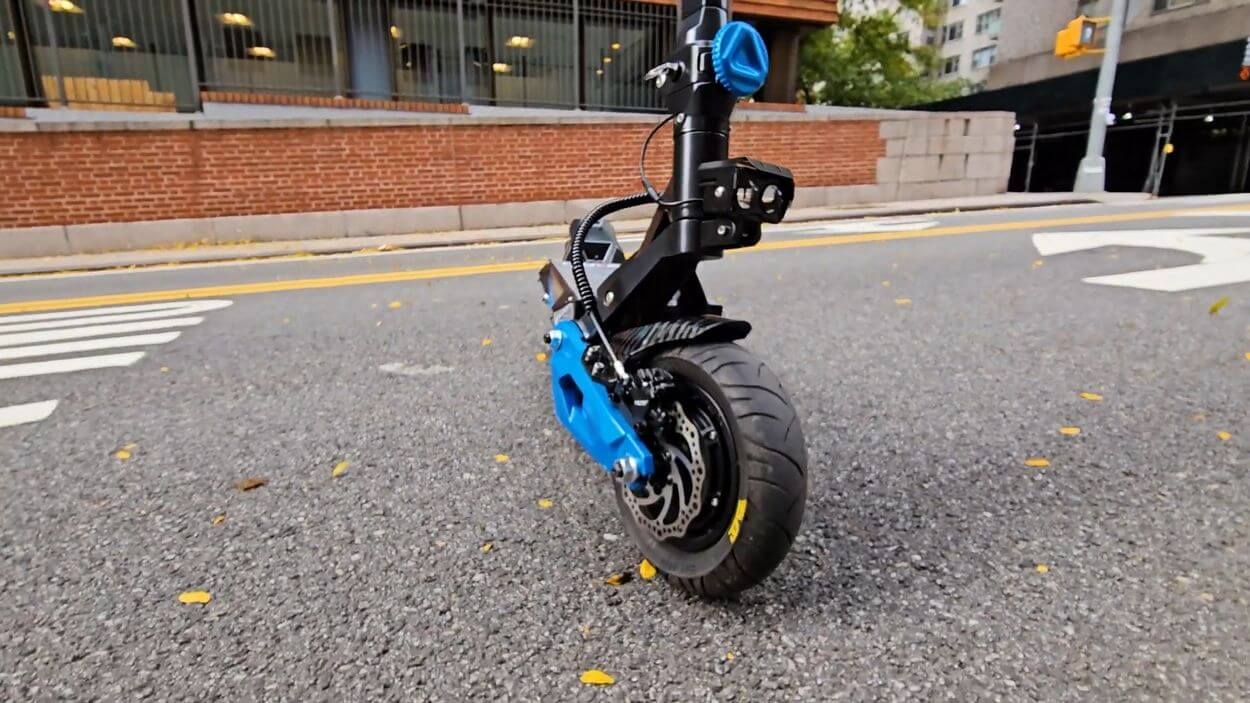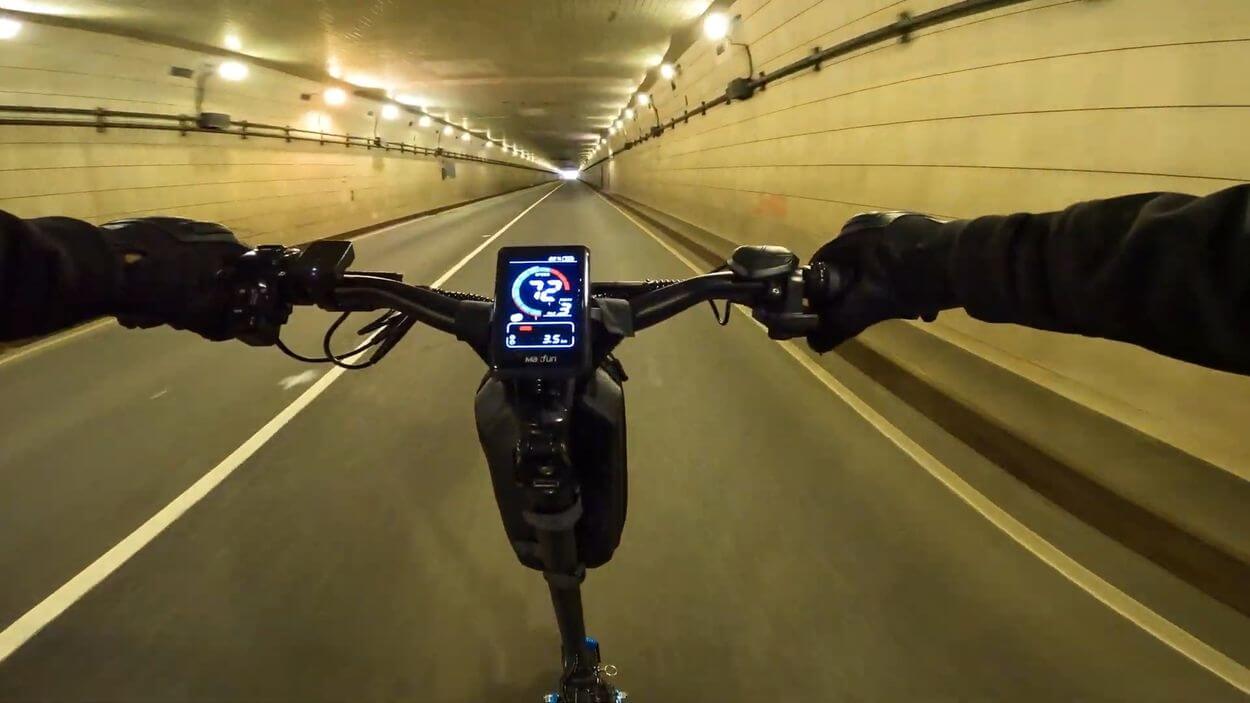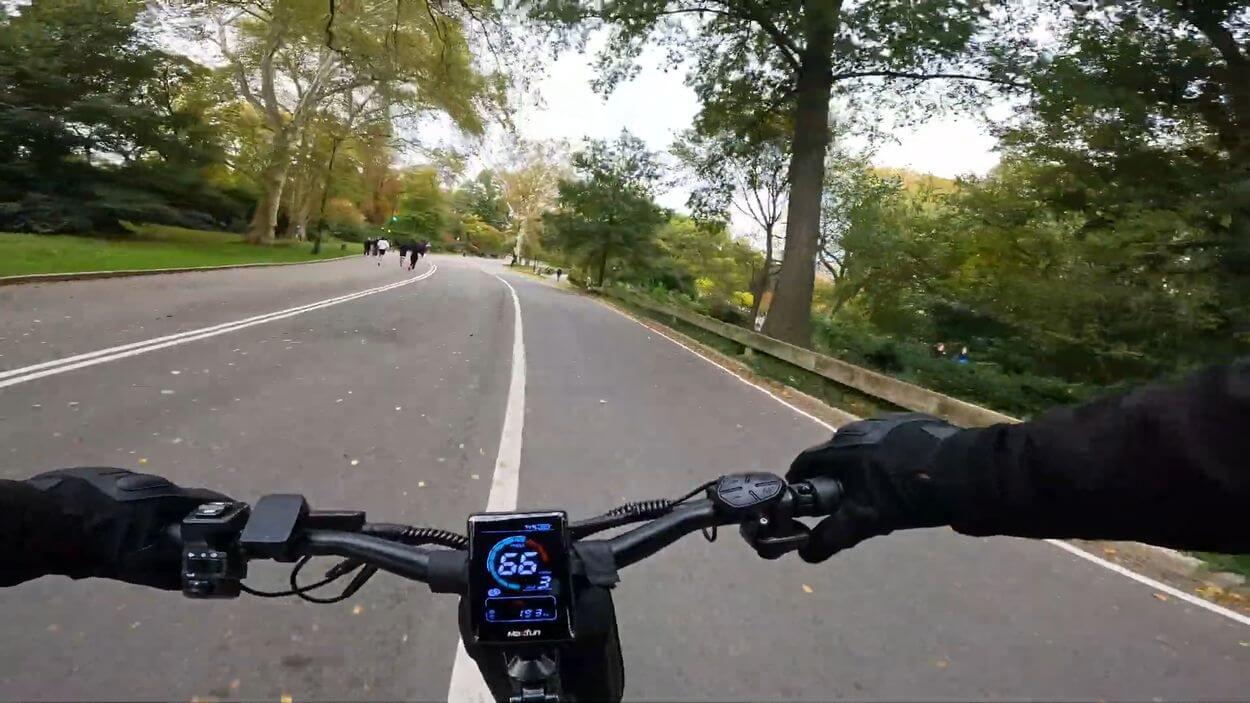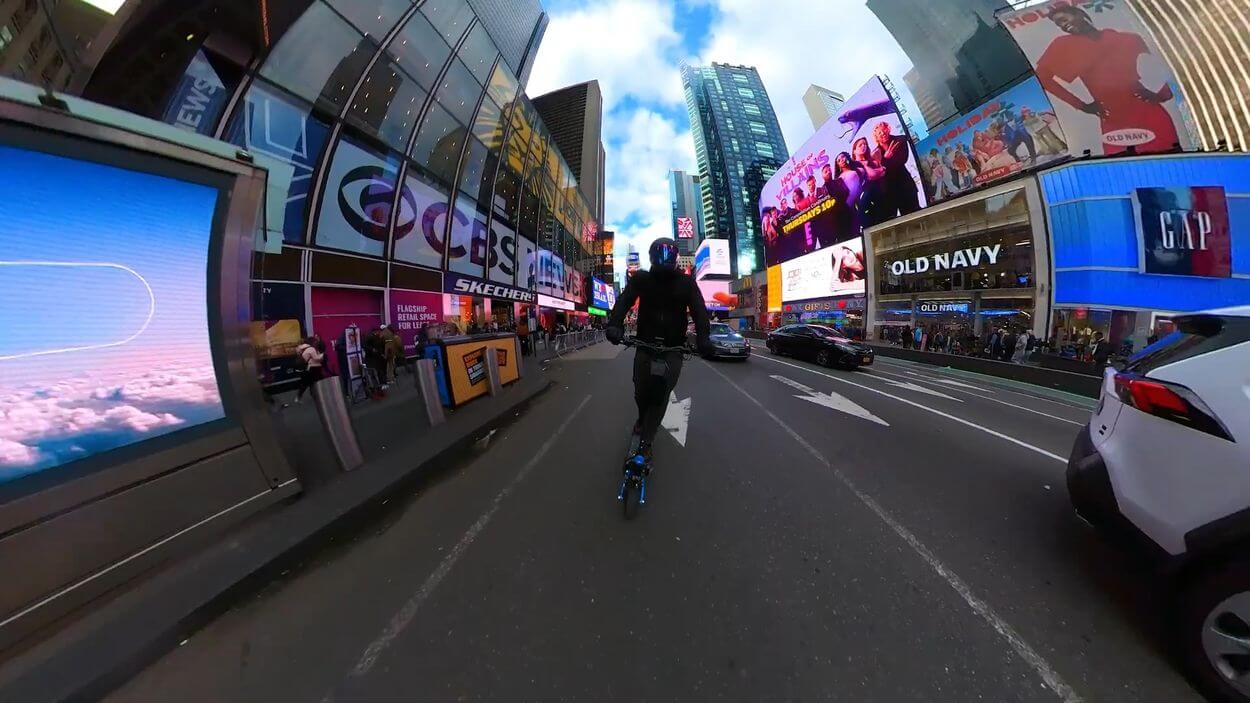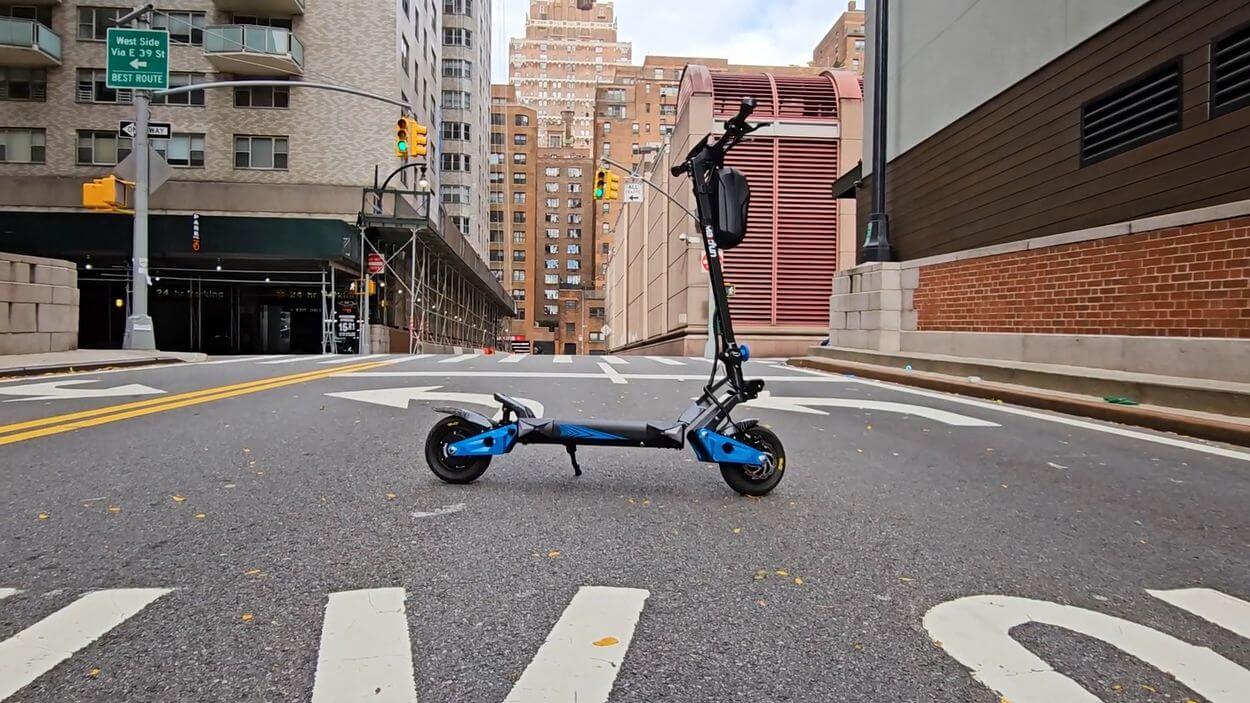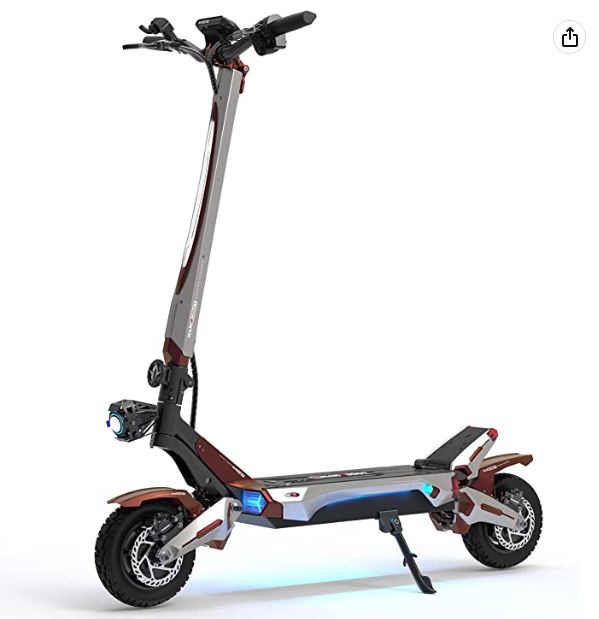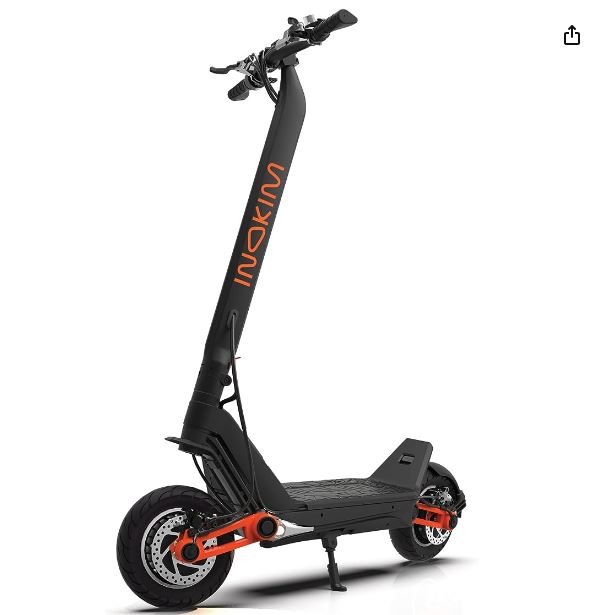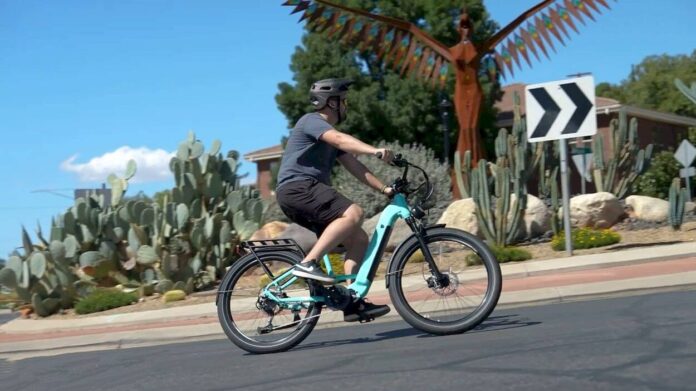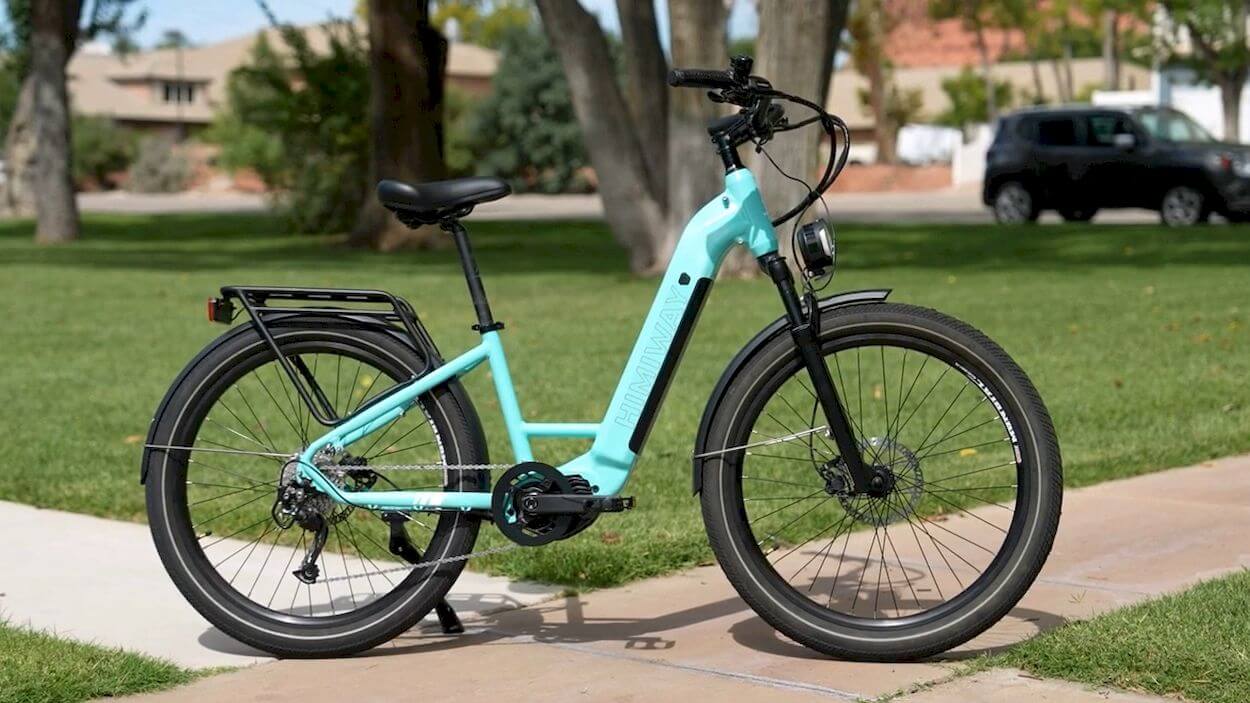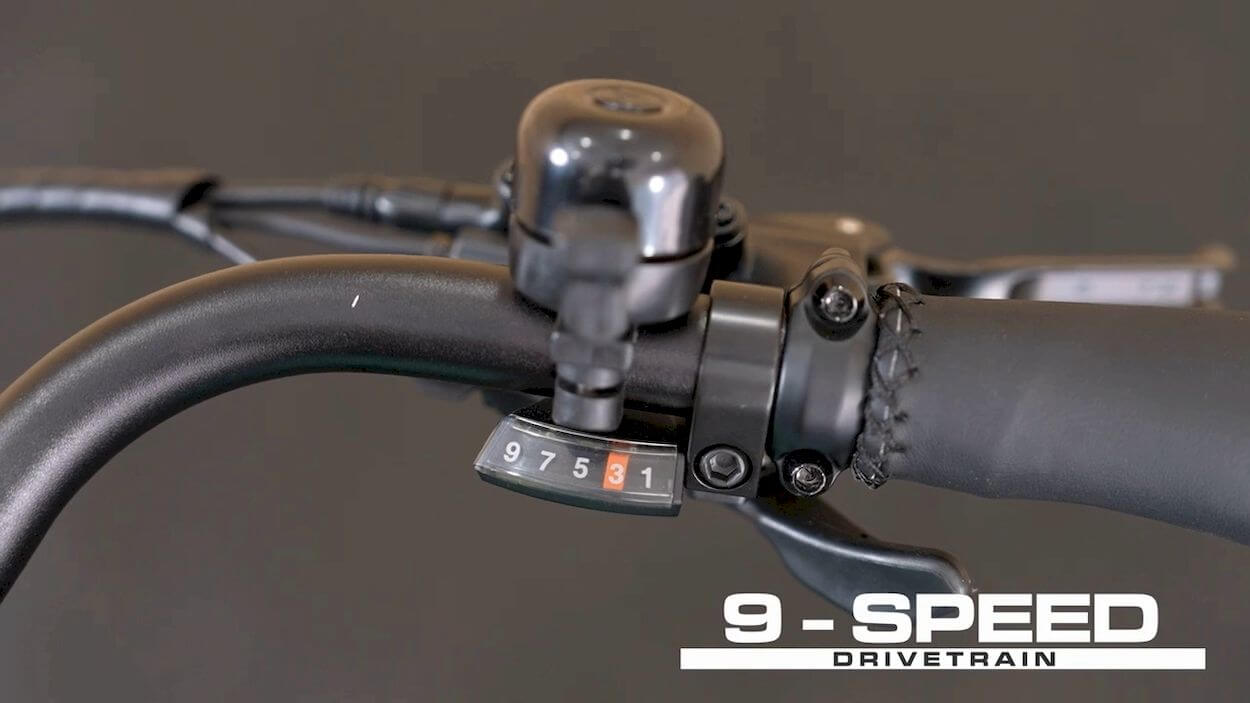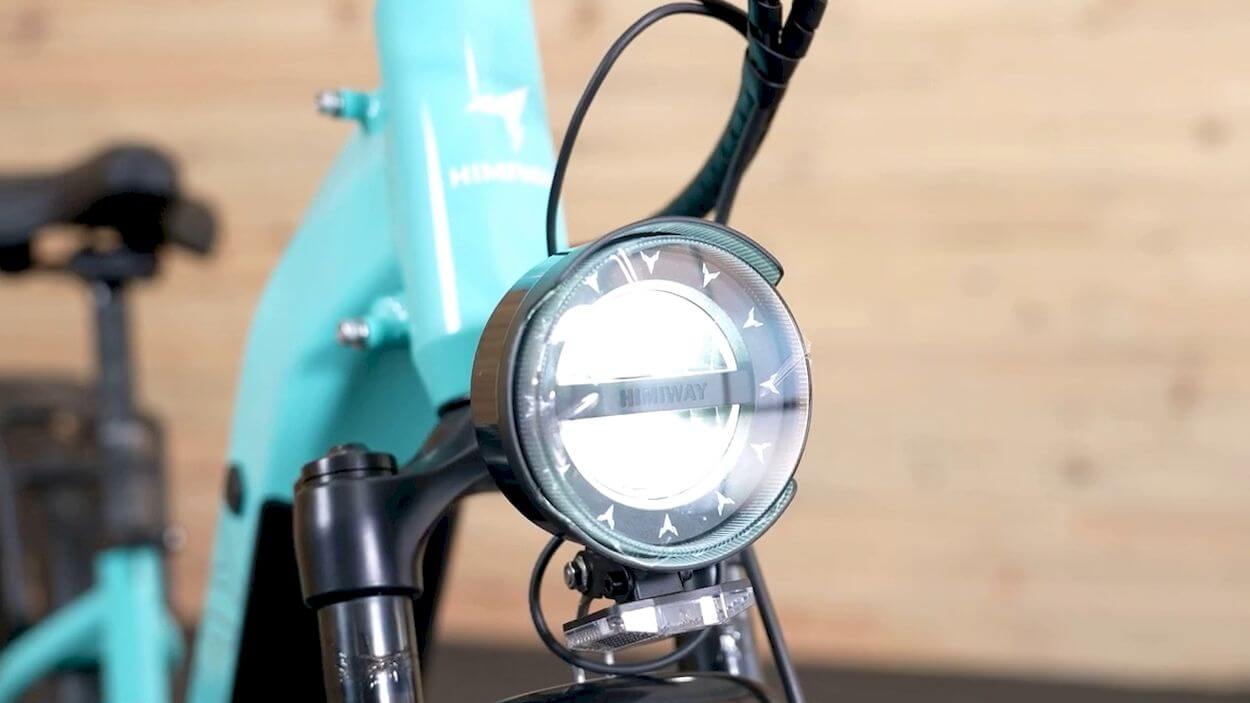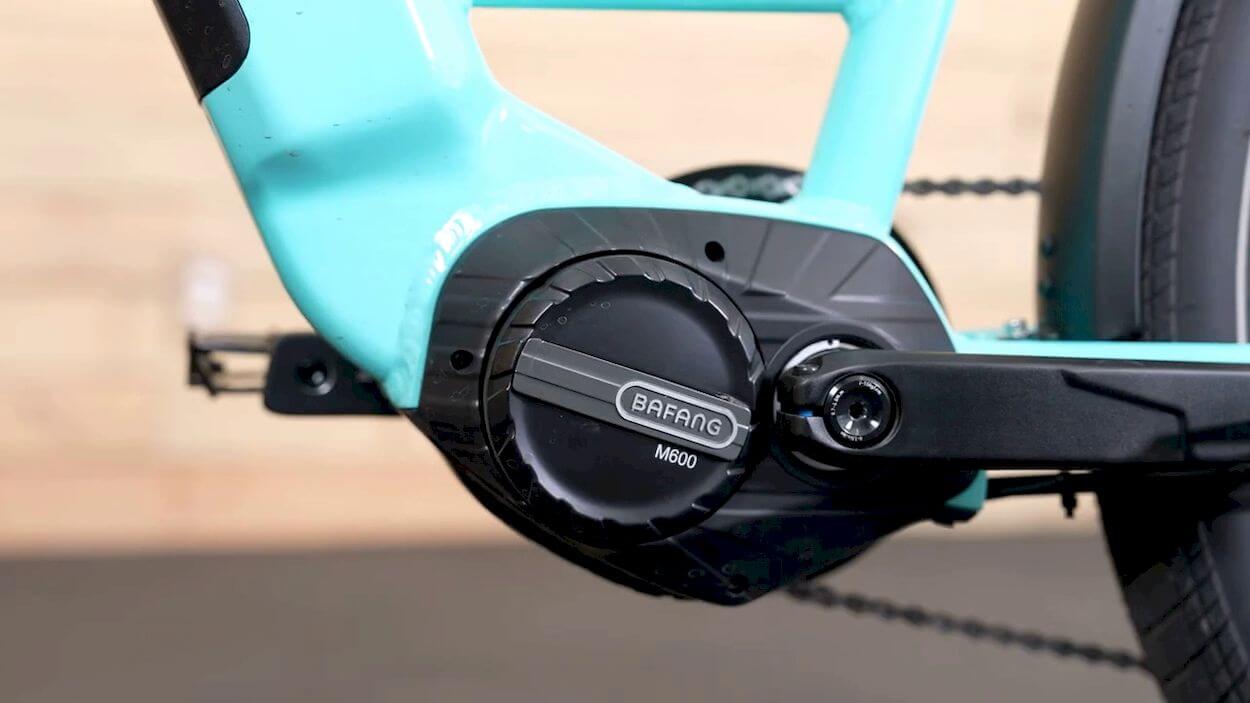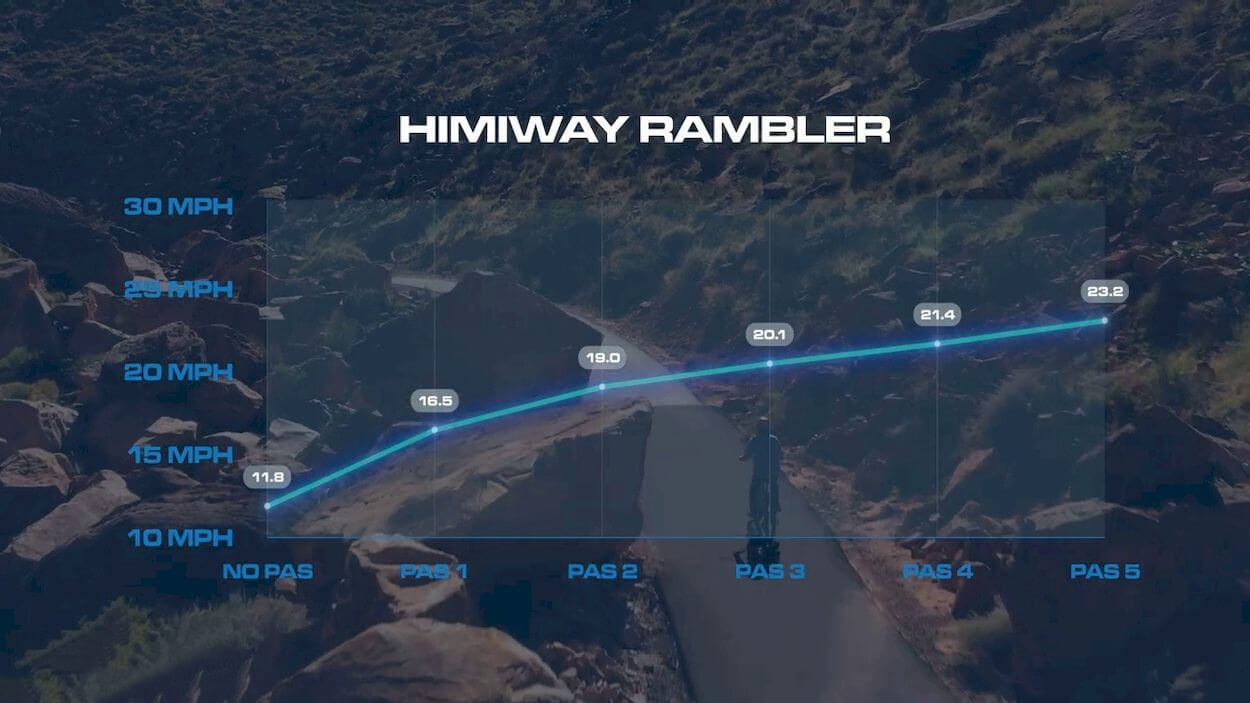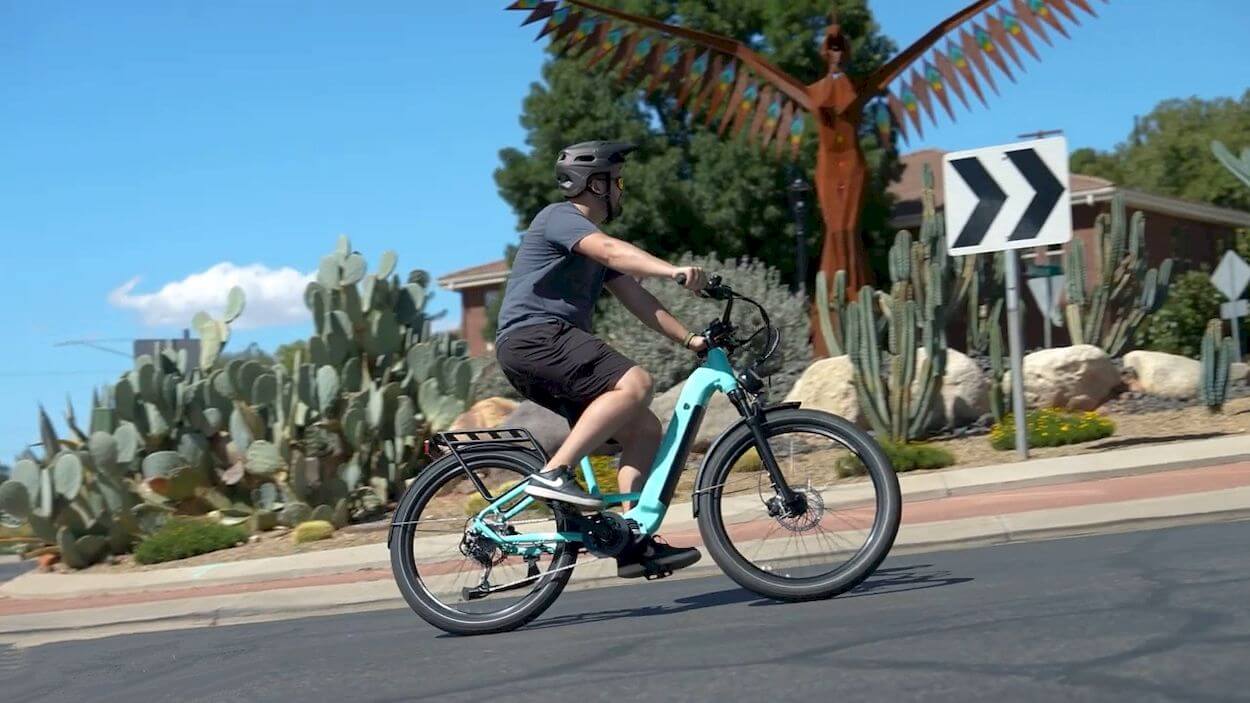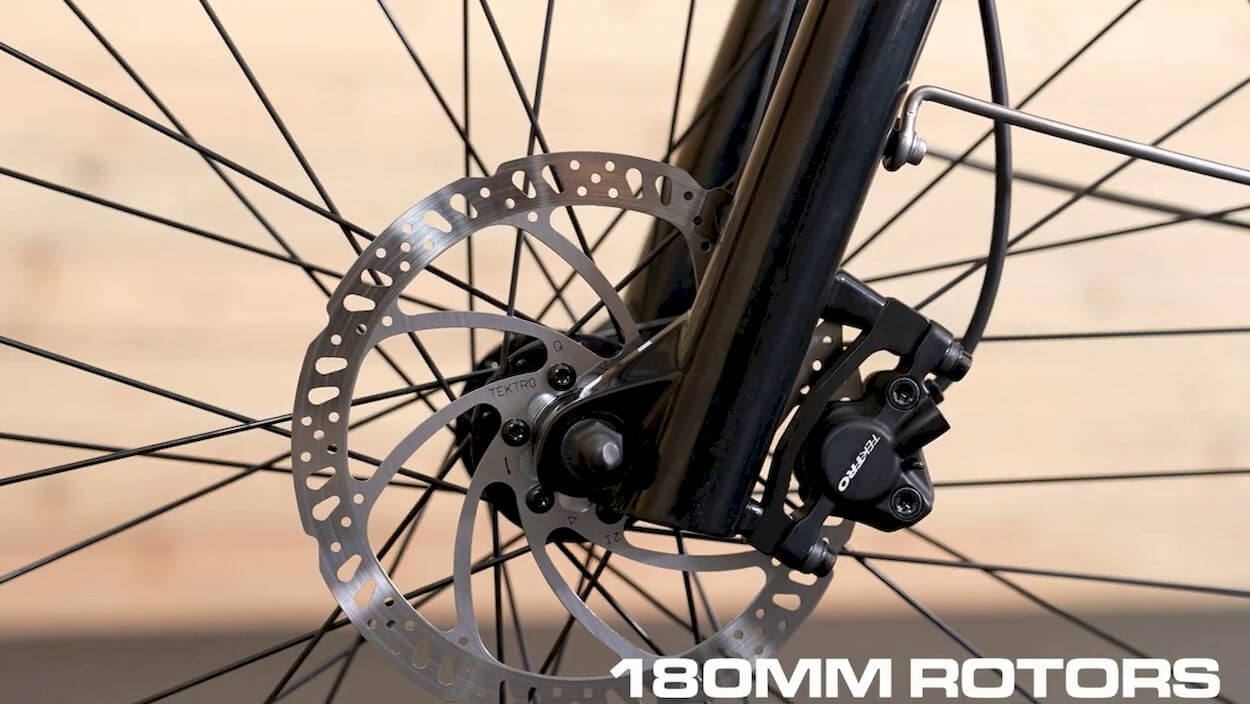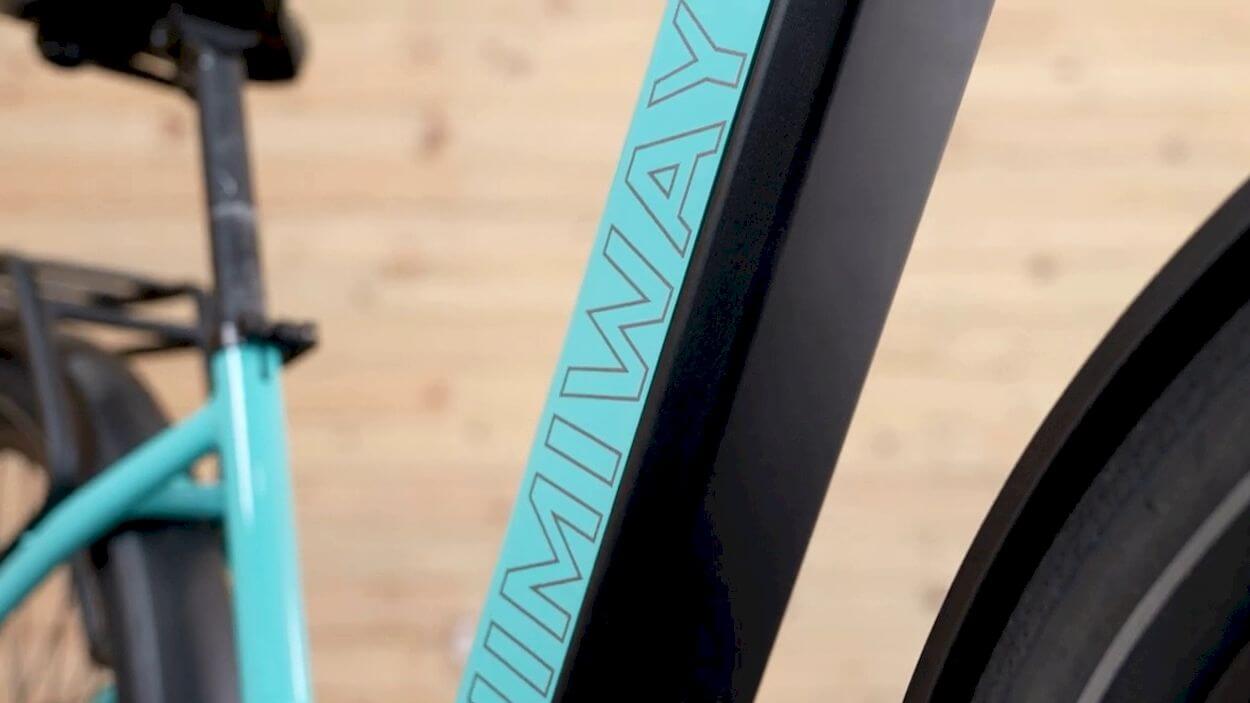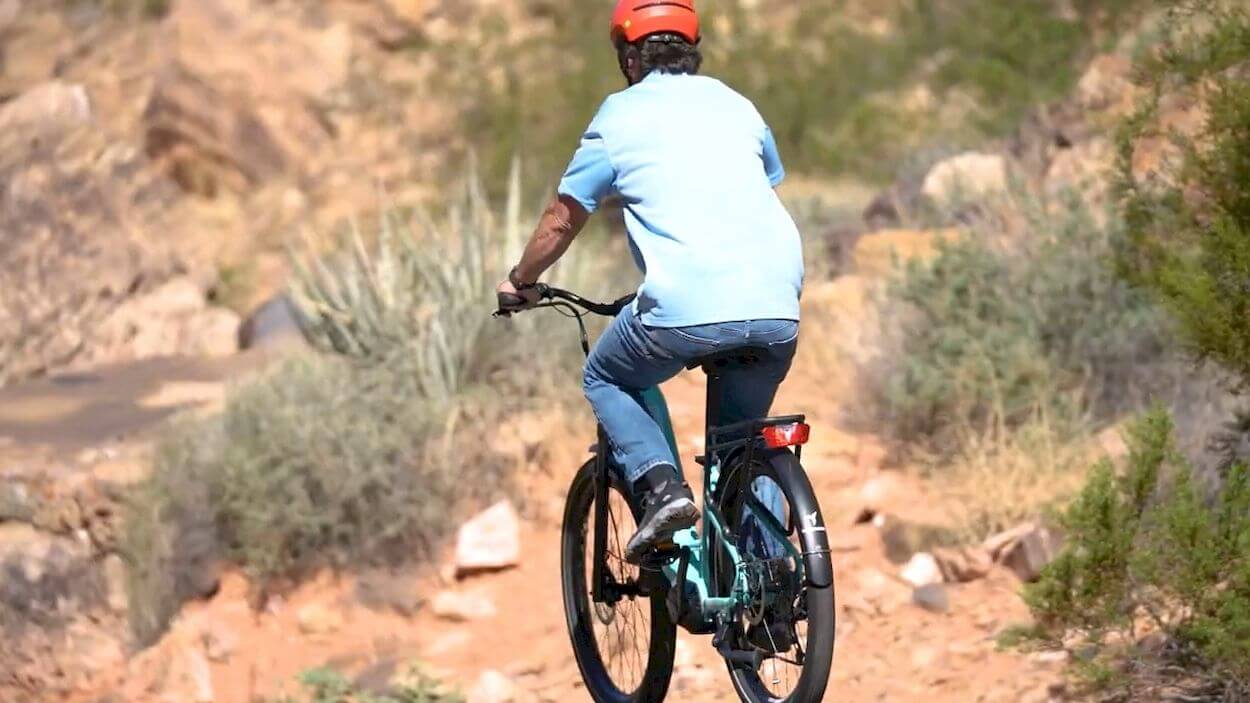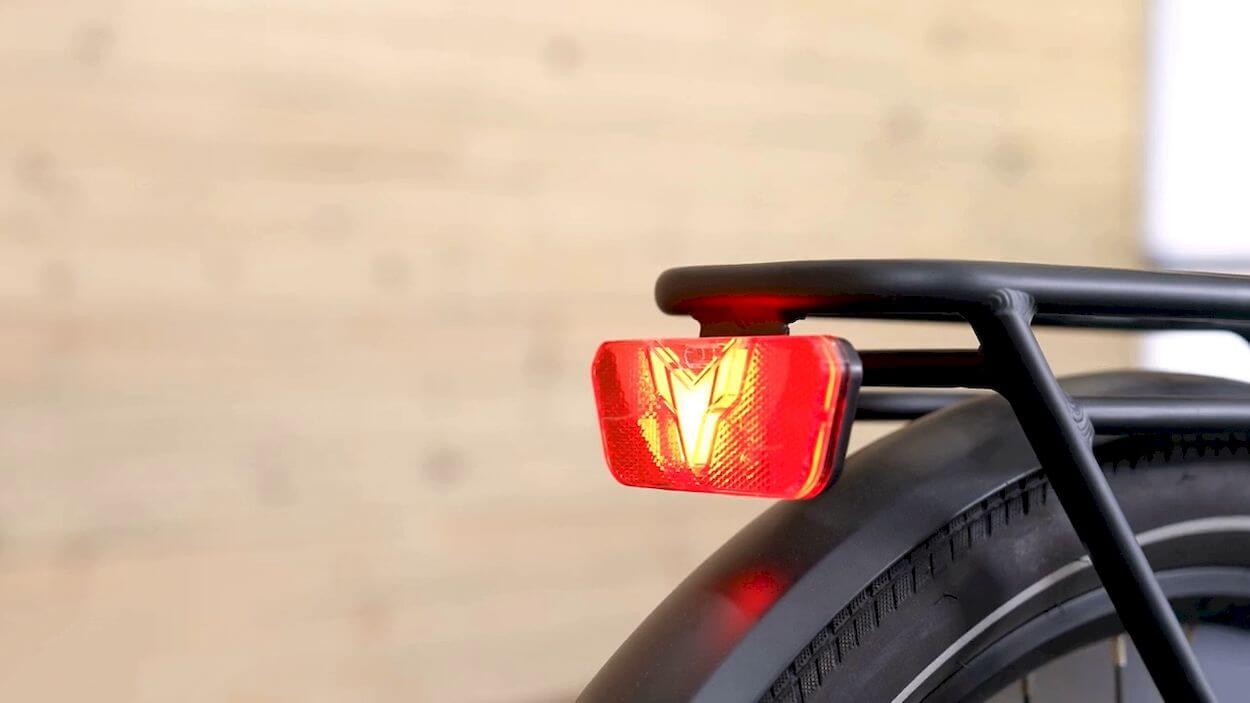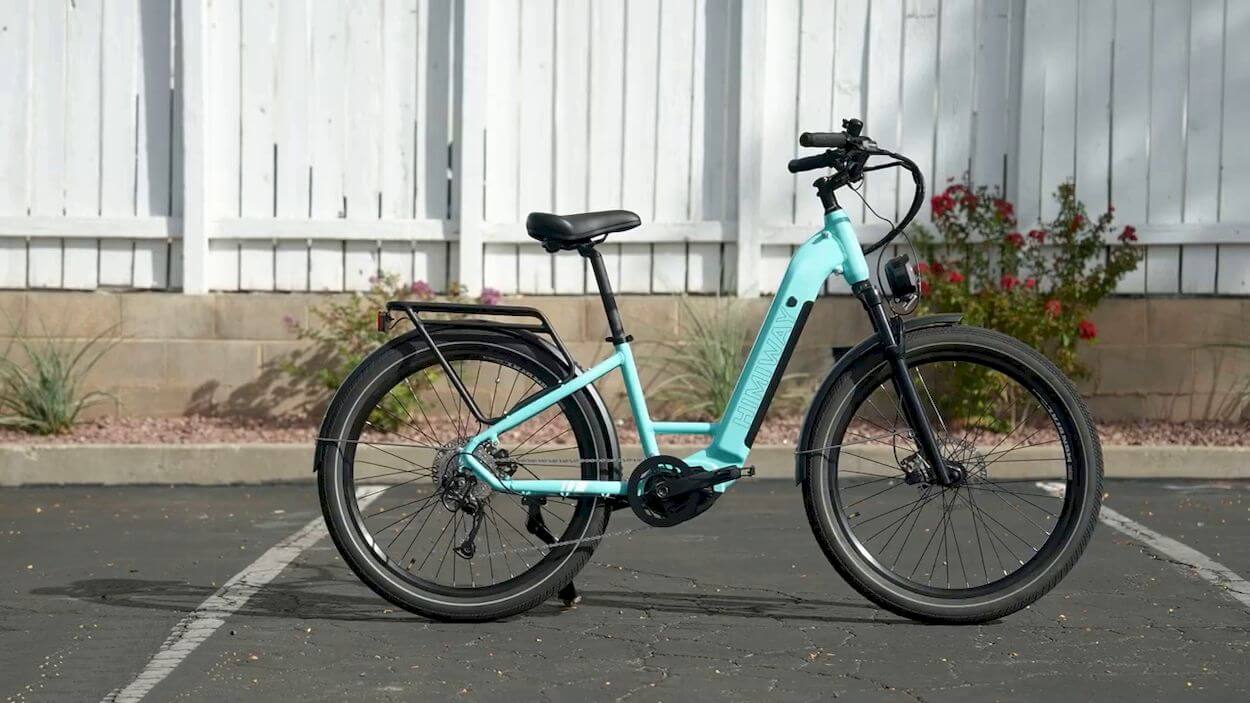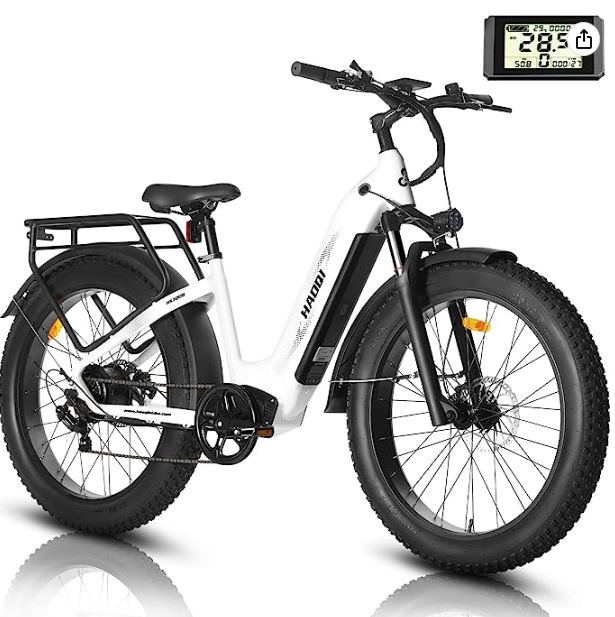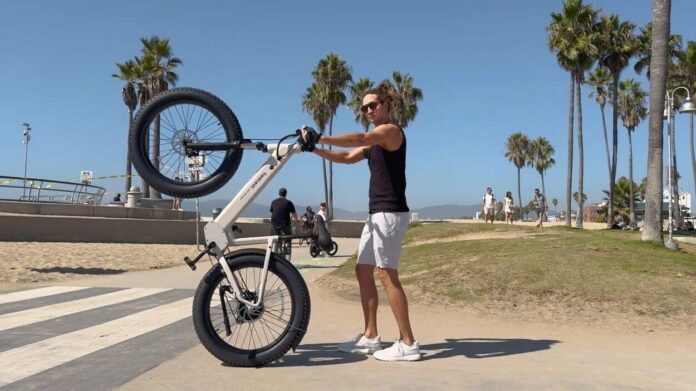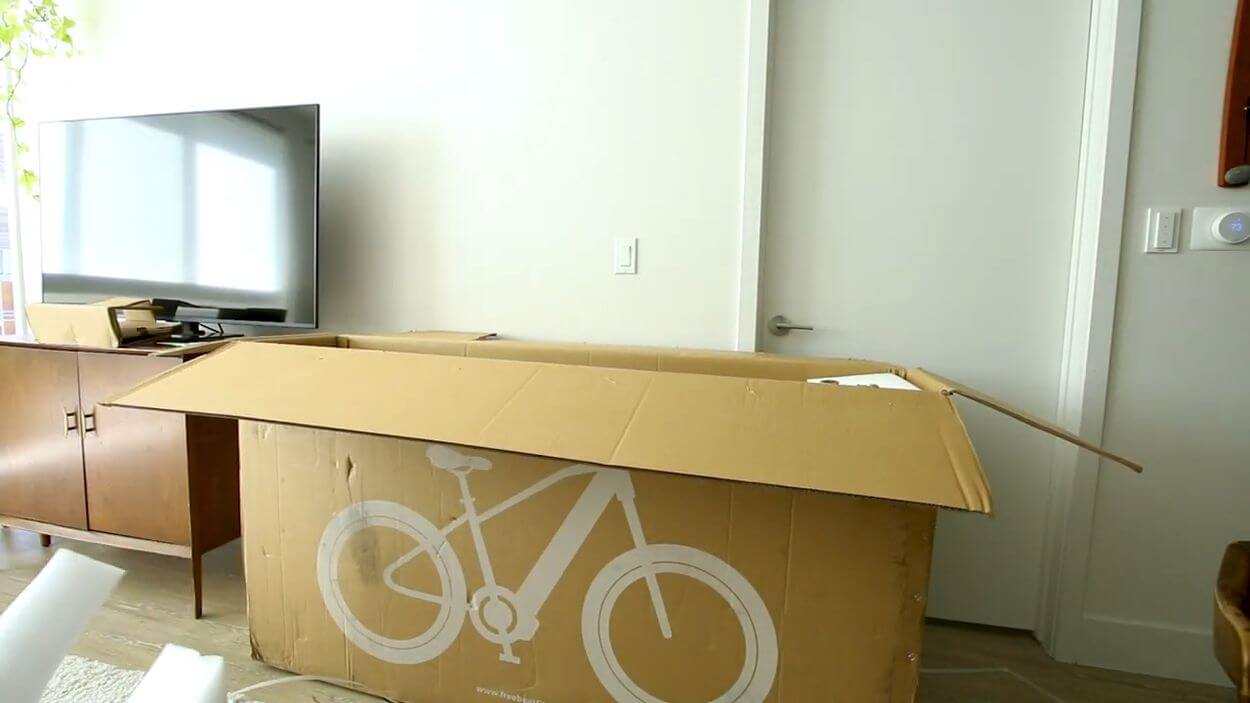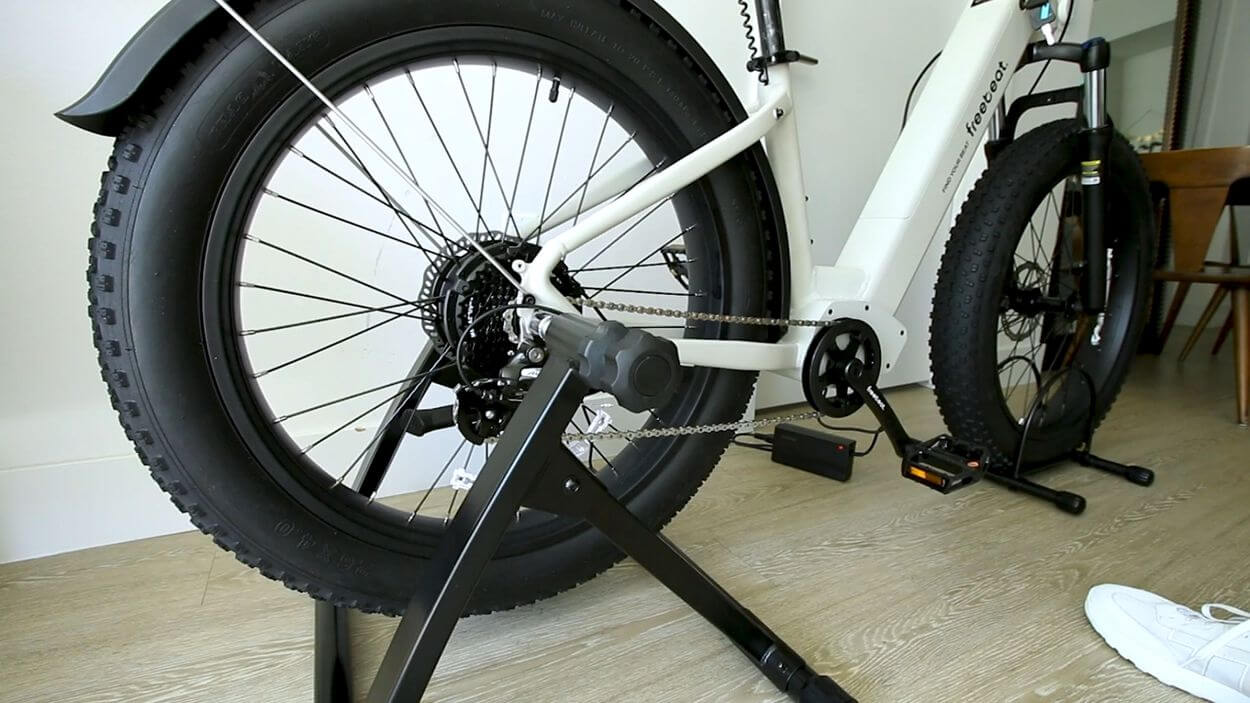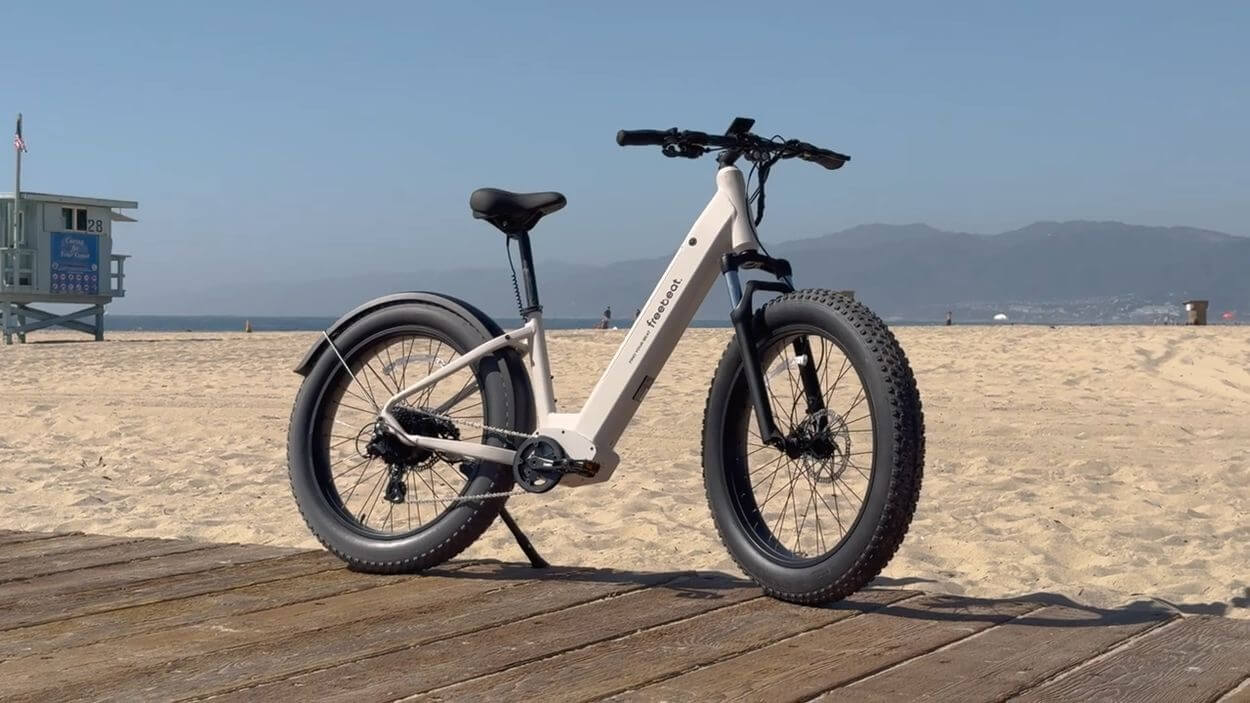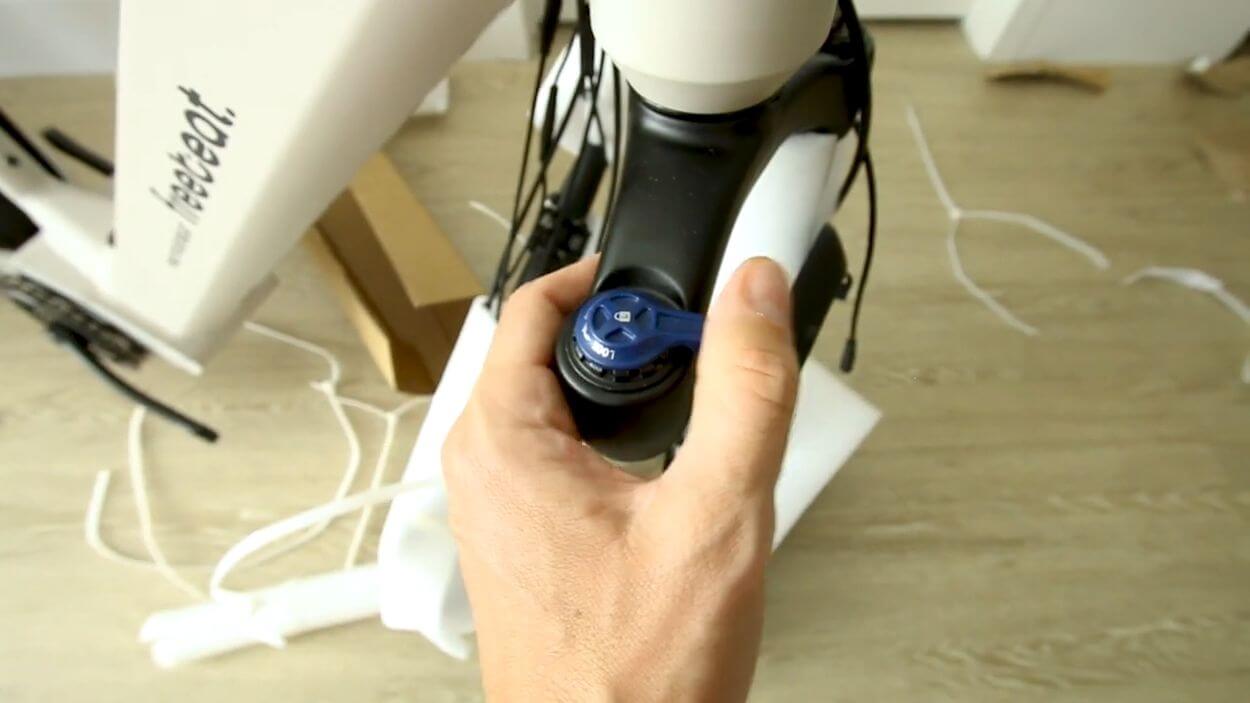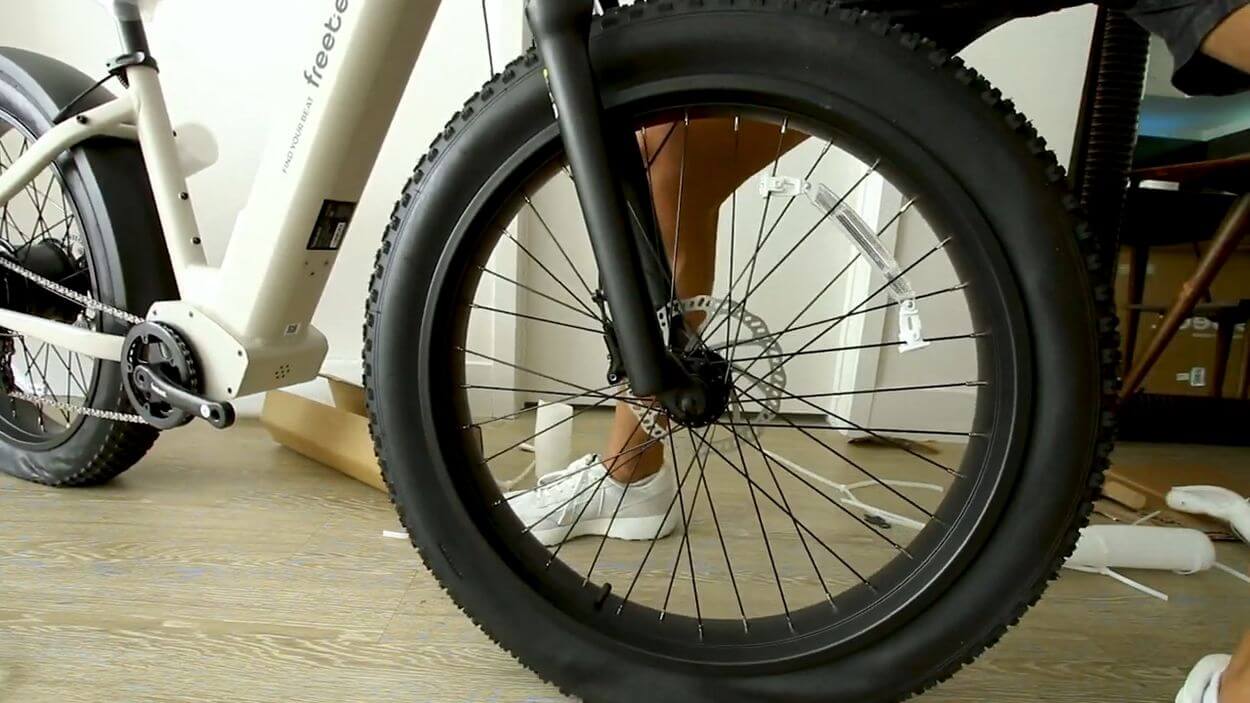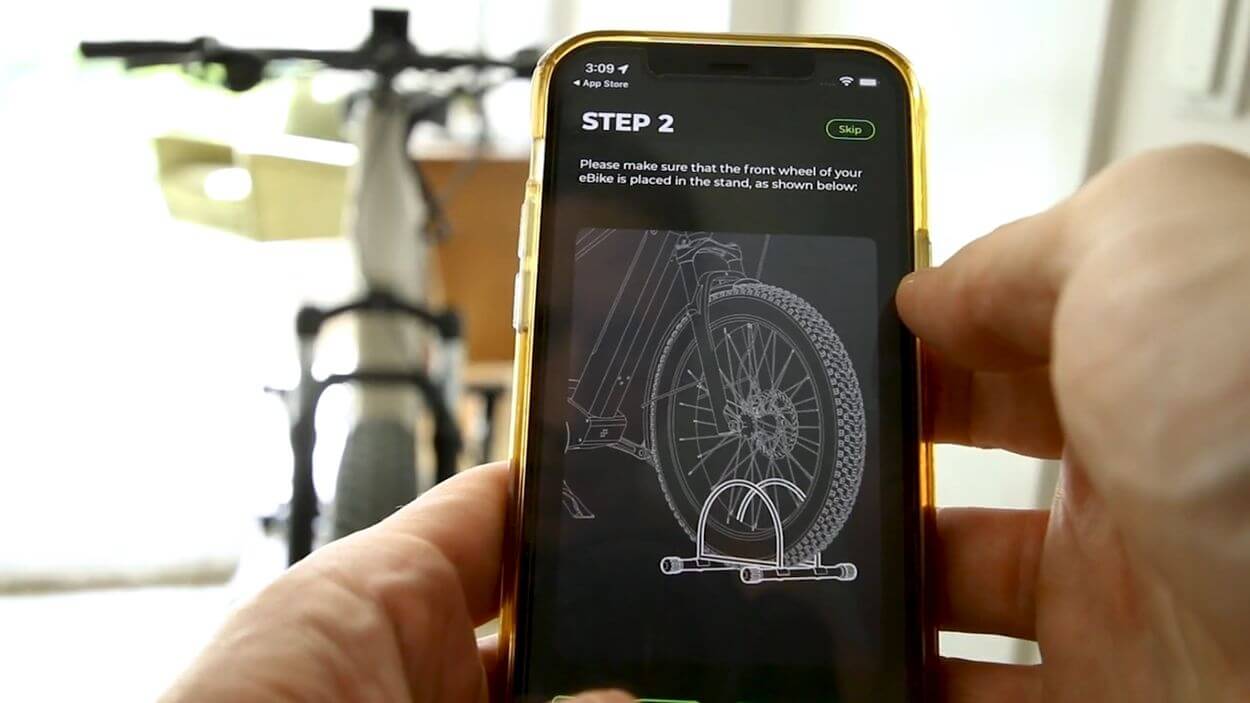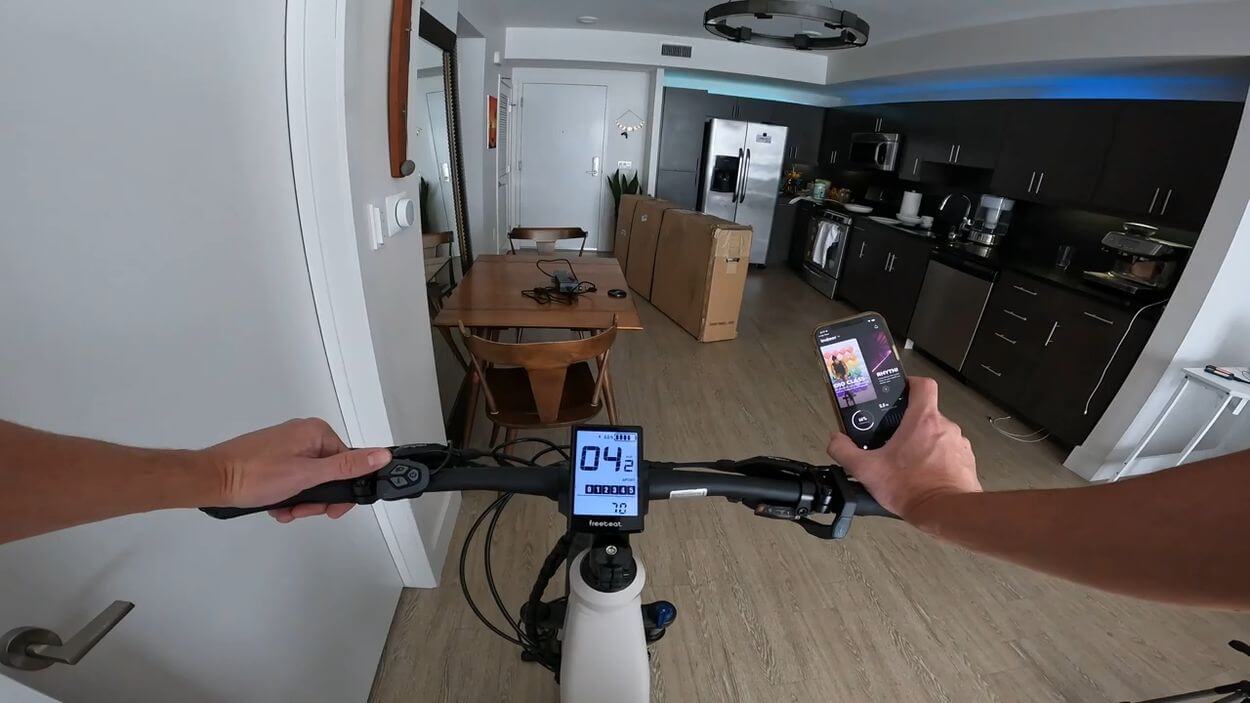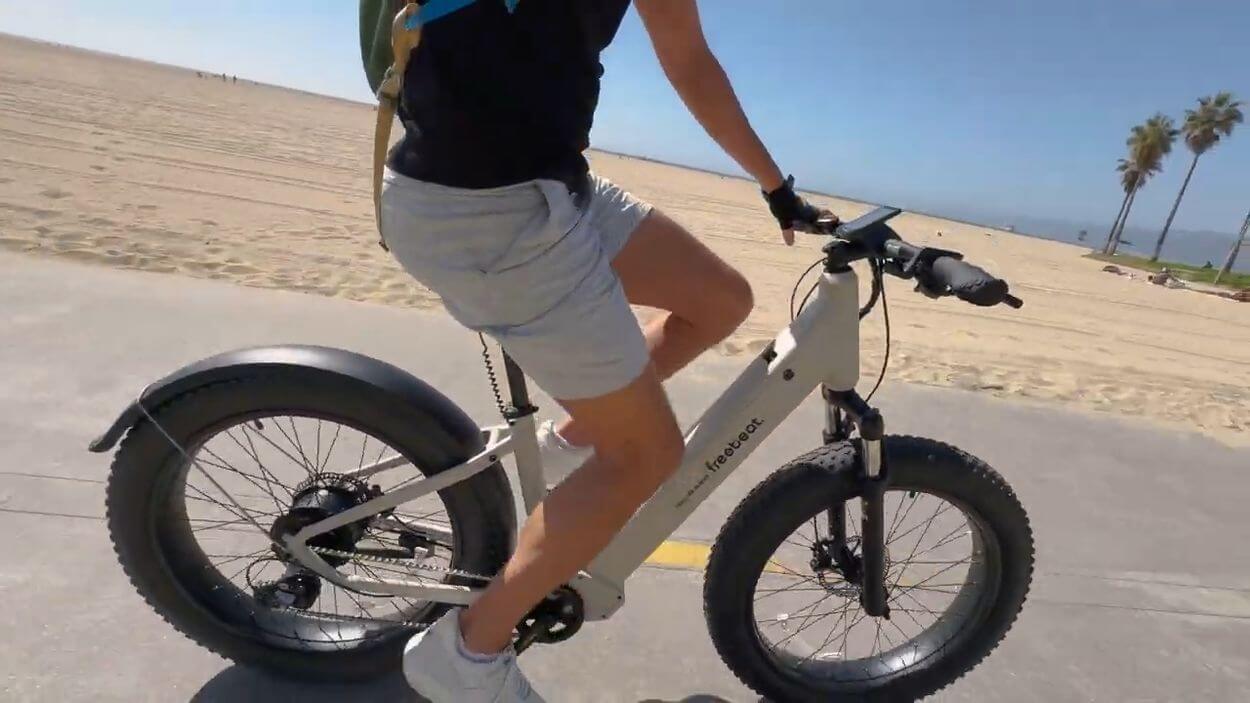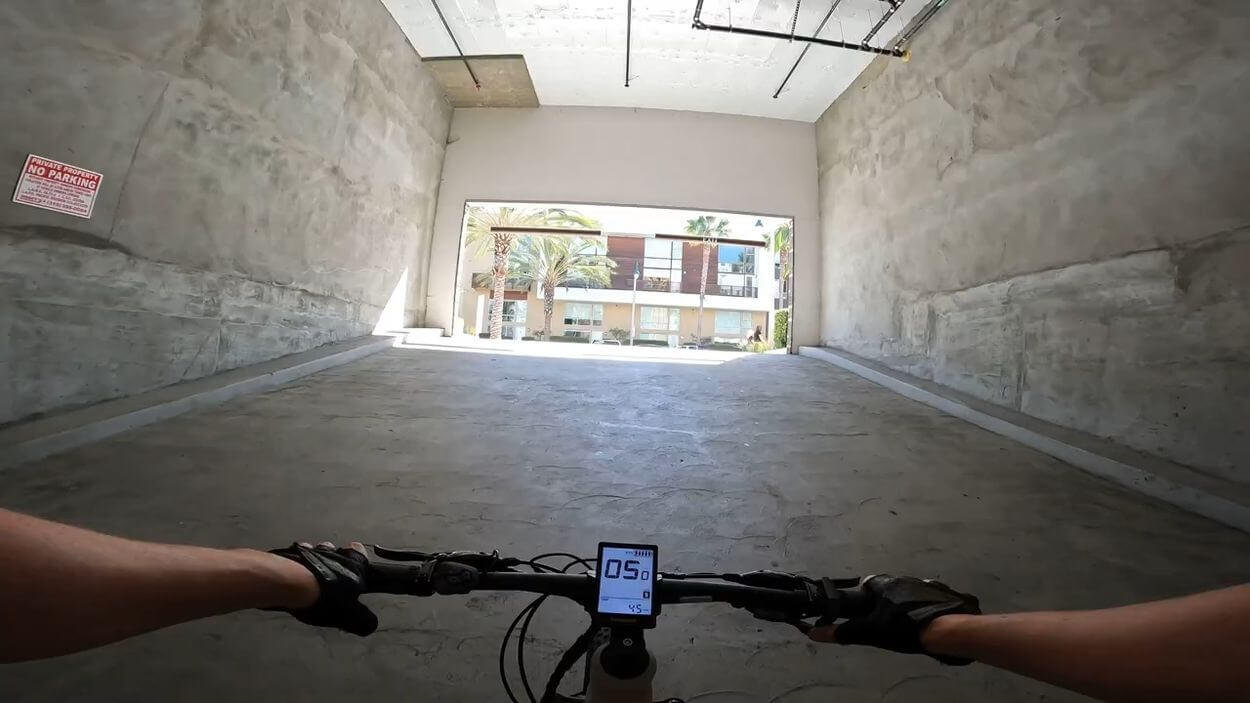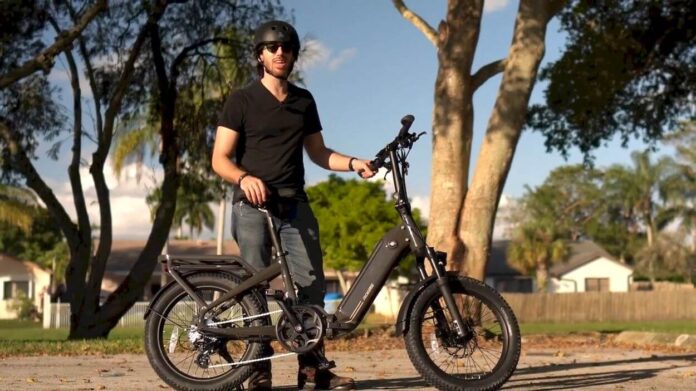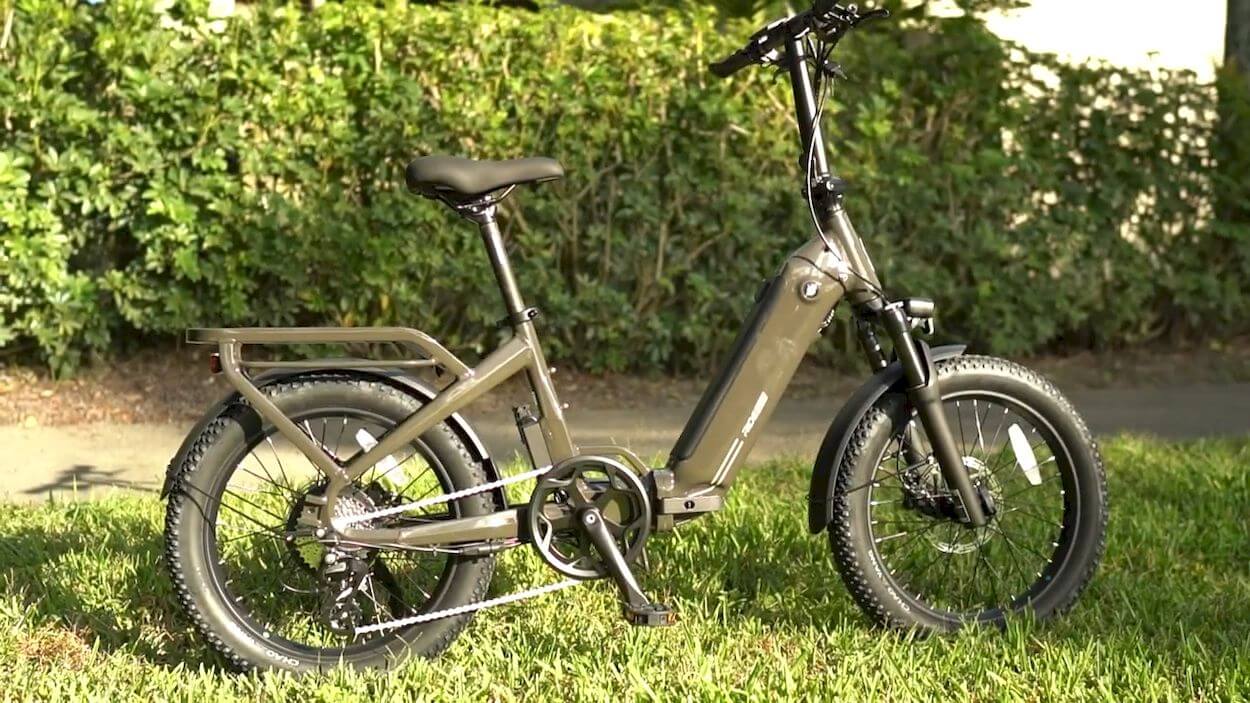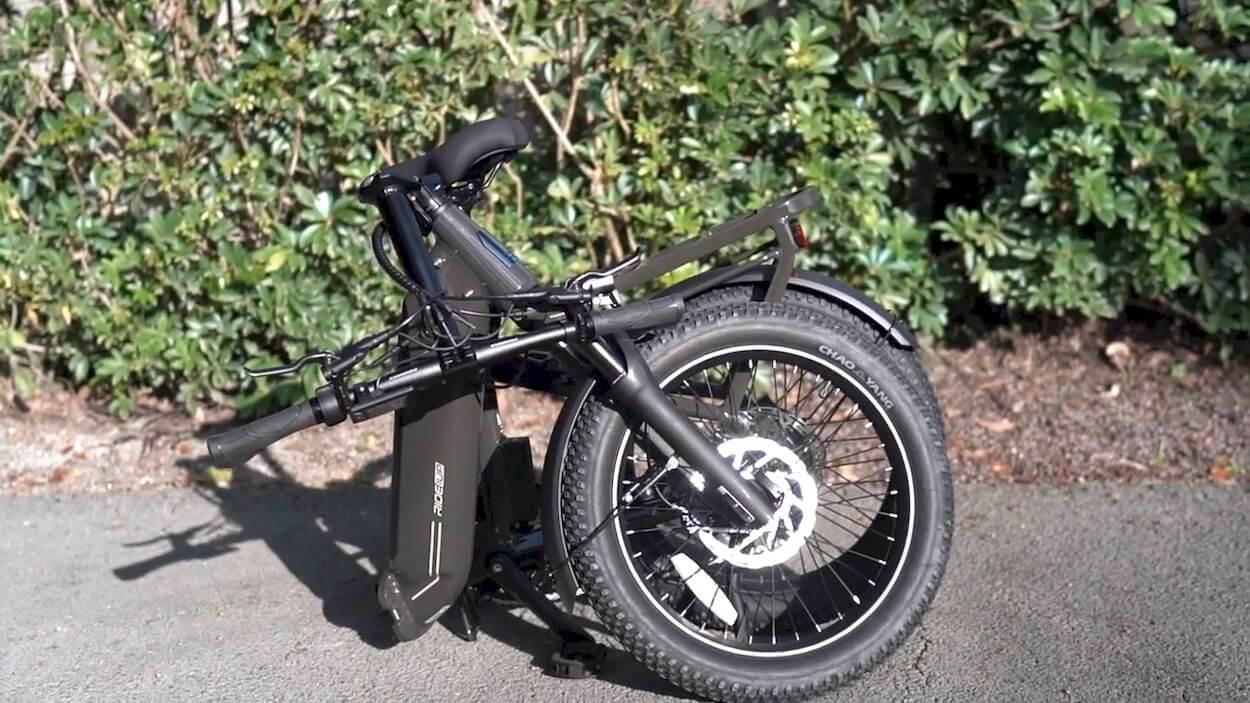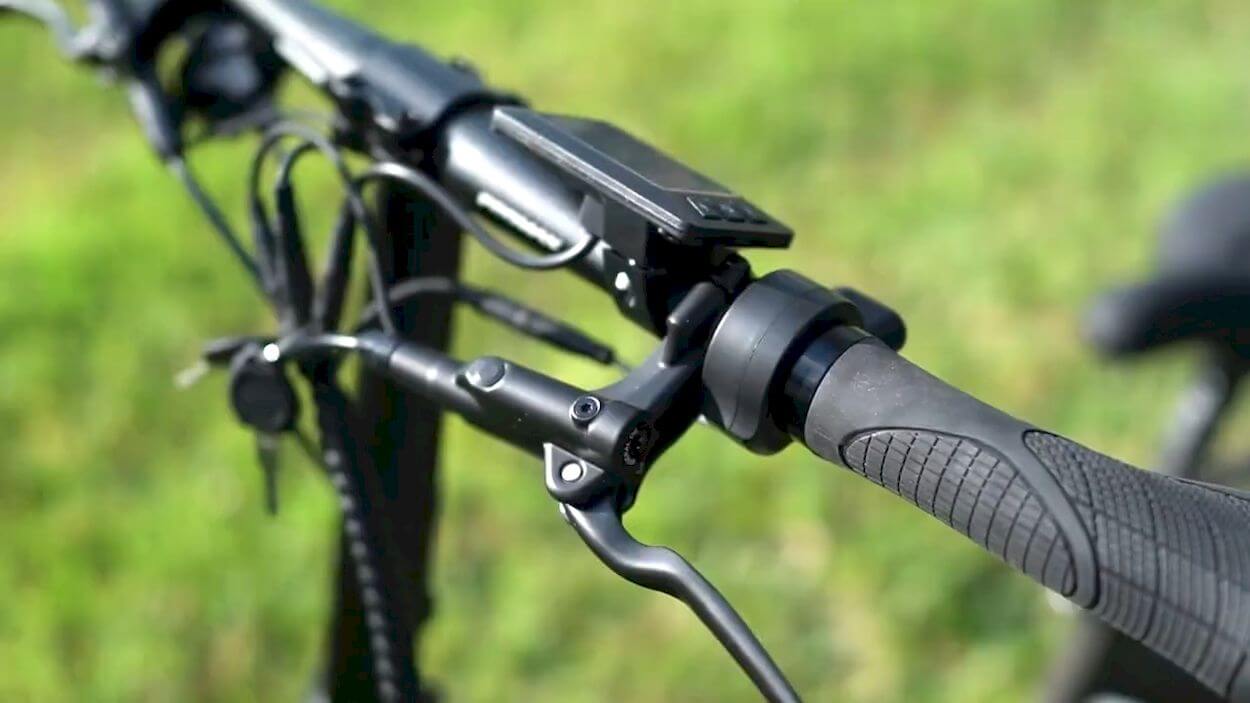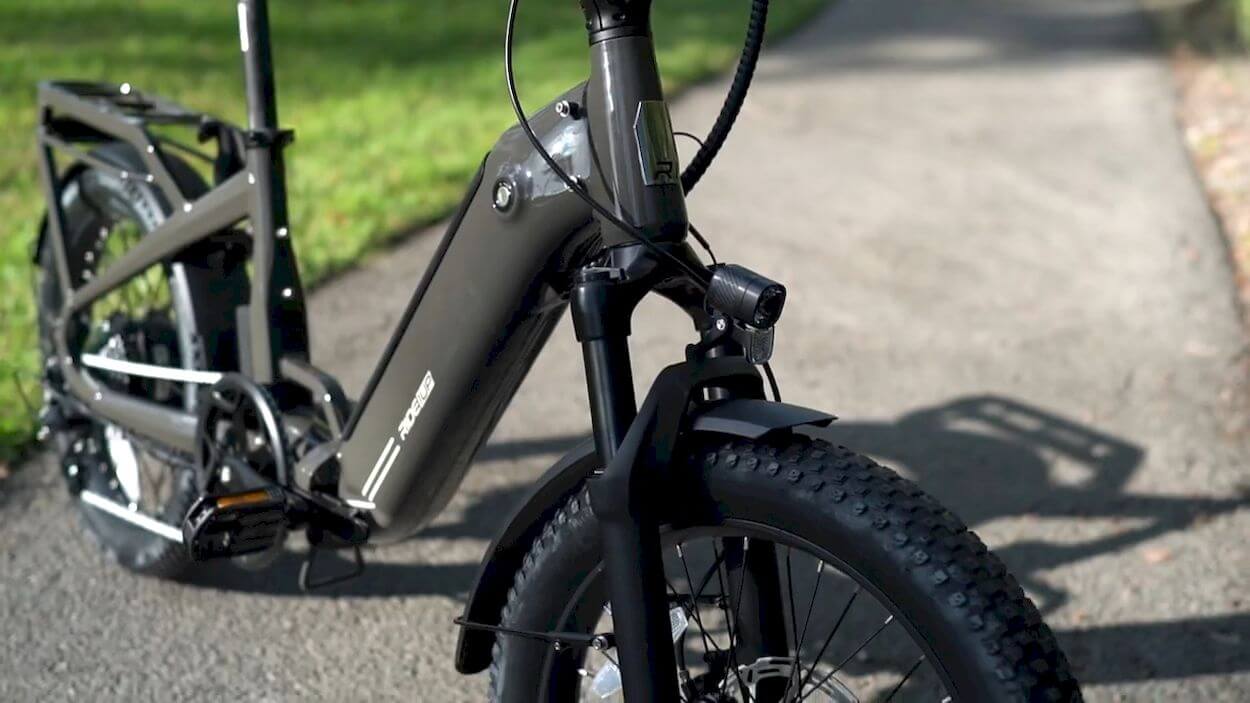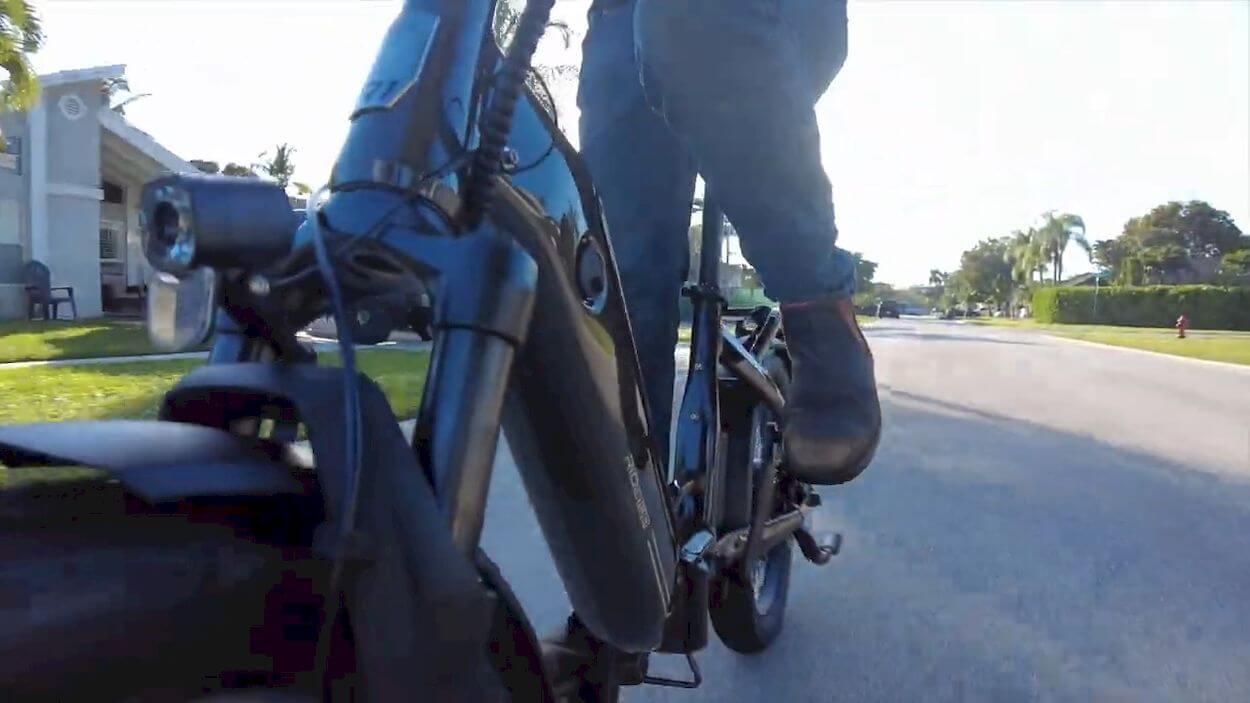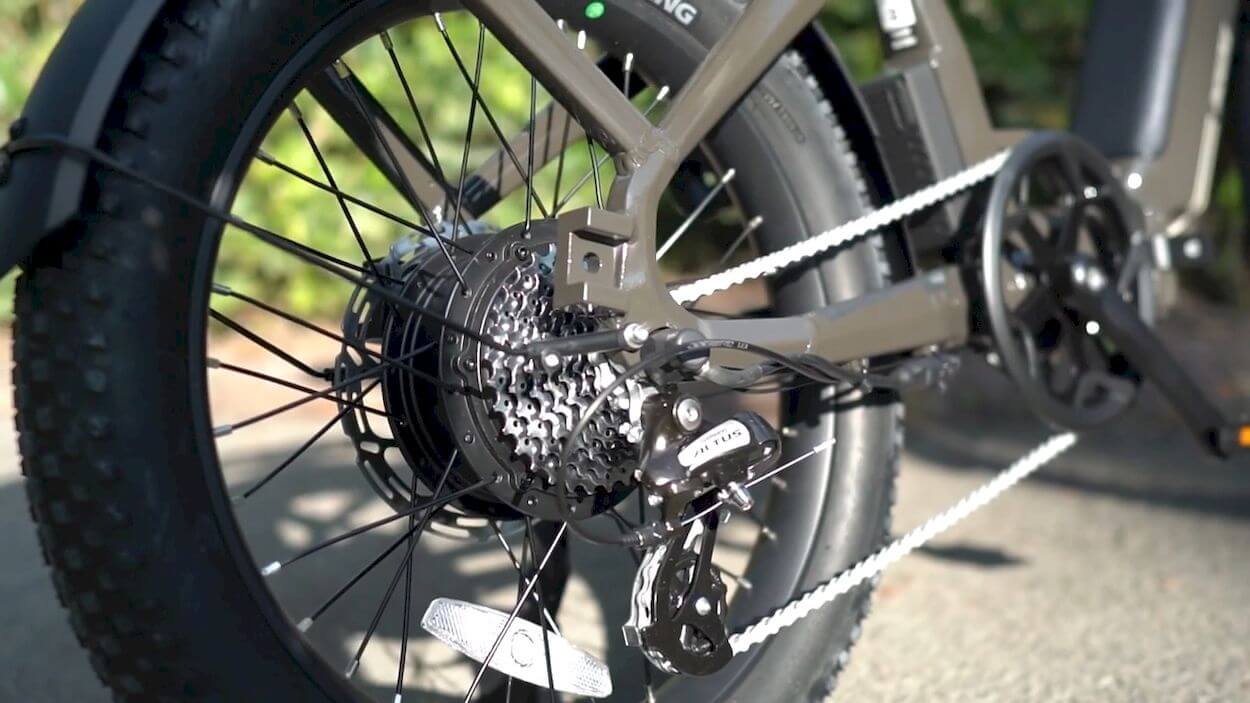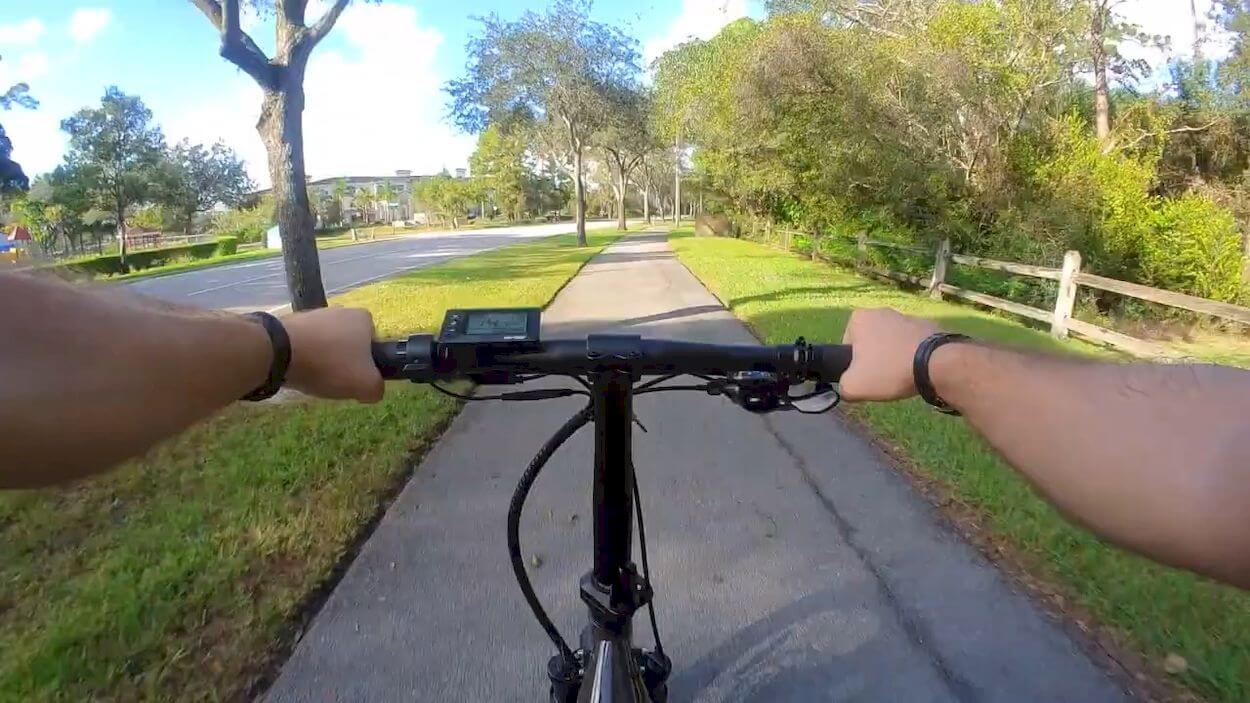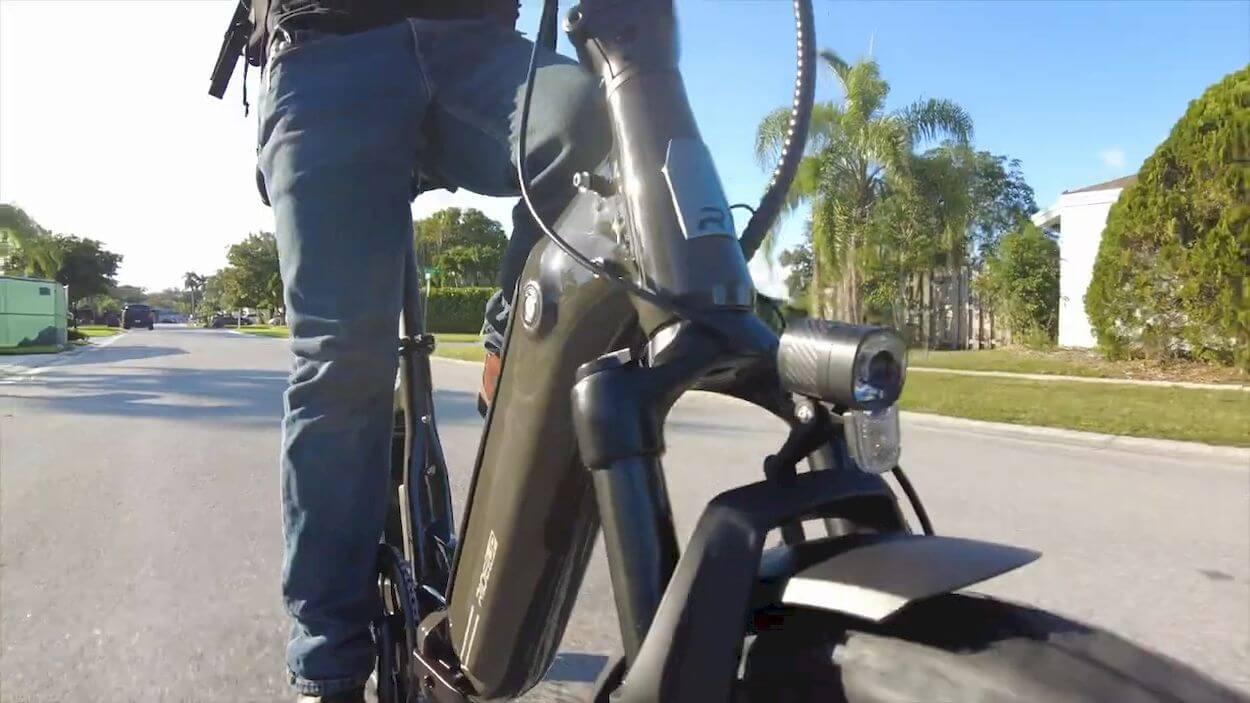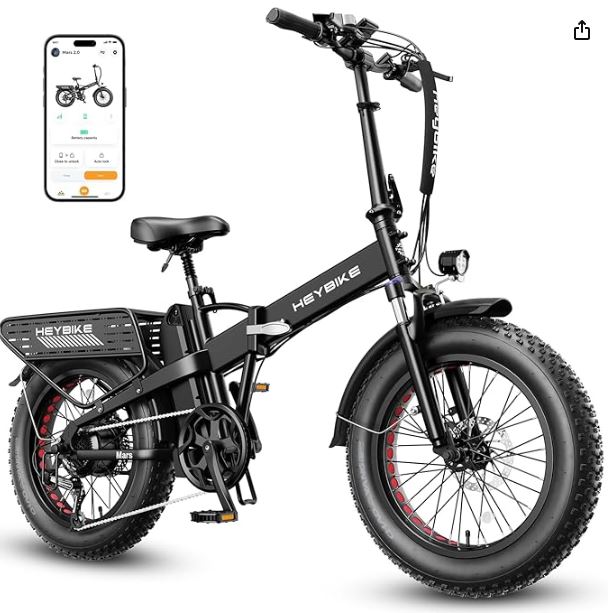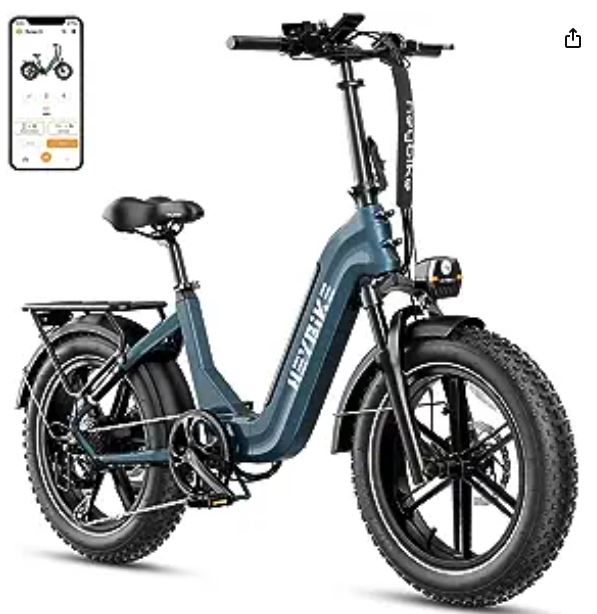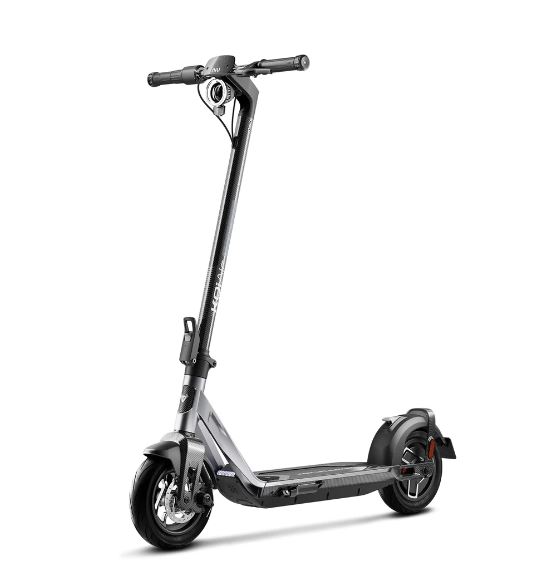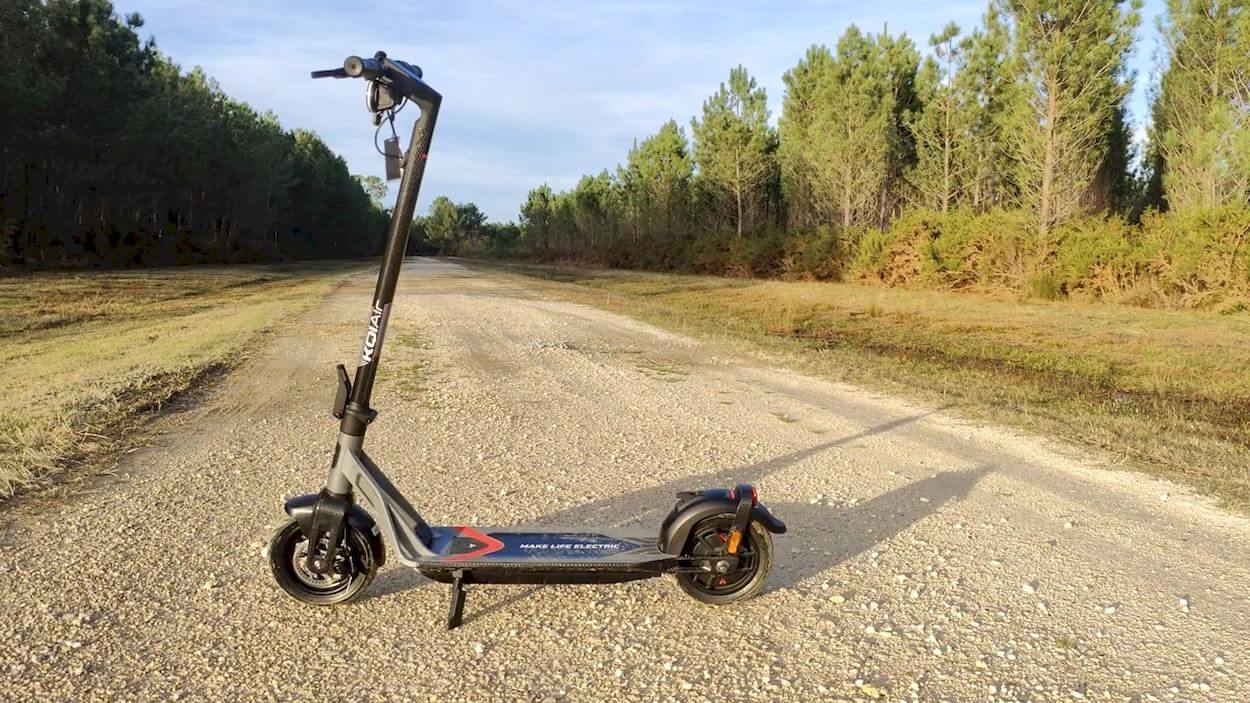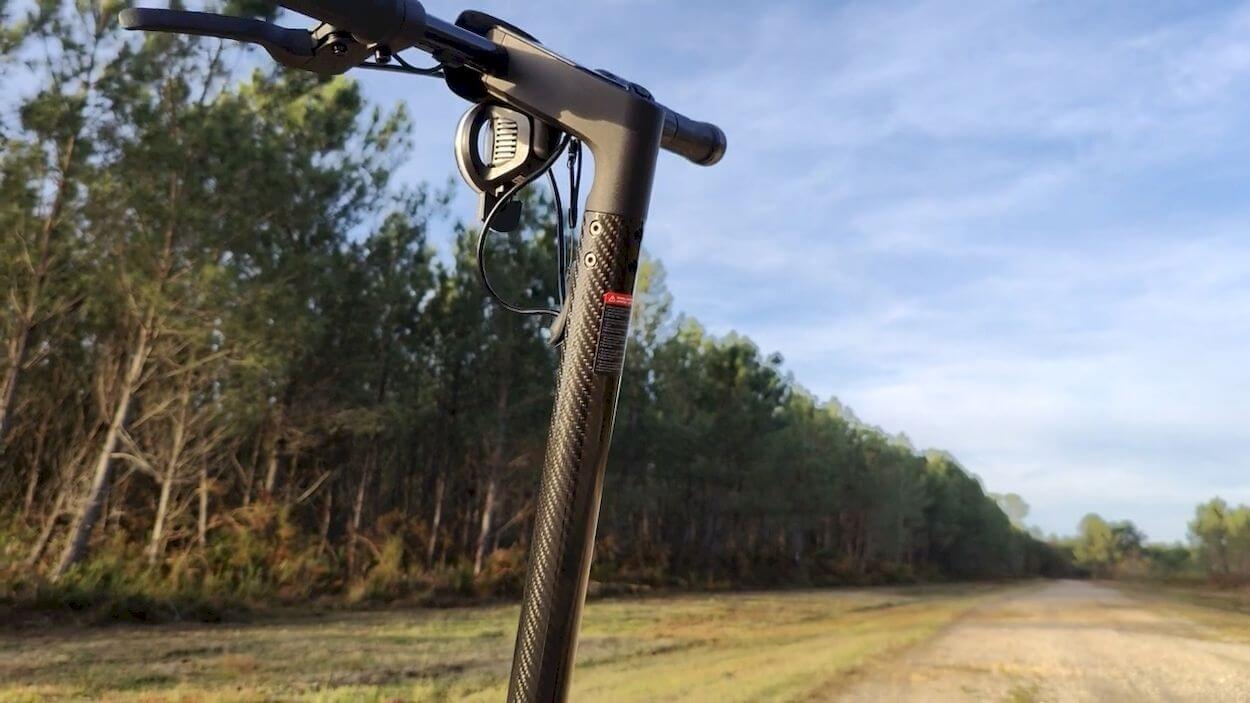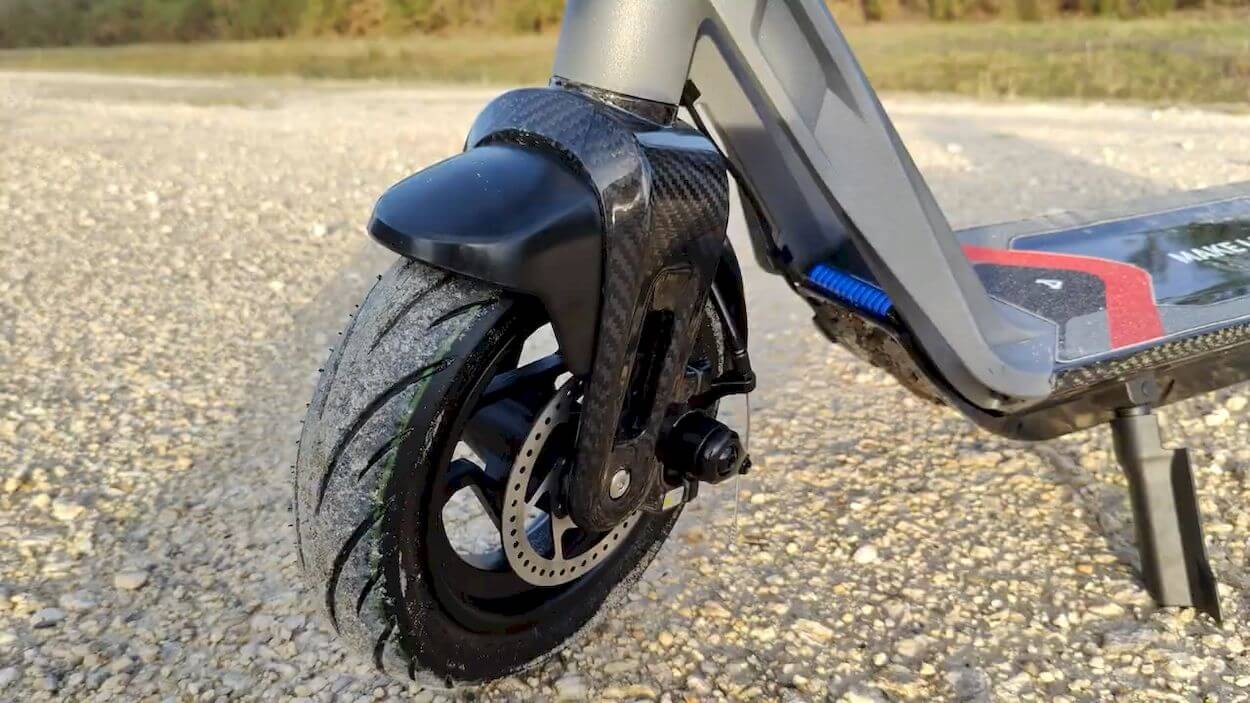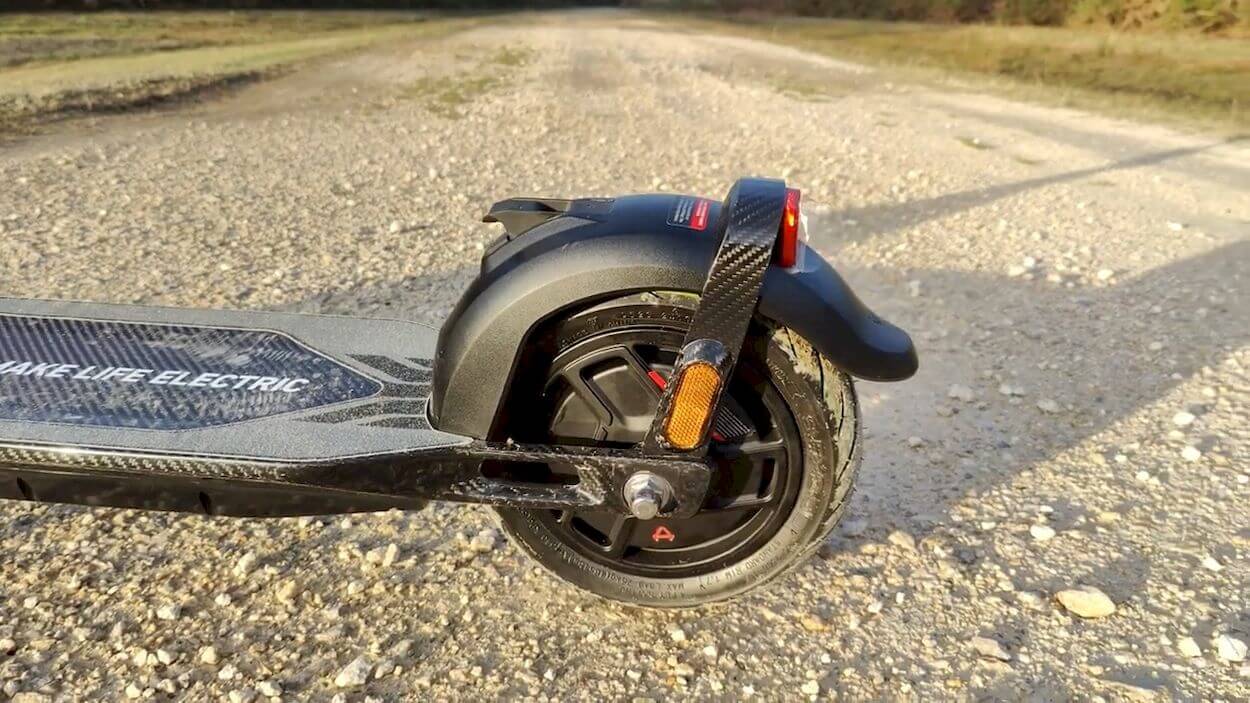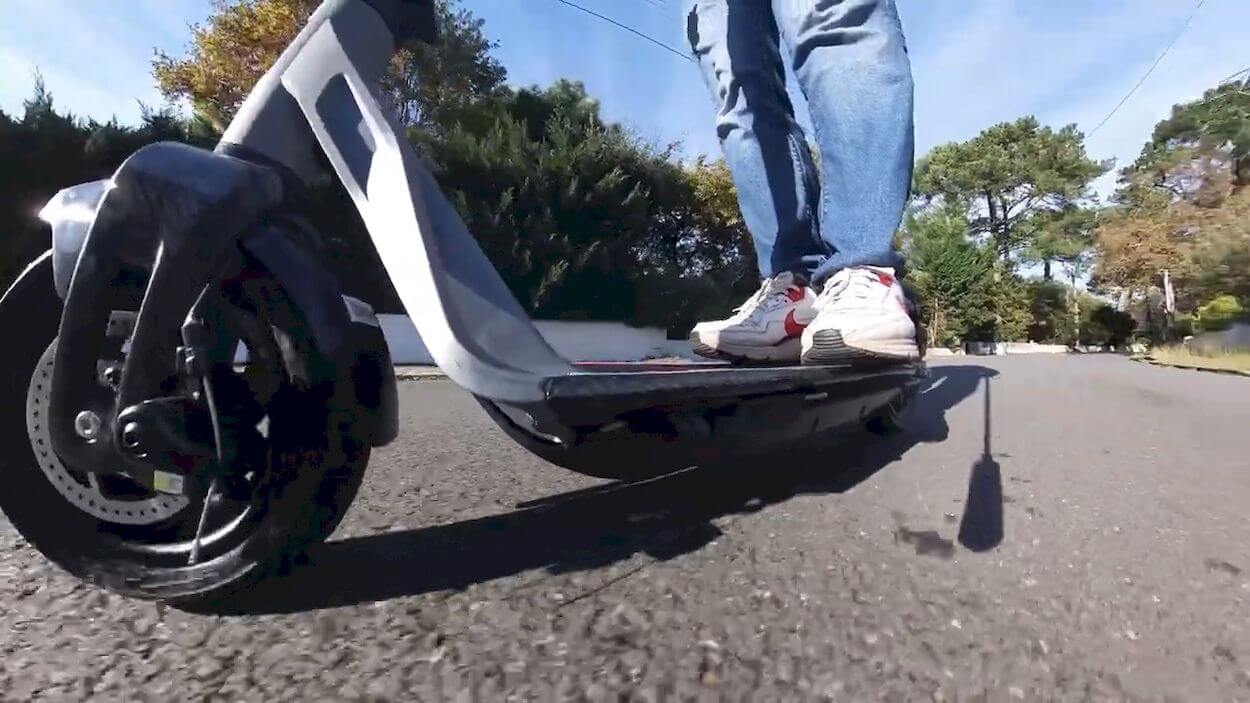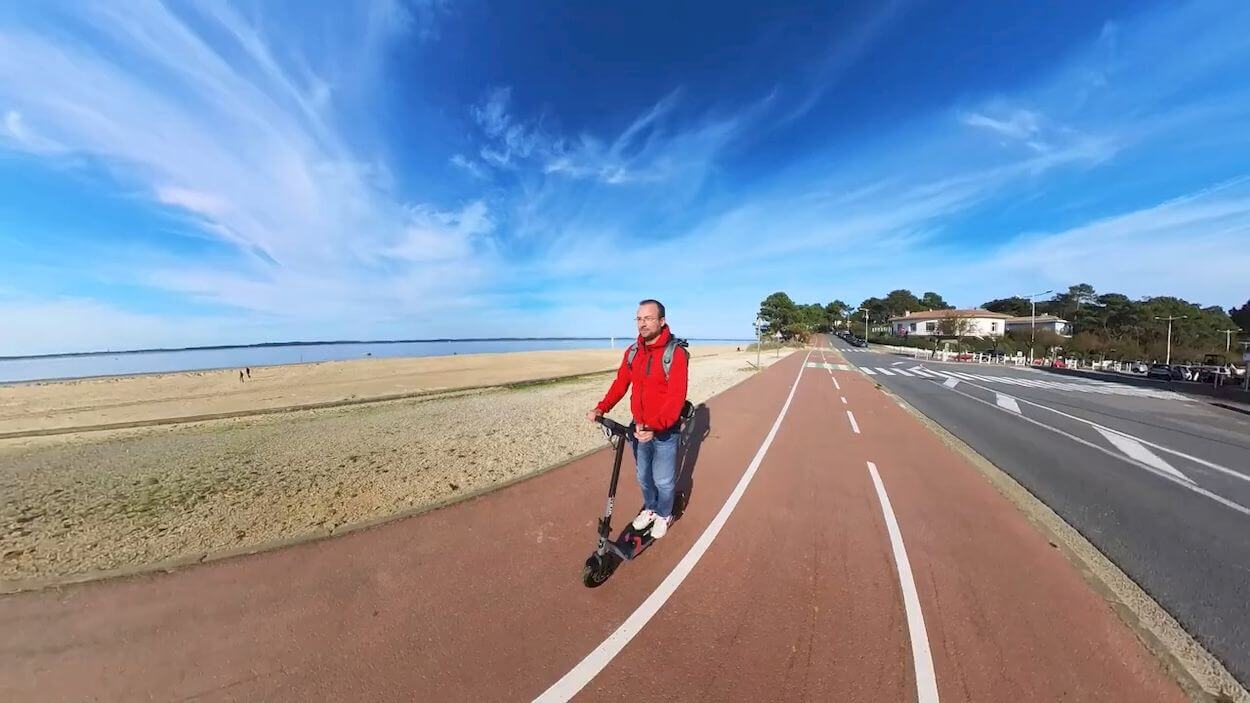Hello, everyone! It’s Baptiste from the MobiliTest channel, and today I’m thrilled to bring you a comprehensive review of an electric bike that might ring a bell – the CrazyBird Jumper.
The CrazyBird Jumper, reminiscent of the Locknetics MG600, is set to undergo a detailed evaluation. From its frame design to motor specifications, we’ll explore the key features that make this electric bike stand out in the market.
The second part of our review involves a hands-on assessment of the CrazyBird Jumper. We’ll take it for a spin, testing its maximum speed, acceleration capabilities, braking efficiency, and other crucial performance factors. This section aims to provide real-world insights into how the bike handles on various terrains and under different riding conditions.
Drawing parallels with the well-known Locknetics MG600, this review will unfold in three parts. In the first segment, we’ll delve into the bike’s specifications. Next, we’ll conduct a hands-on test to gauge its performance in terms of maximum speed, acceleration, braking, and more. Finally, we’ll wrap things up by discussing the positive and negative aspects of the CrazyBird Jumper.
Stay tuned as we embark on this exciting journey with the CrazyBird Jumper, exploring its nuances and uncovering what sets it apart in the electric bike landscape. If you have any questions or thoughts along the way, feel free to drop them in the comments below. Let’s dive into the first part and explore the specs of the CrazyBird Jumper!
| FRAME | 6061 Single-Butted Aluminum Alloy |
| MOTOR | 250W Bafang |
| Motor Torque | 85 Nm |
| PEDAL ASSIST | 5 Levels |
| SPEED | Up to 25 Km/H |
| THROTTLE | Throttle on demand |
| REAR DERAILLEUR | 7 Speed |
| TIRES | 26" x 4" Puncture Resistant |
| FORK | Suspension Fork with 60mm travel |
| BRAKES | Hydraulic Disc Brakes |
| BATTERY | Removable Internal Lithium-ion 52V, 20Ah |
| RANGE | Up to 62.5 Miles |
| SENSORS | Cadence Sensor |
| Weight (including battery) | step-thru: 99 lbs (31 kg) high-step: 97 lbs (29 kg) |
Design and Build Quality
The CrazyBird Jumper boasts a design that bears a striking resemblance to the Locknetics MG600, featuring a similar frame type and build. The frame is characterized by a sturdy construction, with components seamlessly joined together, creating a robust foundation. Notably, it shares the same motorization level as the MG600, enhancing its performance capabilities.
One distinguishing feature of the CrazyBird Jumper is its fat bike design, with 4-inch wide tires on 26-inch diameter wheels. This configuration places it in the realm of a 29-inch mountain bike in terms of tire height, a detail worth noting for those familiar with various bike sizes. The frame type, referred to as the col de s version, aligns with the design ethos, and there’s an alternative version with a mid-bar, typical of MTB training.
In terms of drivetrain, the CrazyBird Jumper employs a Shimano 7-speed cassette with a Shimano rear gear. The single chainring at the front, approximately 46 or 48 dan, contributes to the bike’s overall performance. The inclusion of metal end guards, attached securely with fixing brackets, provides protection against projections, and a robust luggage rack with an integrated rear light enhances utility.
However, a minor drawback is noted in the rear light, which operates on batteries rather than being directly connected to the bike’s power source. On the brighter side, the front light not only illuminates the path but also doubles as a horn, adding a practical and safety-oriented feature to the bike.
Braking capabilities are handled by hydraulic disc brakes with 180 mm diameter discs, a solid choice given the bike’s weight of around 36 kg. The front suspension, while not overly remarkable, provides sufficient performance and can be easily locked via a switch.
The cockpit design of the CrazyBird features a slightly curved handlebar with silicone handles for a comfortable grip. The 7-speed Shimano derailleur and color screen provide essential information, with a user-friendly interface for adjusting assistance levels. The electric assistance system relies on a rotation sensor, with a disc and magnets determining the level of assistance based on the crankset’s rotation speed.
Pricing for the CrazyBird Jumper hovers around €1500, and promotions may further reduce the cost. The bike’s performance, design, and feature set make it a compelling choice in the electric bike market. The test part of the review promises to delve deeper into the bike’s operational aspects, covering acceleration, braking, and other crucial performance tests.
CrazyBird Jumper: Motor and Driving Test
The CrazyBird Jumper is equipped with a rear wheel motor boasting a nominal power of 750 W, clearly indicated by the prominent mark on the motor. This nominal power specification is impressive, and it’s noteworthy that the motor can surge to approximately 1000-1100 W in peak or crest conditions.
The presence of a rear wheel motor, particularly with a power output of this magnitude, significantly impacts the bike’s performance. The accelerator handle on the electric bike allows riders to operate it much like a moped, adding a touch of versatility to its usage. By simply turning the accelerator handle, riders can experience a seamless and rapid acceleration.
In practical terms, utilizing the accelerator handle propels the CrazyBird Jumper to a remarkable speed of up to 52 km/h according to GPS measurements. However, it’s important to emphasize that such speeds exceed legal limits in many regions. Electric bikes are typically subject to regulations that mandate a maximum power output of 250 W and restrict the use of accelerator handles, often capping the speed at 6 km/h to be considered road-legal.
Setting the bike to full throttle in mode 5/5, the GPS speed readings steadily climb. Reaching 30 km/h, 40 km/h, and finally landing at approximately 50-52 km/h, the CrazyBird Jumper showcases a top speed that aligns with expectations. Interestingly, the 52 V battery doesn’t seem to dramatically impact the maximum speed, as observed in a comparison with the 48 V Locknetics MG600.
The acceleration test on an incline, however, reveals a slightly underwhelming performance. Despite the higher voltage, the power output and acceleration fall short of what one might anticipate. It suggests that the controller’s maximum intensity, not just the voltage, plays a pivotal role in determining the bike’s power.
Moving on to a classic path test, traversing white limestone paths and grassy terrain, the bike proves its adaptability. The absence of a central suspension is compensated by the front suspension, offering a comfortable ride. The bike handles various surfaces, including jumping curbs, with ease, demonstrating its suitability for leisurely rides, wood trails, and gravel paths.
Next up is the braking test, where the hydraulic disc brakes exhibit commendable performance. Despite the bike’s substantial weight of around 36 kg, the brakes effectively bring it to a stop. As the brake pads further break in, the stopping performance is expected to improve.
The electric assistance system, featuring five levels, is examined next. Notably, even at level 0, riders can still use the accelerator handle. However, concerns arise during the speed test of each assistance level, as the speed values seem too high, especially in the lower modes. The need for more control over the maximum speed in each mode becomes evident, as the current settings may not align with user preferences.
In terms of maneuverability, the CrazyBird Jumper performs well, akin to the Locknetics MG600. However, a desire for an adjustable stem to allow a more upright position is expressed, especially for a bike categorized as a CNE glue frame.
Battery and Range
The CrazyBird Jumper is powered by a robust 52V battery with a substantial capacity of 20 AMPH, positioning it as an electric bike with impressive energy storage. This configuration, featuring a higher voltage than the typical 48V batteries, enhances the overall performance and efficiency of the bike.
In full electric mode, where riders rely solely on the accelerator handle without pedaling, the CrazyBird Jumper showcases a remarkable electric range. Riders can expect to cover approximately 45 to 50 km, providing a substantial distance for those looking for a quick and convenient electric commute or leisurely ride.
Taking advantage of the electric assistance mode extends the bike’s range even further. In this mode, riders can enjoy the support of the motor while pedaling, with the CrazyBird Jumper offering an impressive range of 0 to 110 km. This extended range makes it an attractive option for riders seeking a bike with reliable autonomy, whether for longer commutes or extended recreational rides.
CrazyBird Jumper: Conclusions
In the end, the CrazyBird Jumper impresses with its comfortable driving position, ergonomic design, and commendable power. The bike’s maximum speed, although slightly below expectations for a 52V battery, still reaches a respectable 52 km/h. Notable features include the reliable hydraulic brakes and quality accessories, such as the metal guardrails and luggage rack.
However, there are some aspects that could be improved. The absence of a torque sensor in the electric assistance system contributes to levels that may feel too high. The battery-powered rear light, not connected to the bike, and its limited brightness raise concerns about functionality. Additionally, the lack of an adjustable stem for handlebar inclination is a missed opportunity for customization.
Comparing the CrazyBird Jumper to the Locknetics MG600, it’s evident that the MG600 offers some advantages, such as a more refined electric assistance system and additional features. Despite this, the CrazyBird Jumper presents a compelling value proposition, being significantly more affordable.
In terms of value for money, the CrazyBird Jumper remains an attractive option, especially for those with budget constraints. While it may not surpass the MG600 in certain aspects, its affordability makes it a practical choice for riders seeking a capable electric bike without breaking the bank.
As the review concludes, the decision between the CrazyBird Jumper and the Locknetics MG600 will likely hinge on individual preferences, priorities, and budget considerations. For those seeking a balance between performance and cost-effectiveness, the CrazyBird Jumper stands out as a viable and appealing choice.
